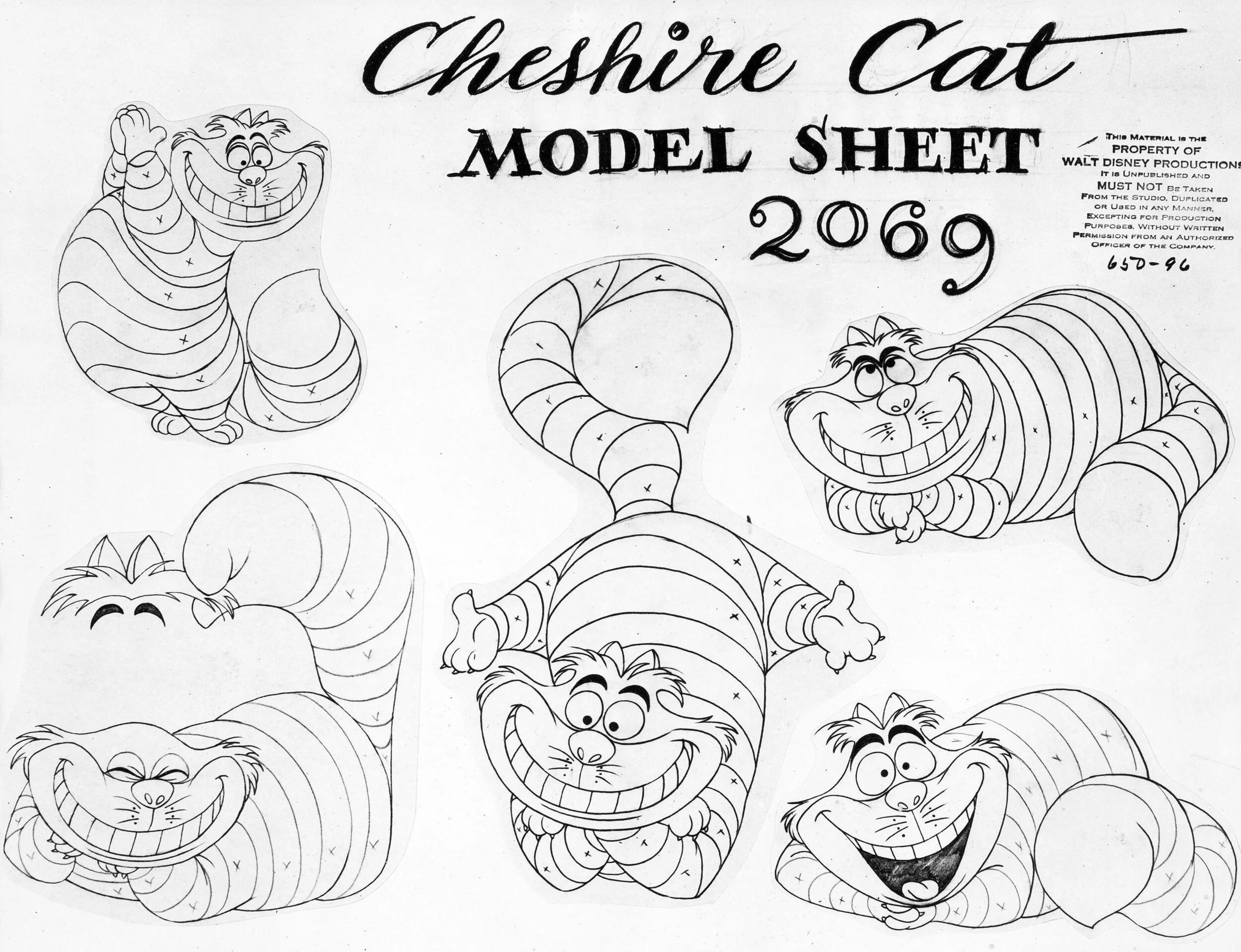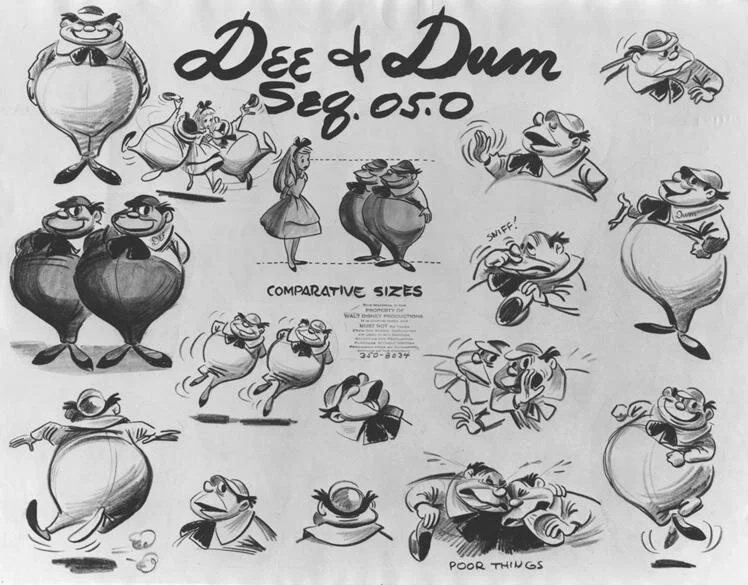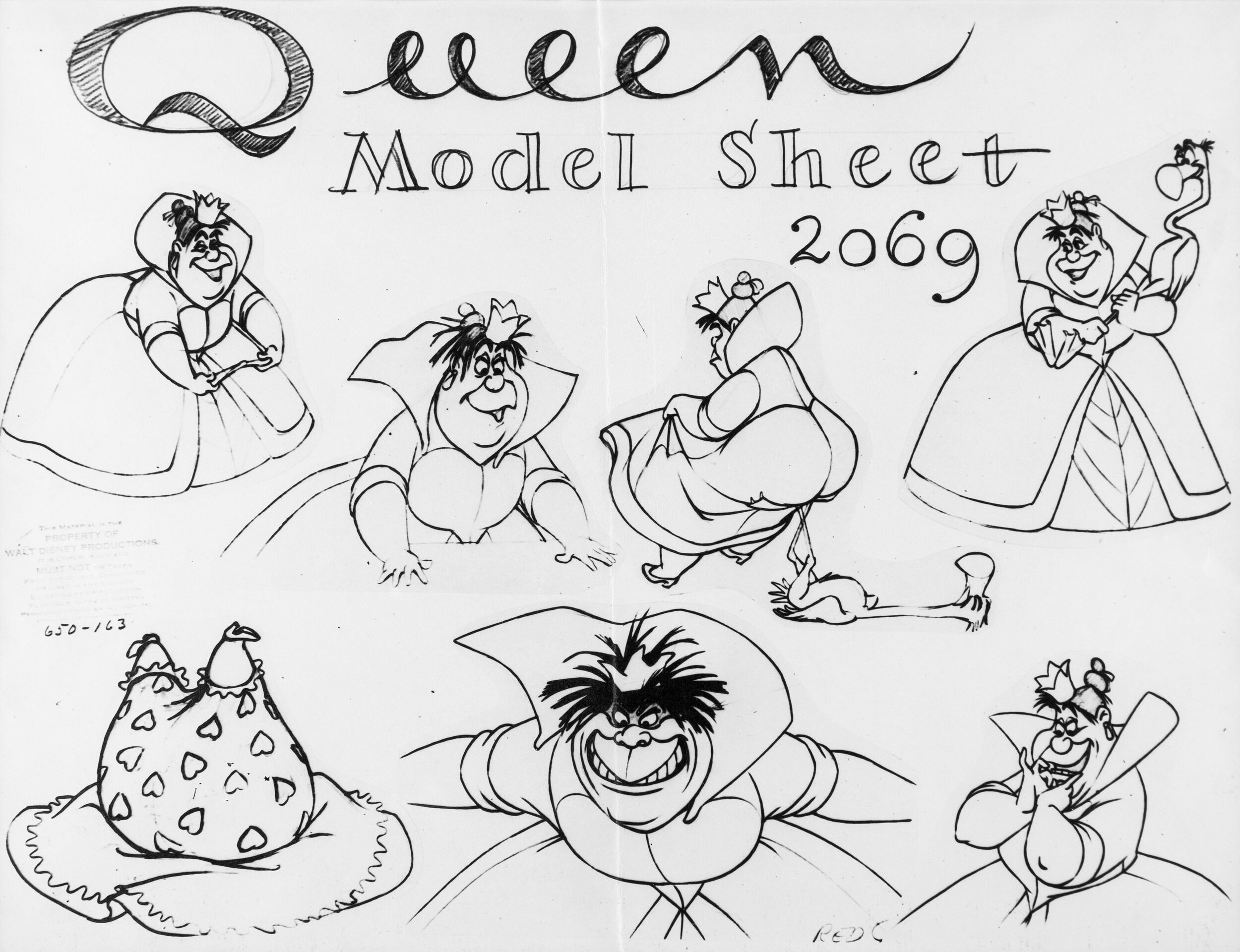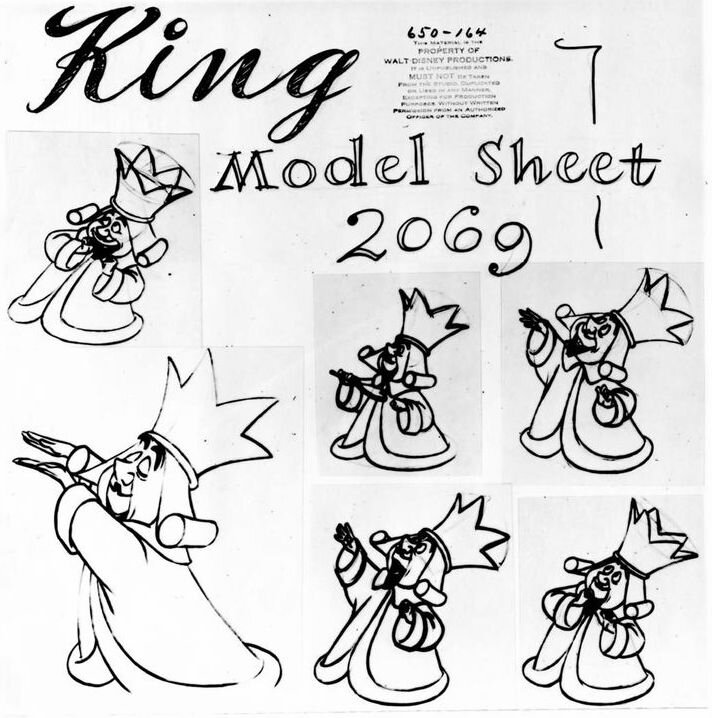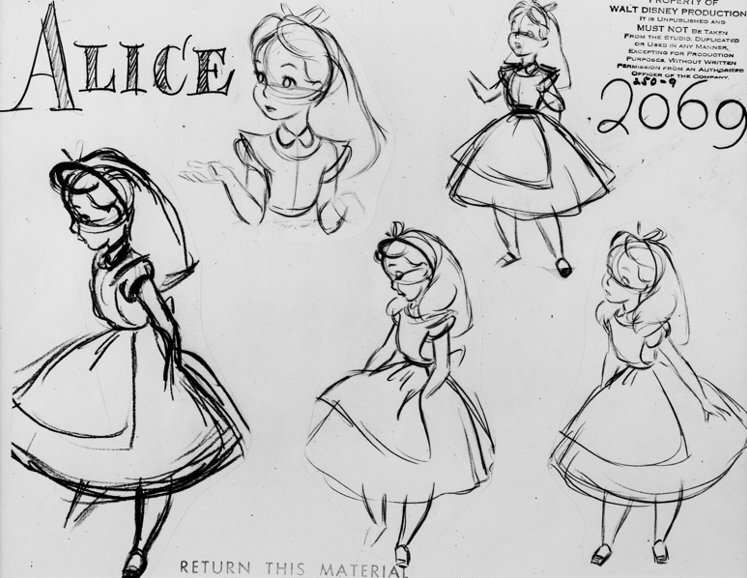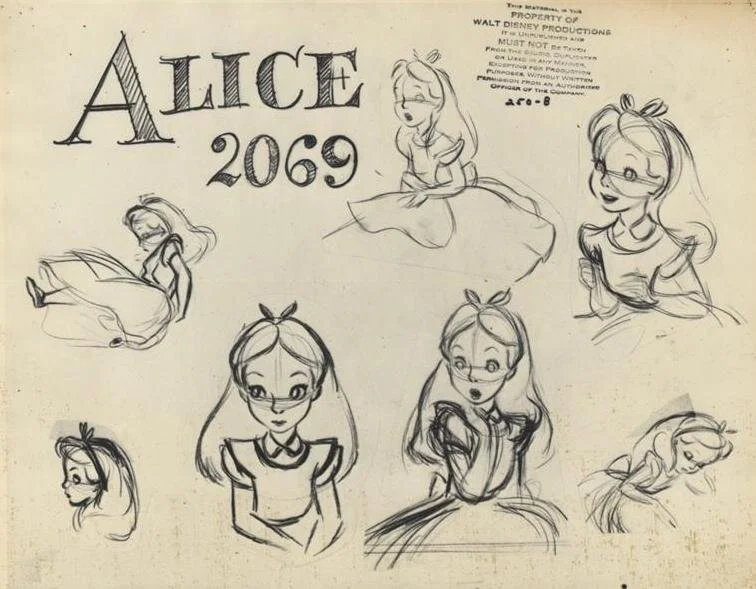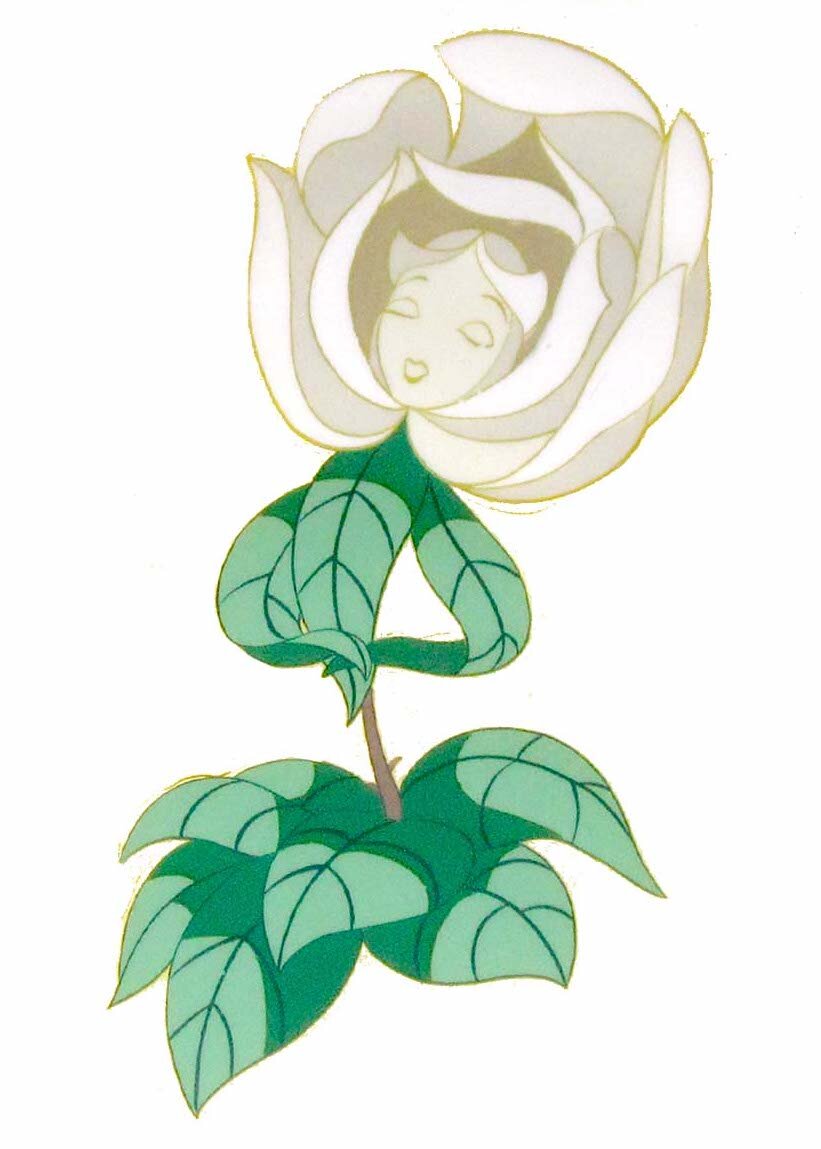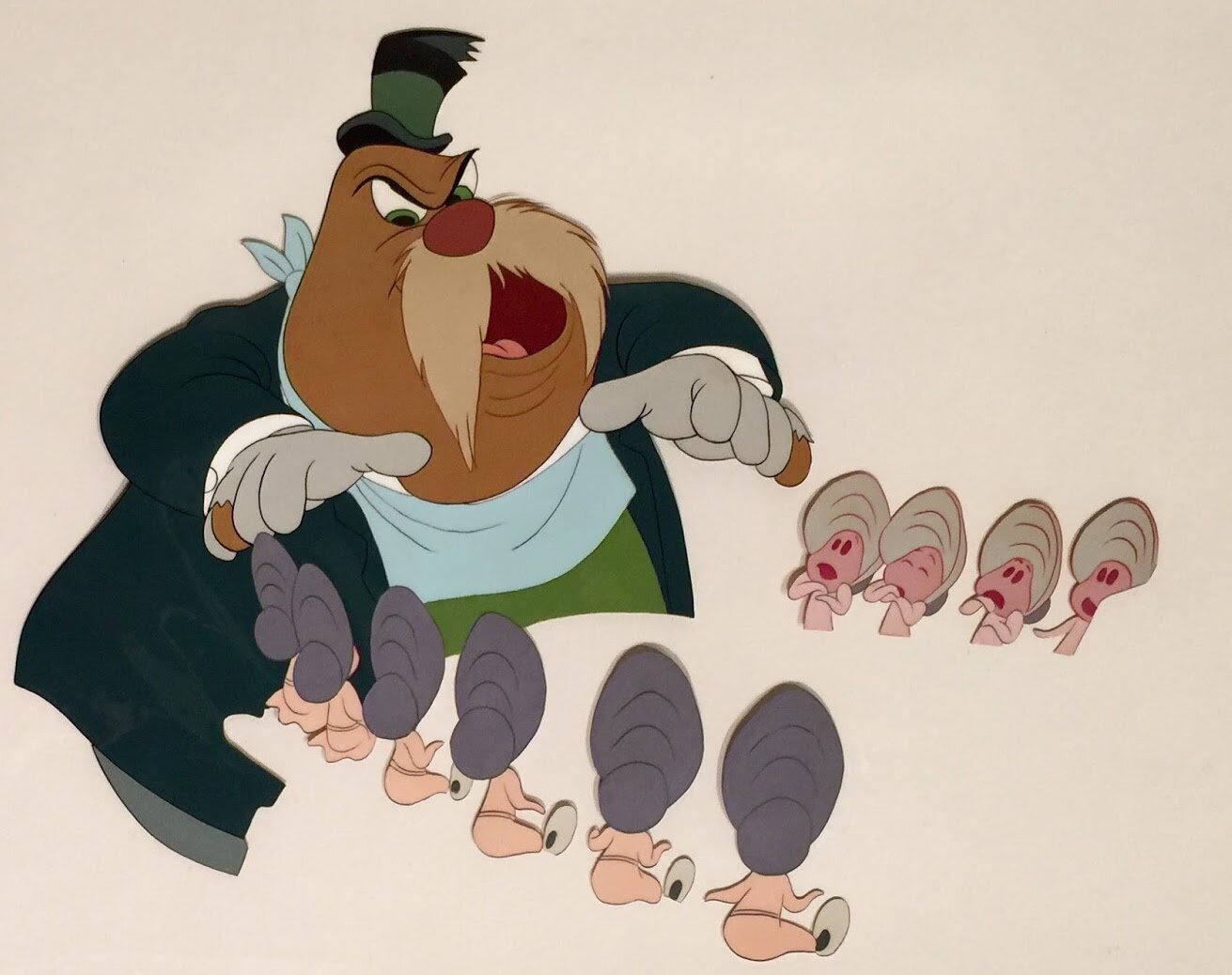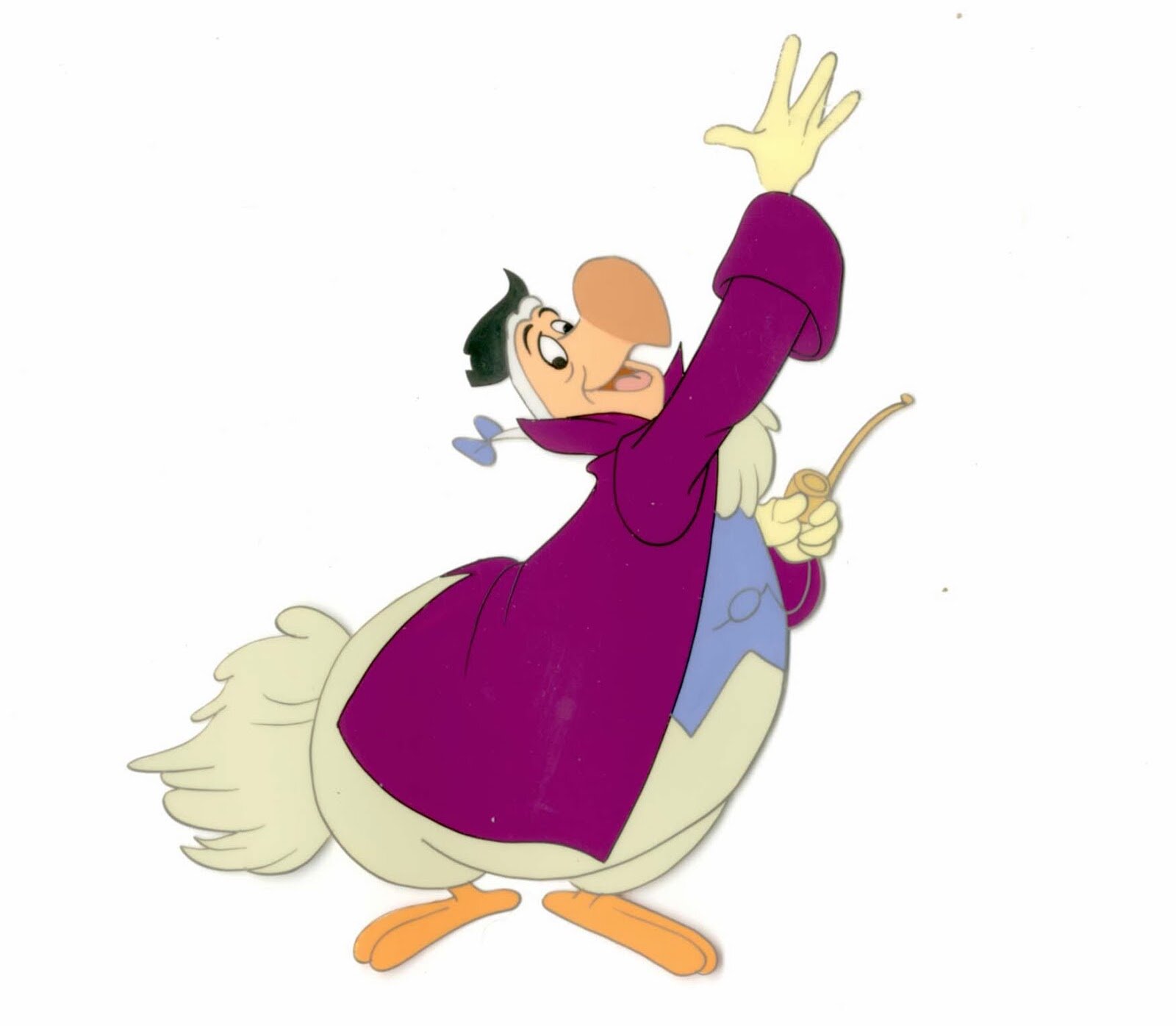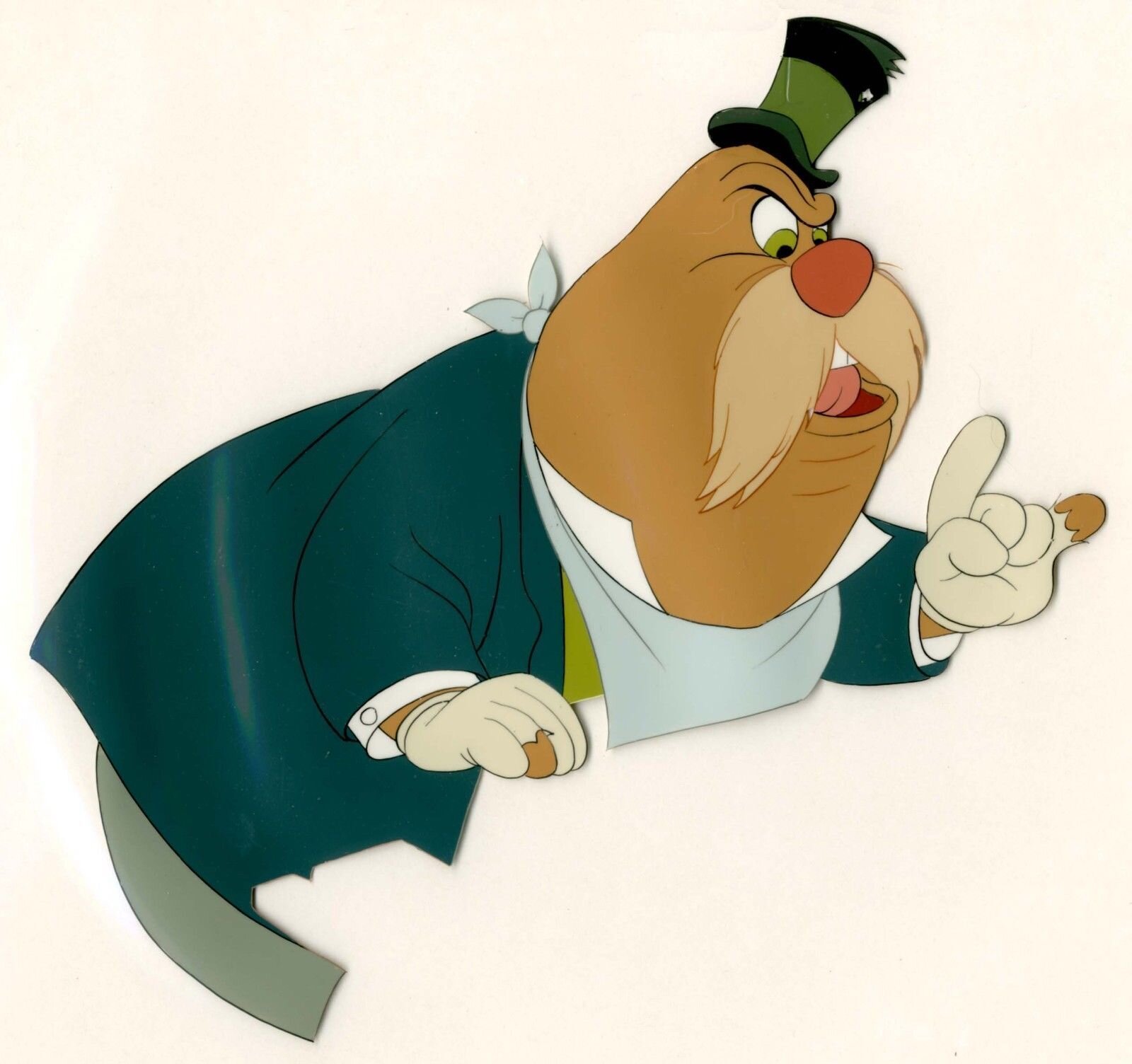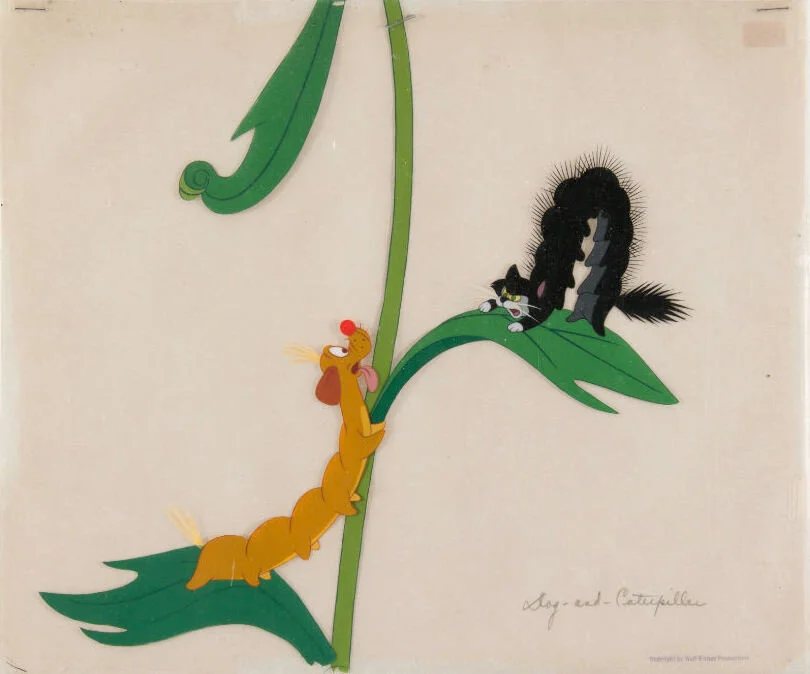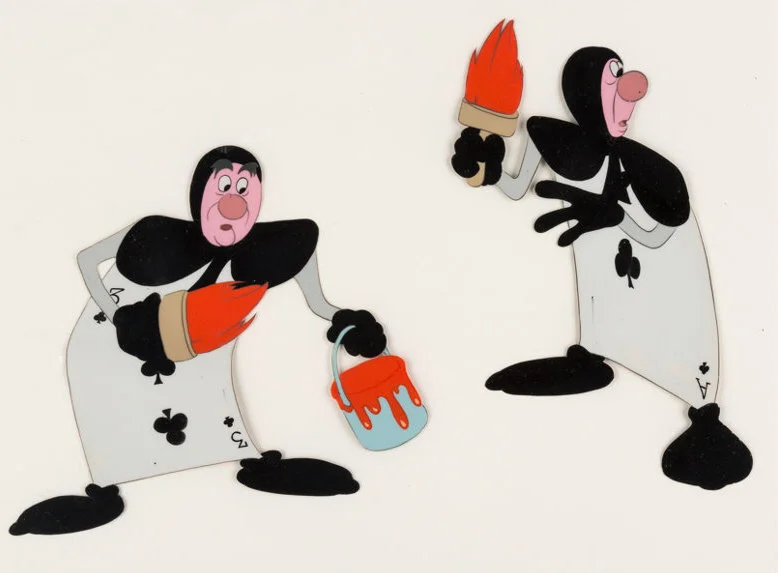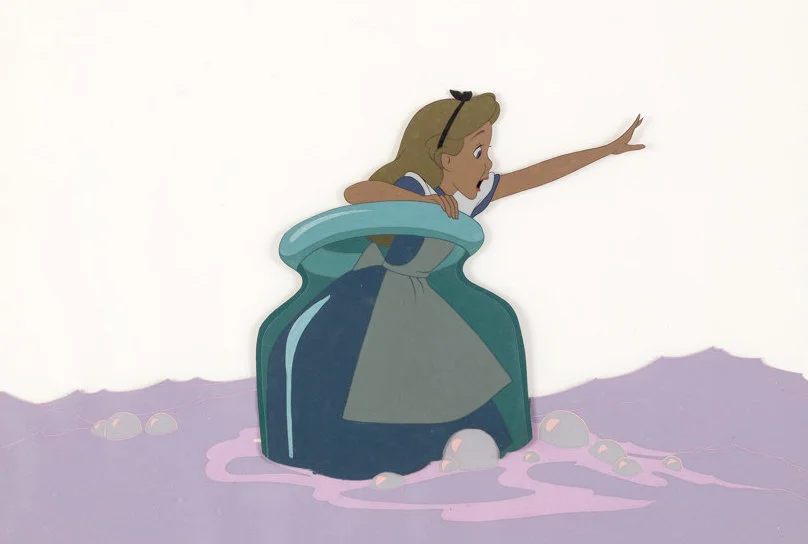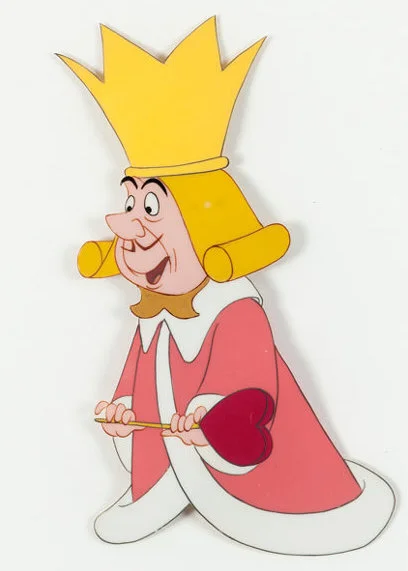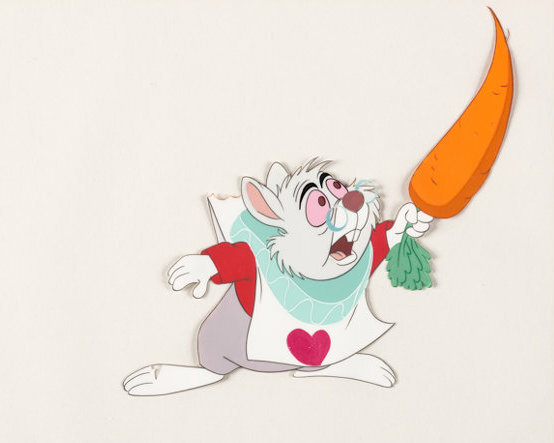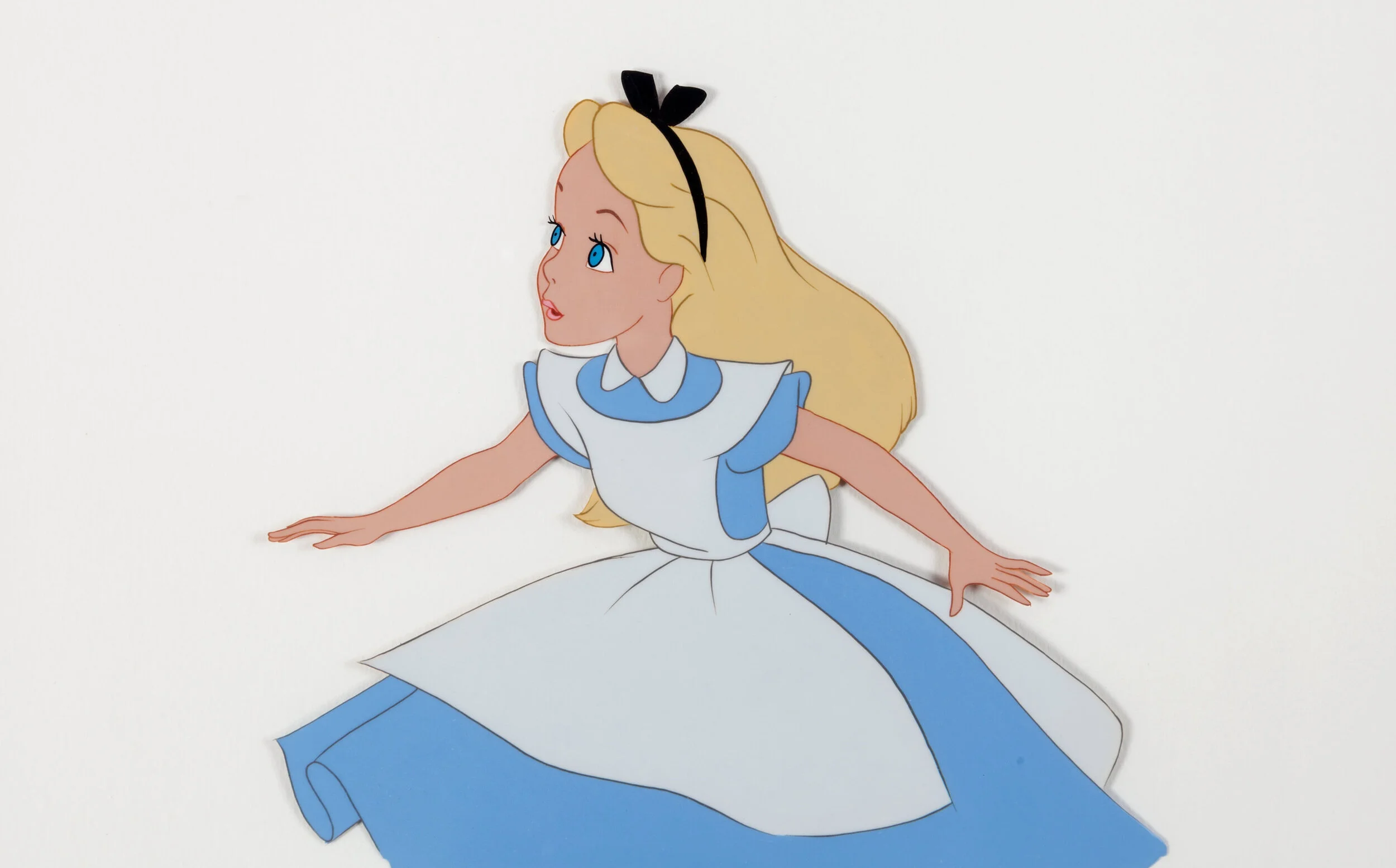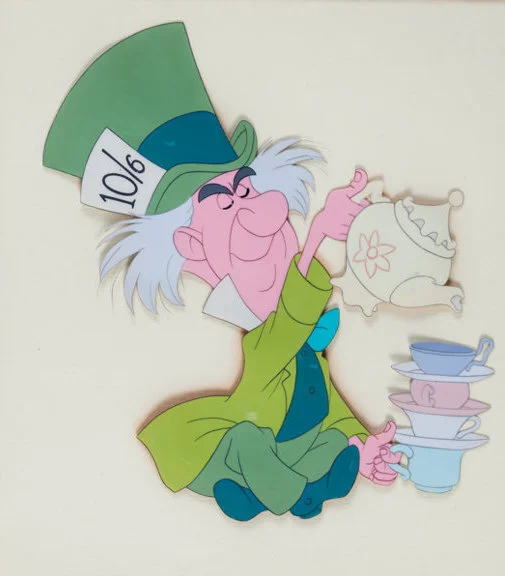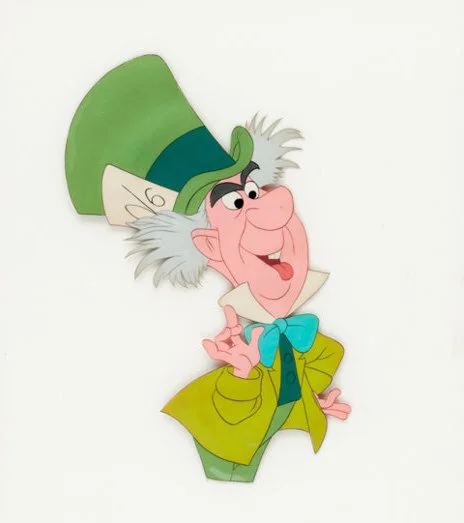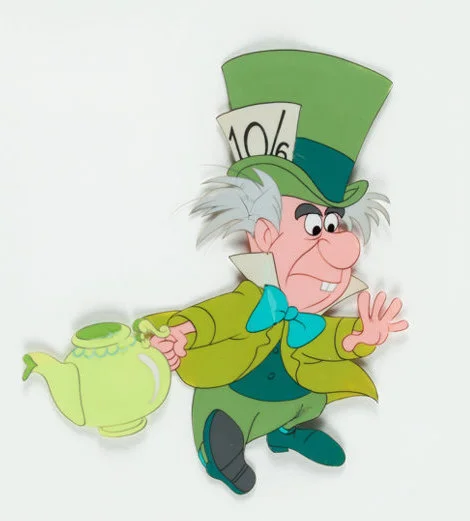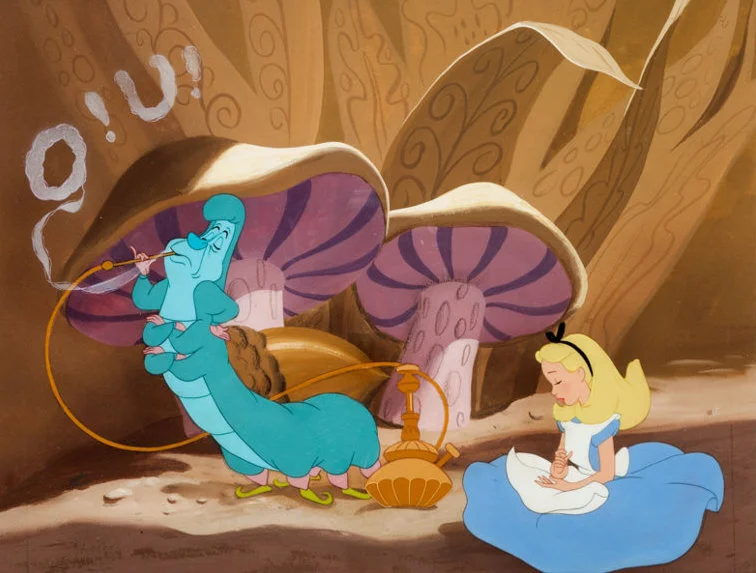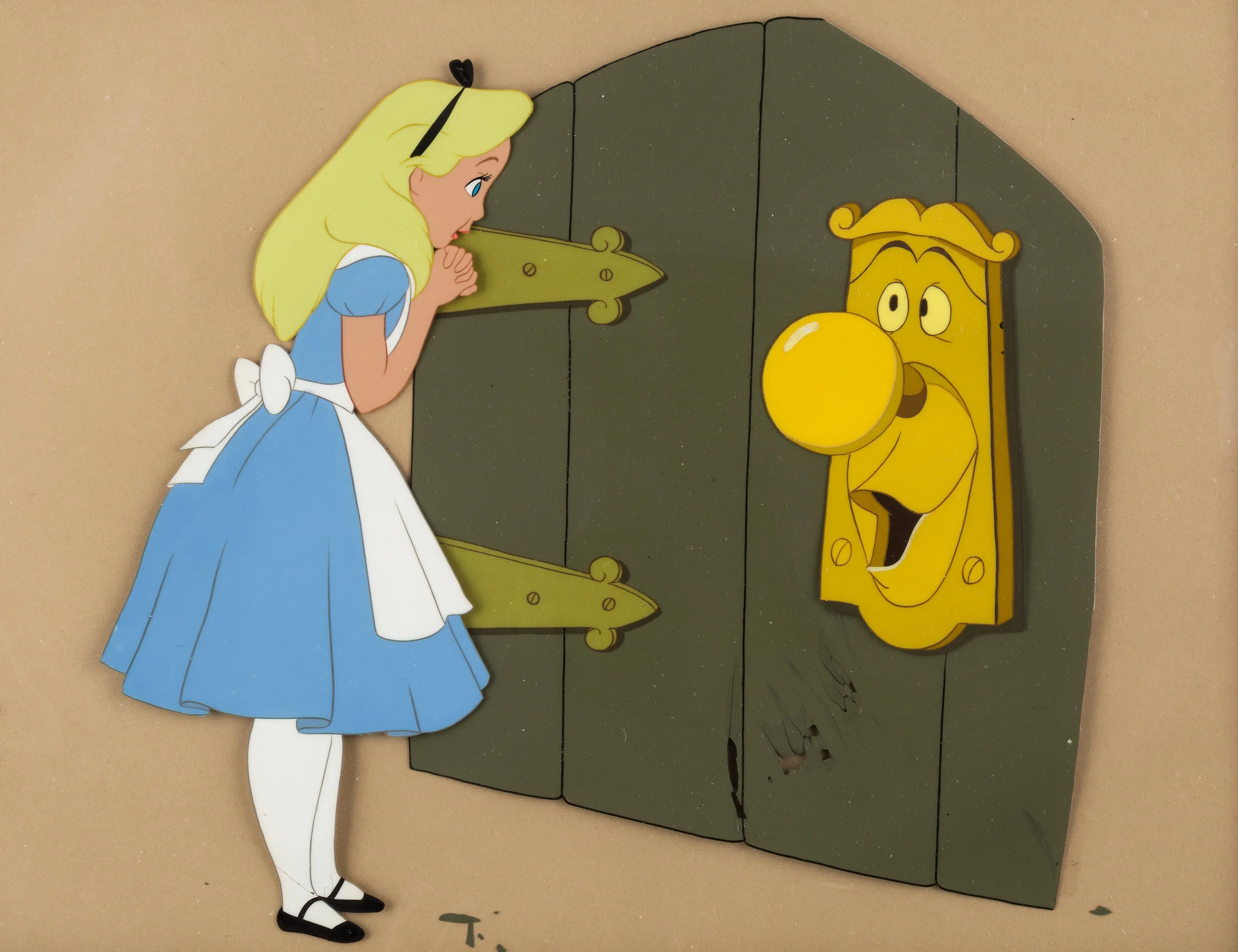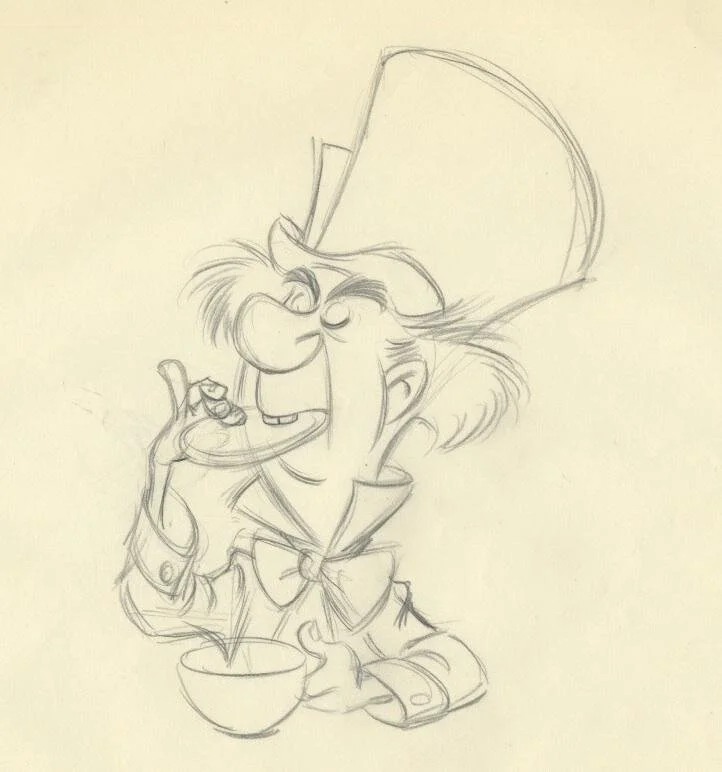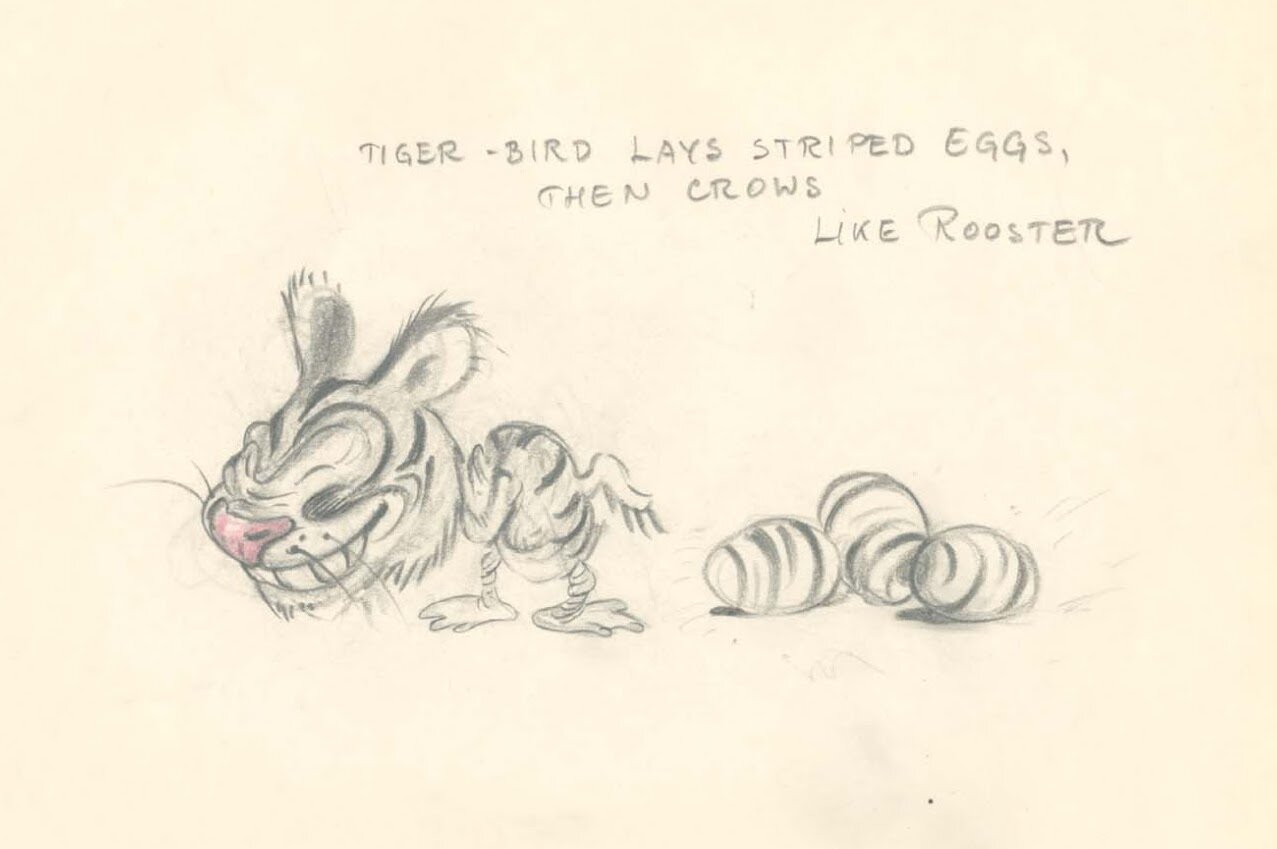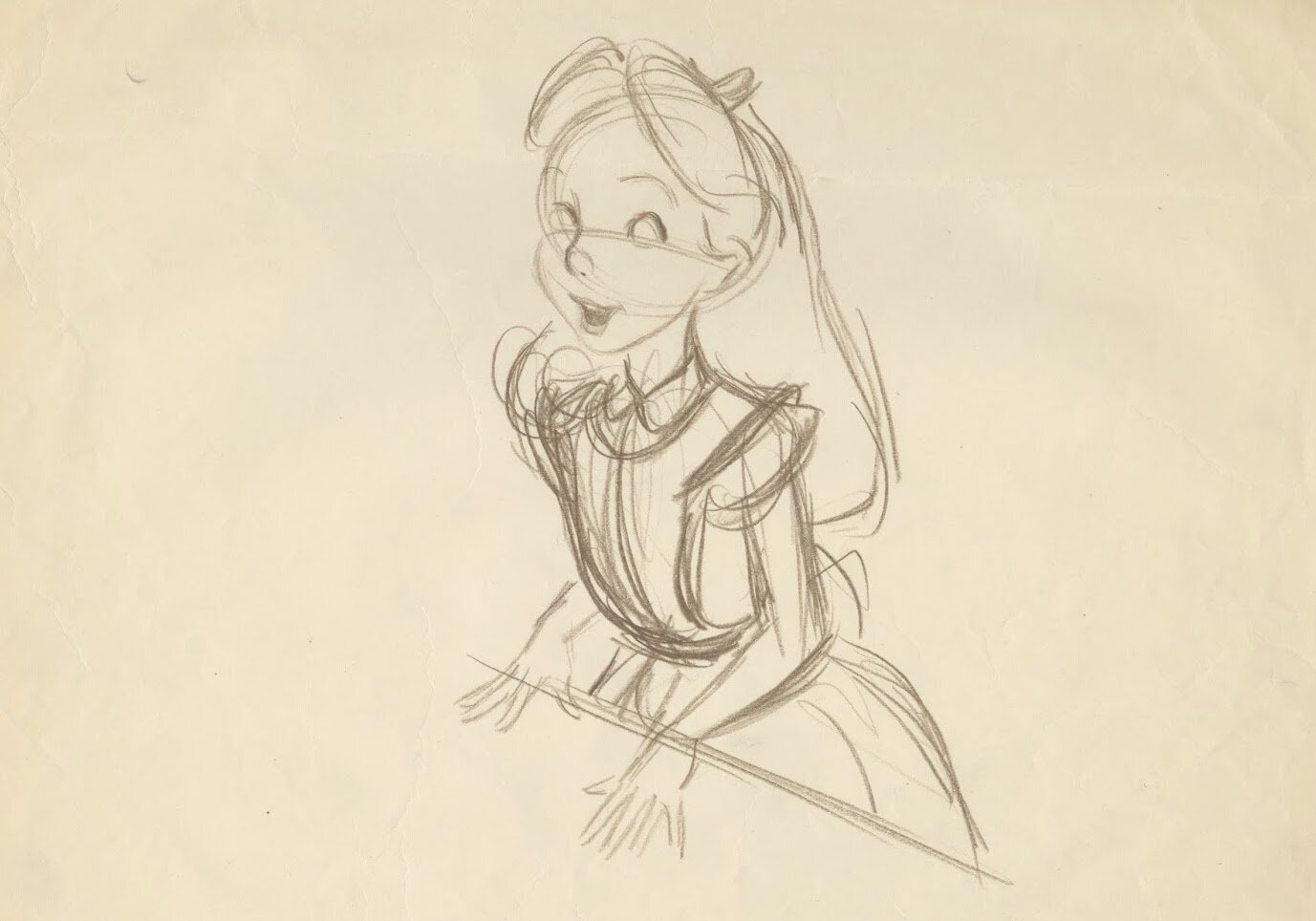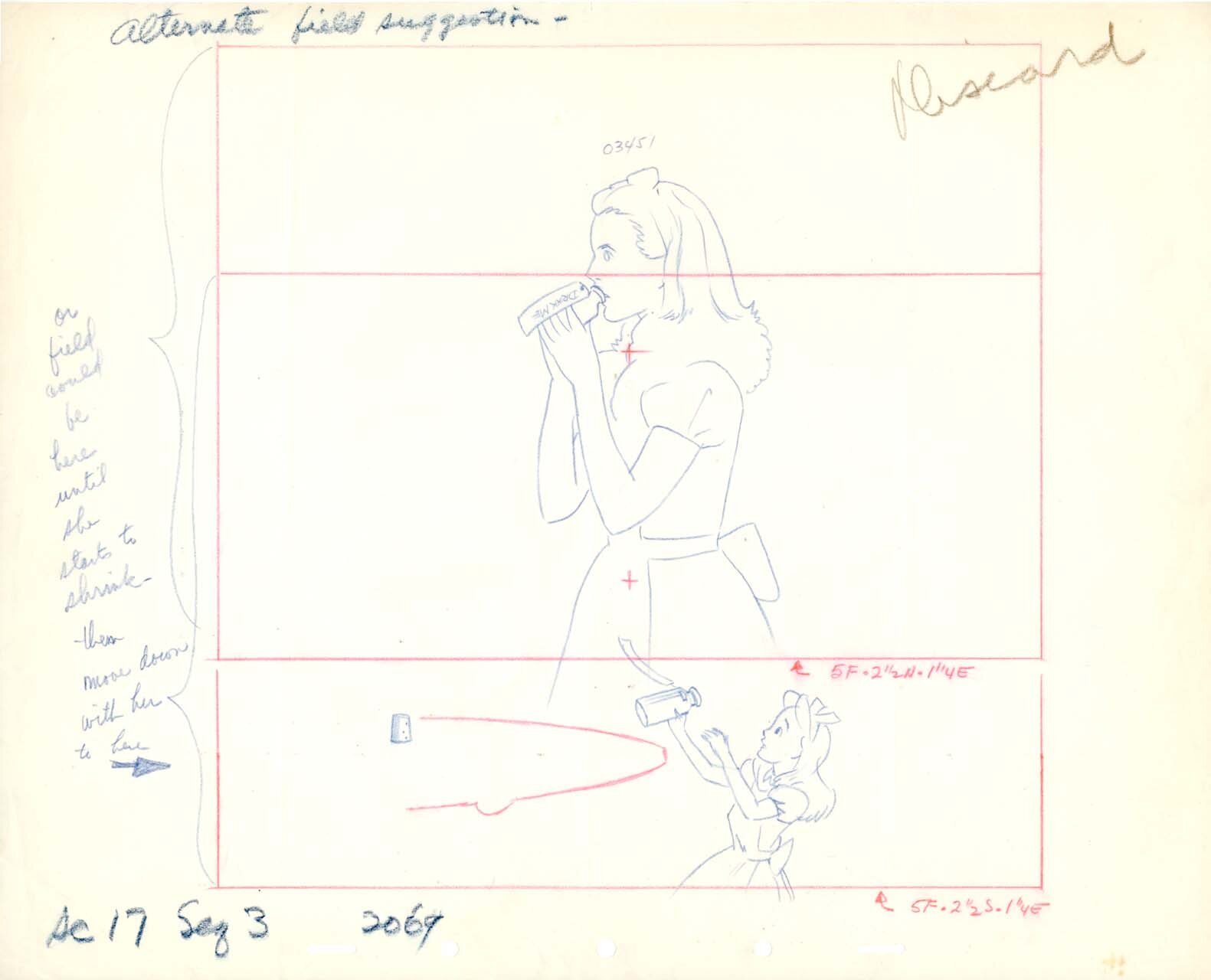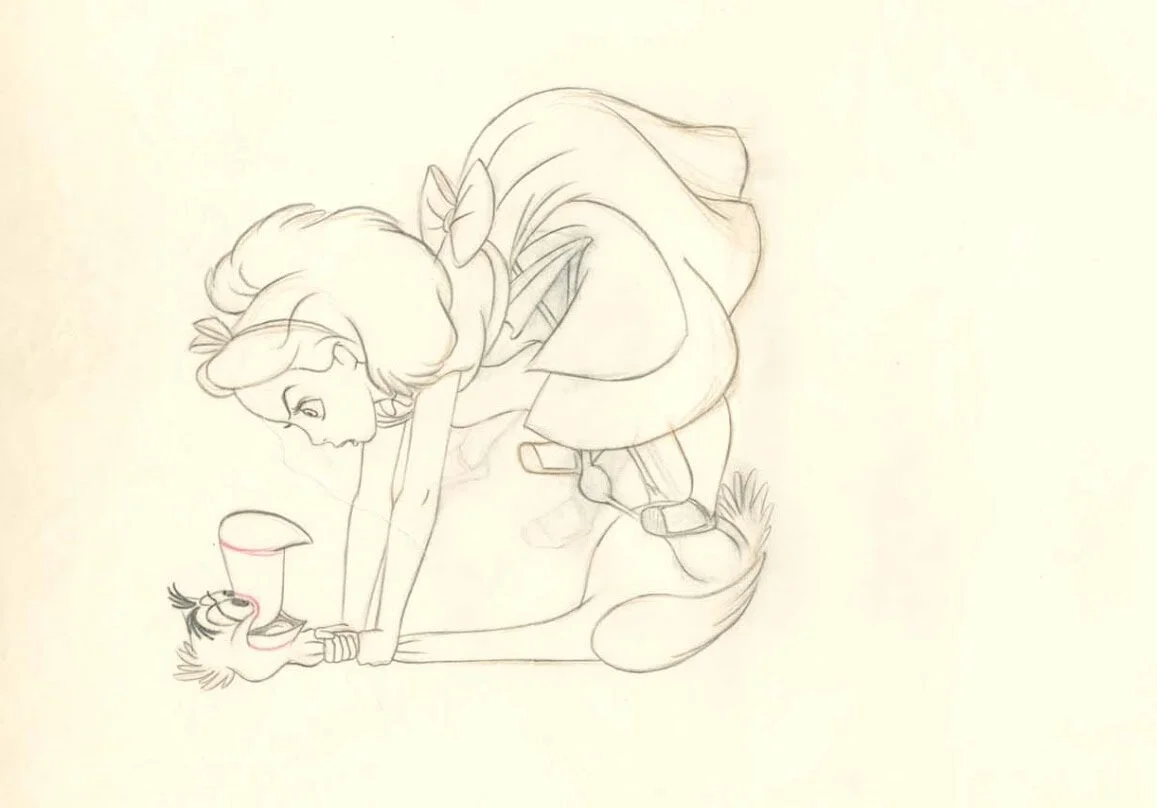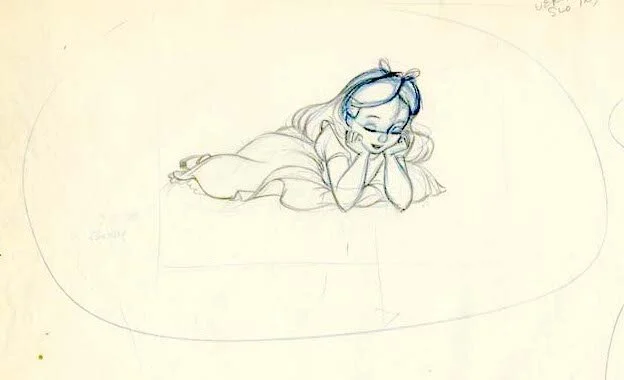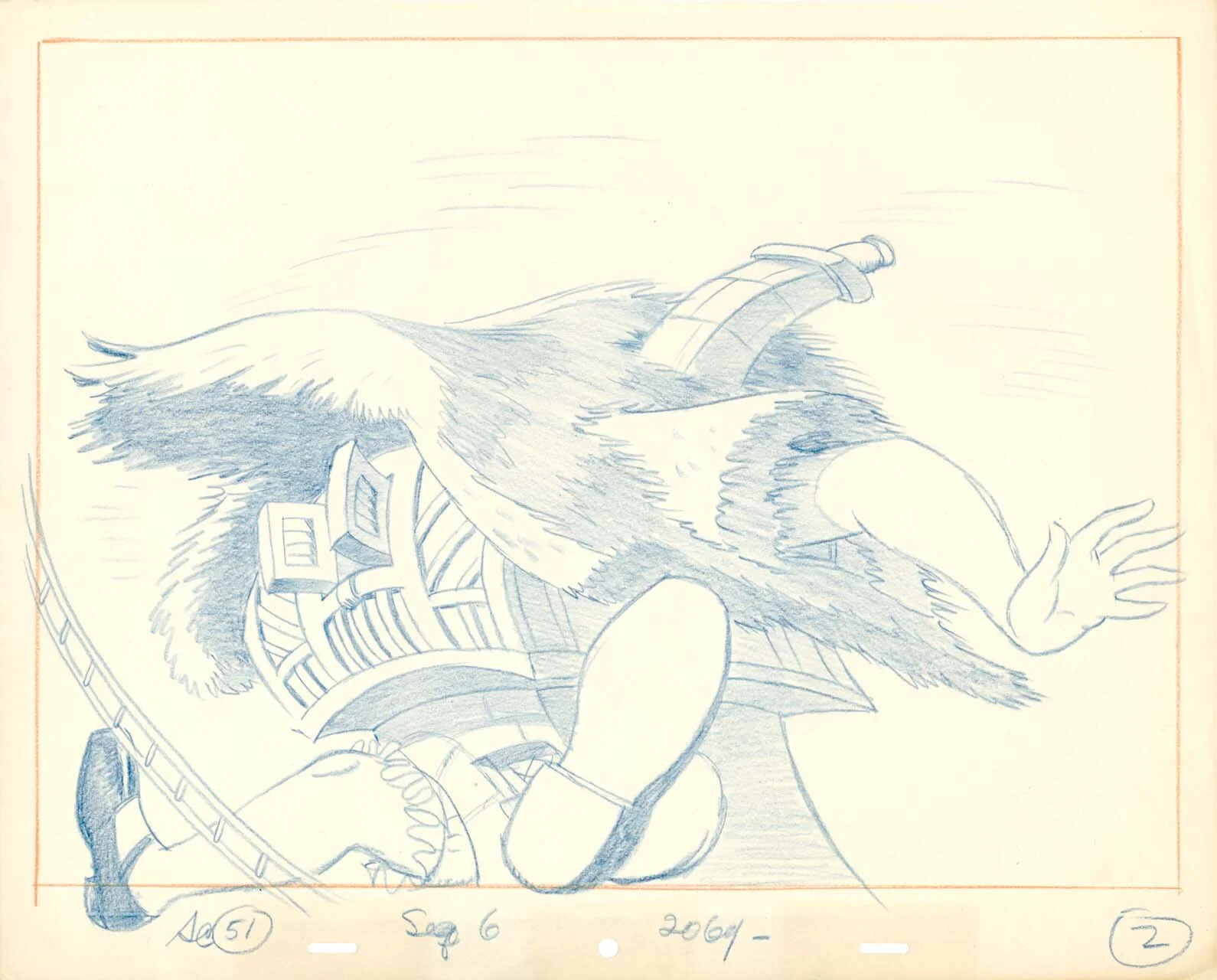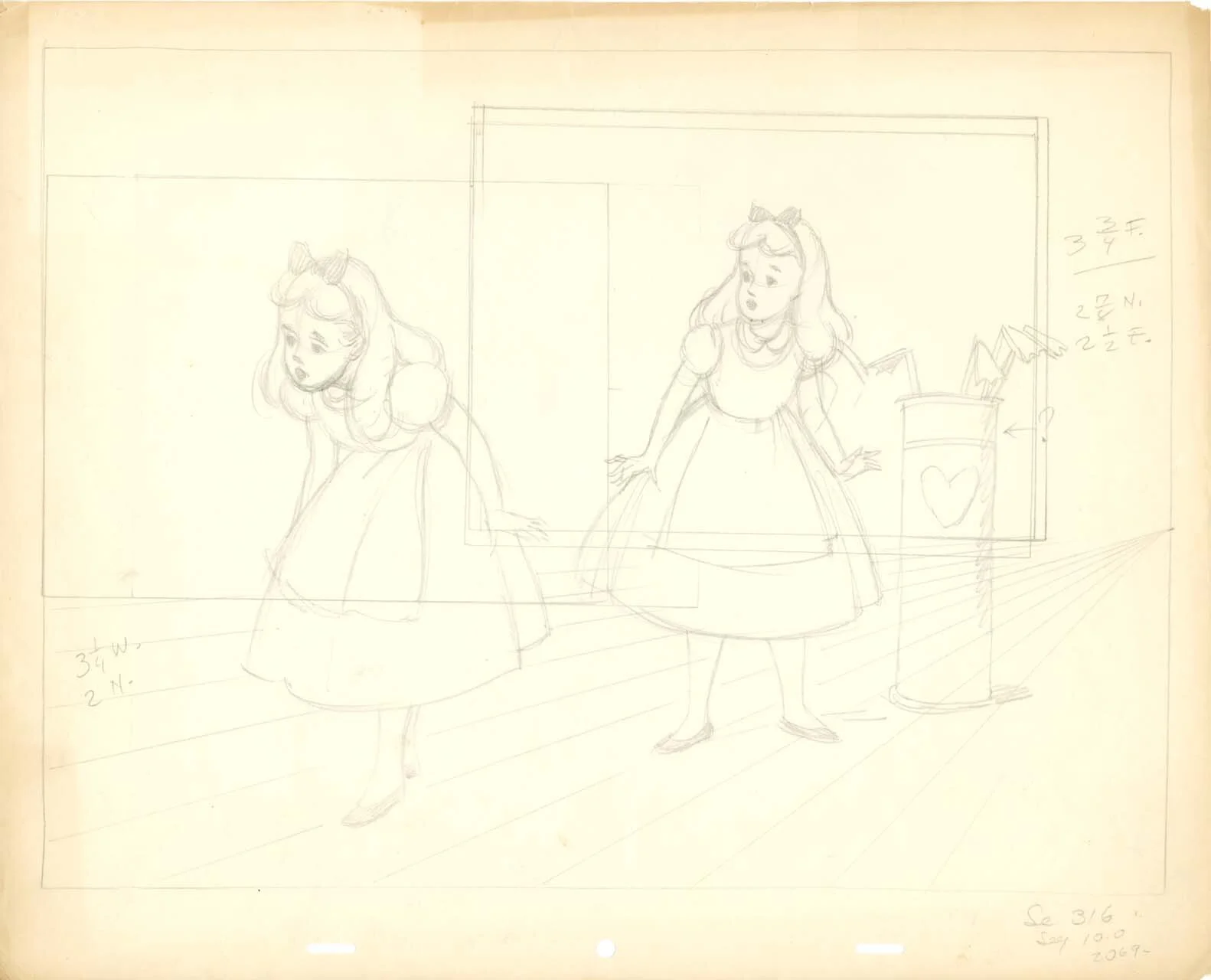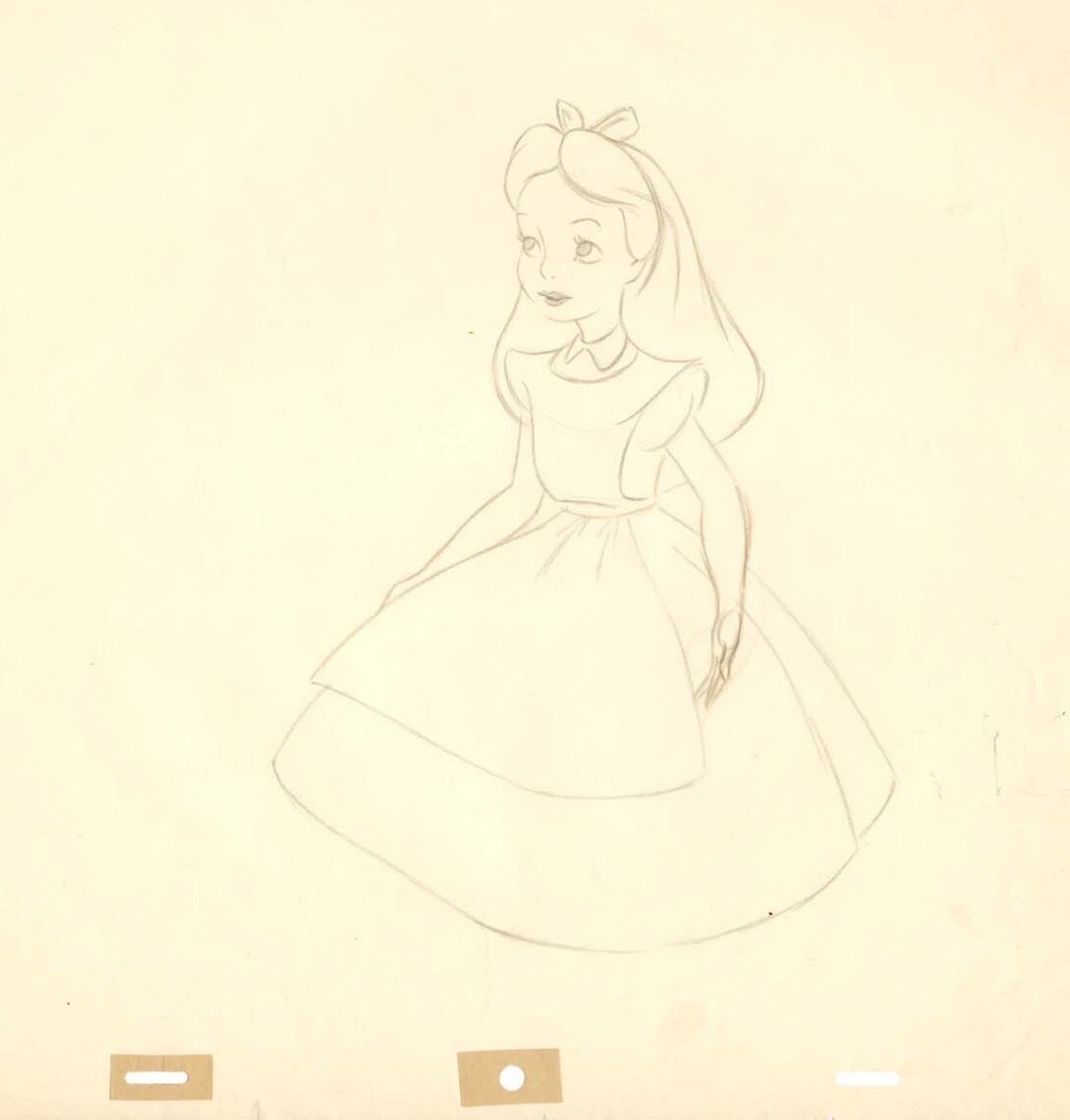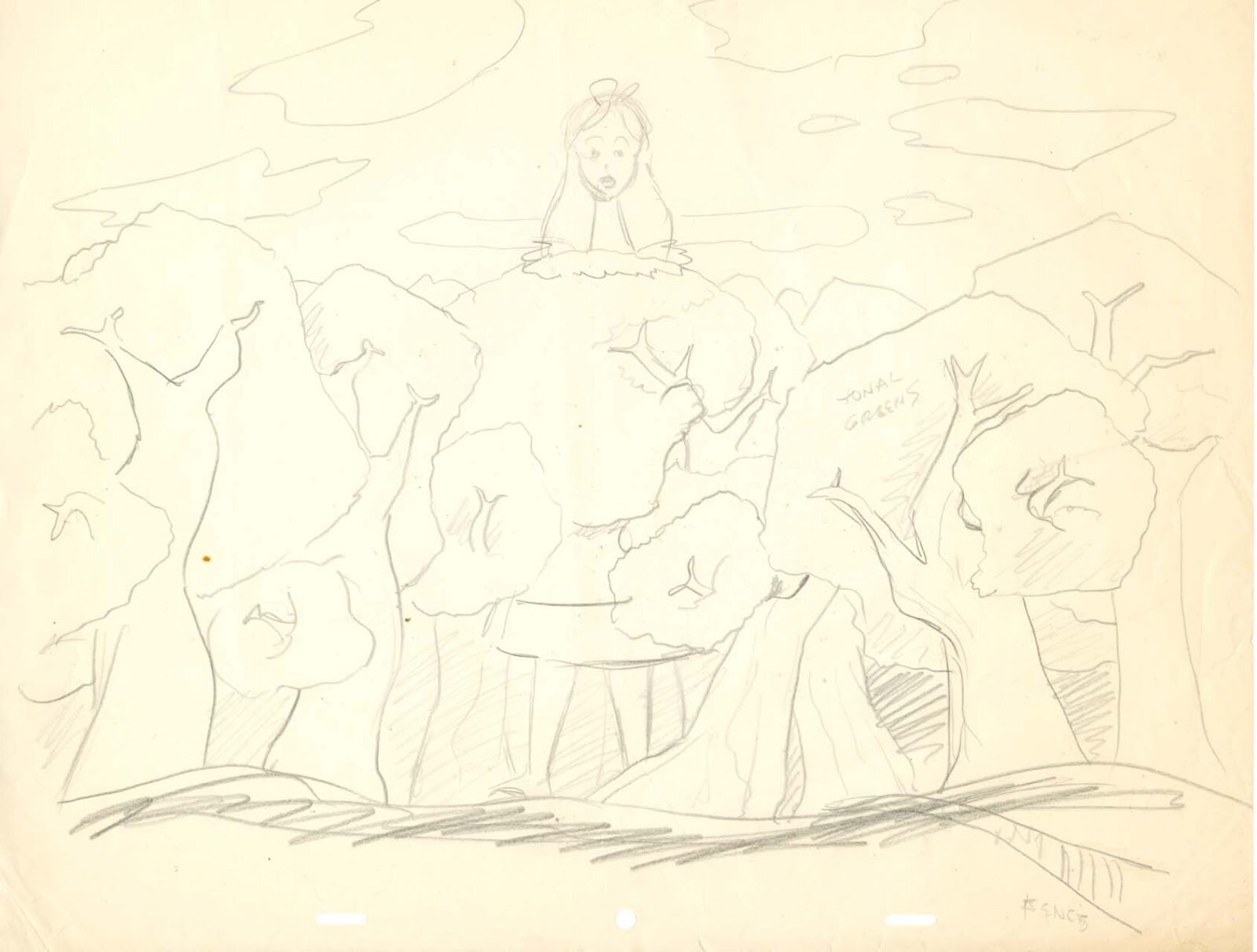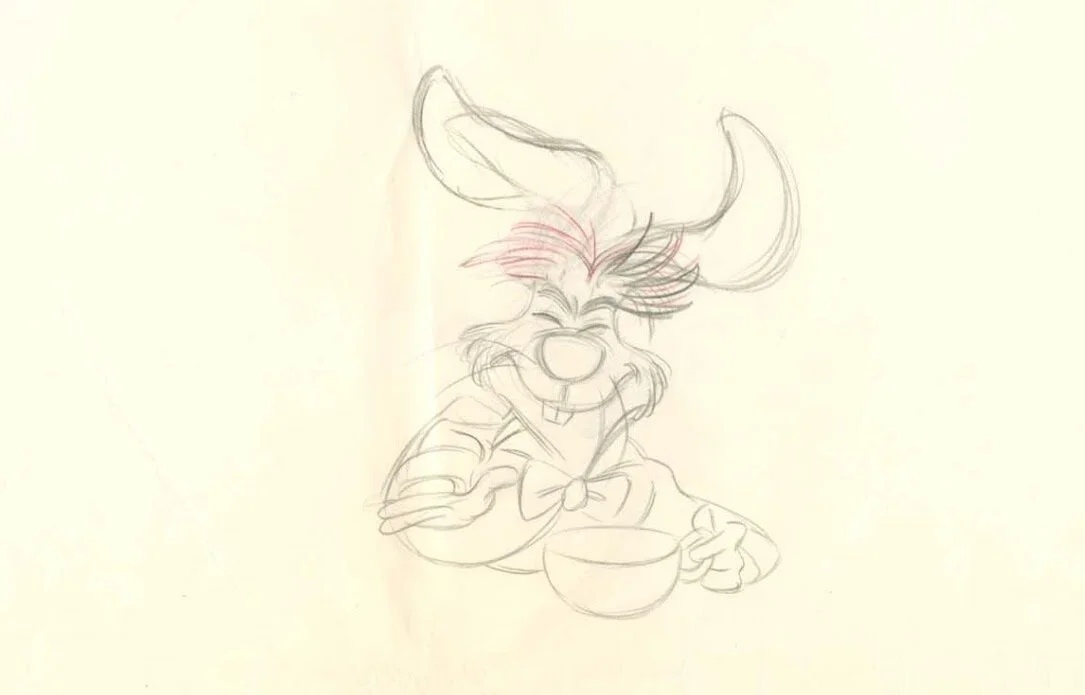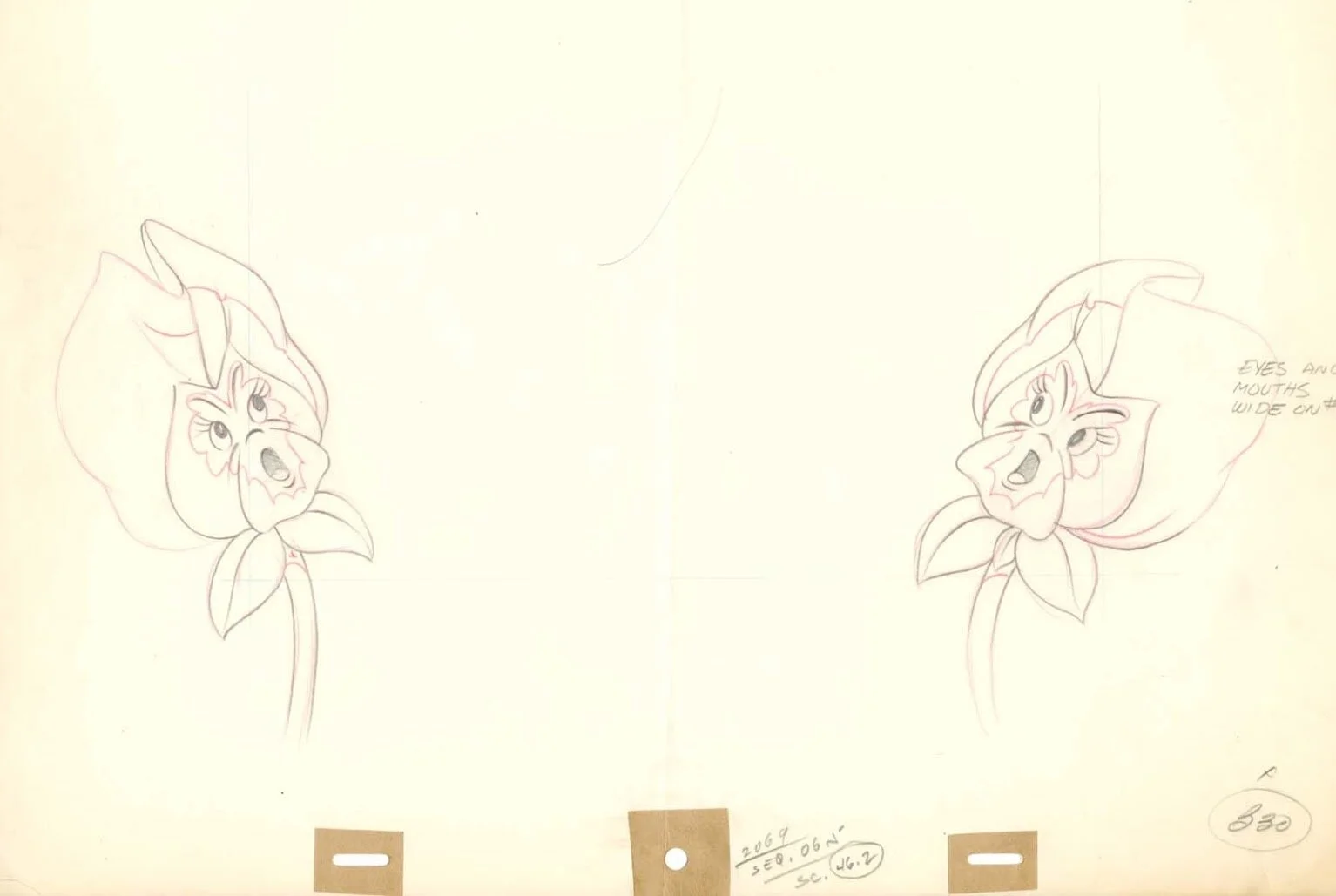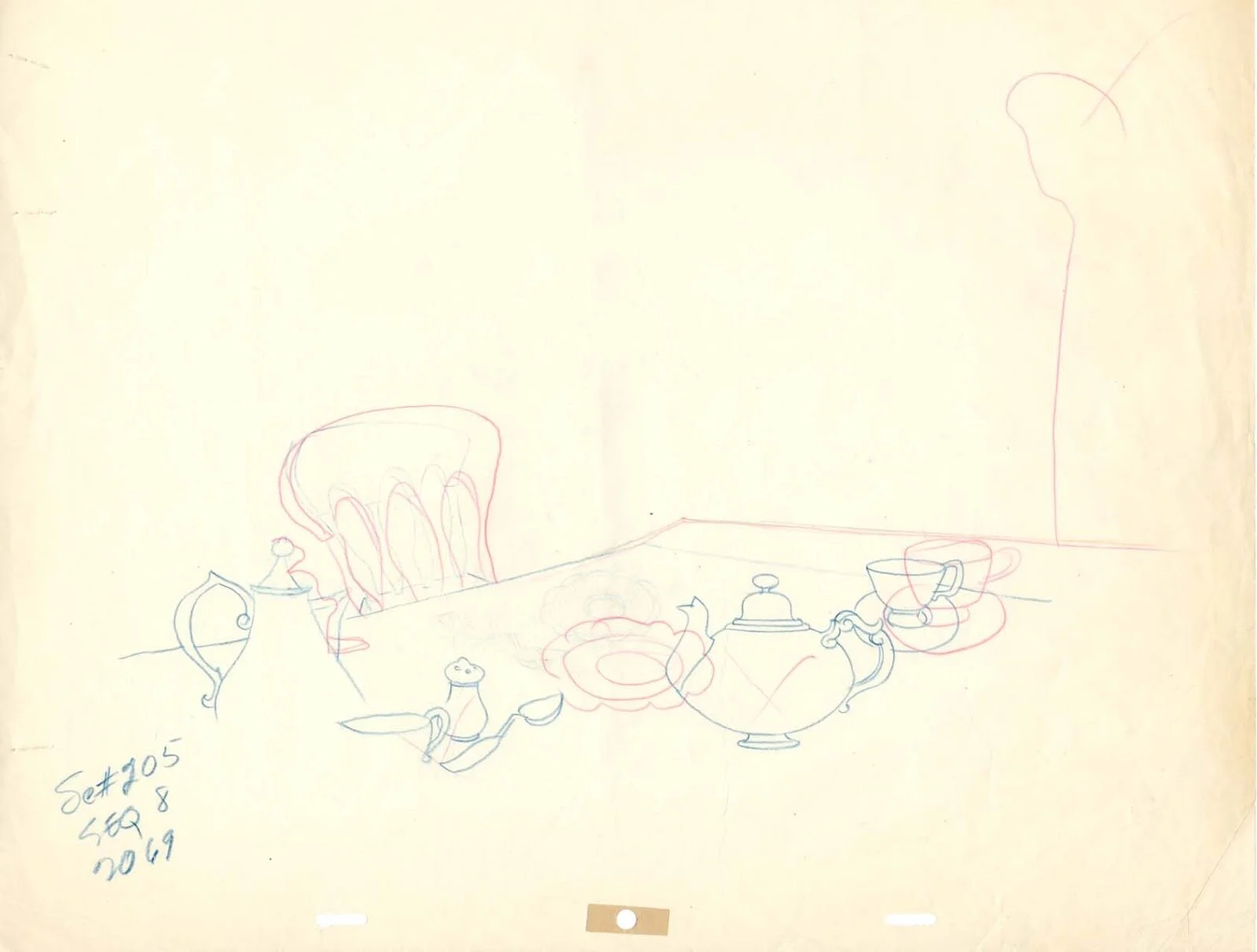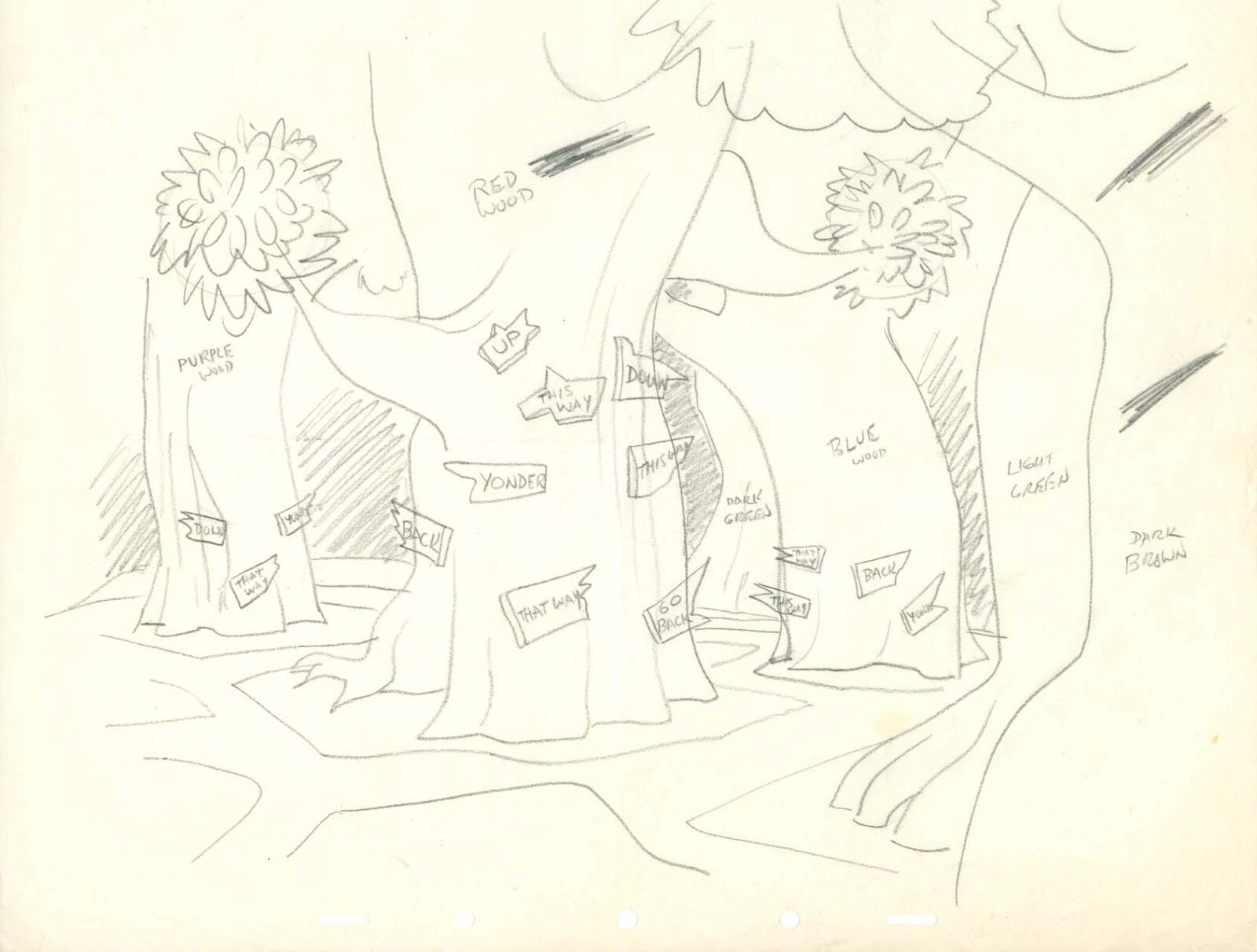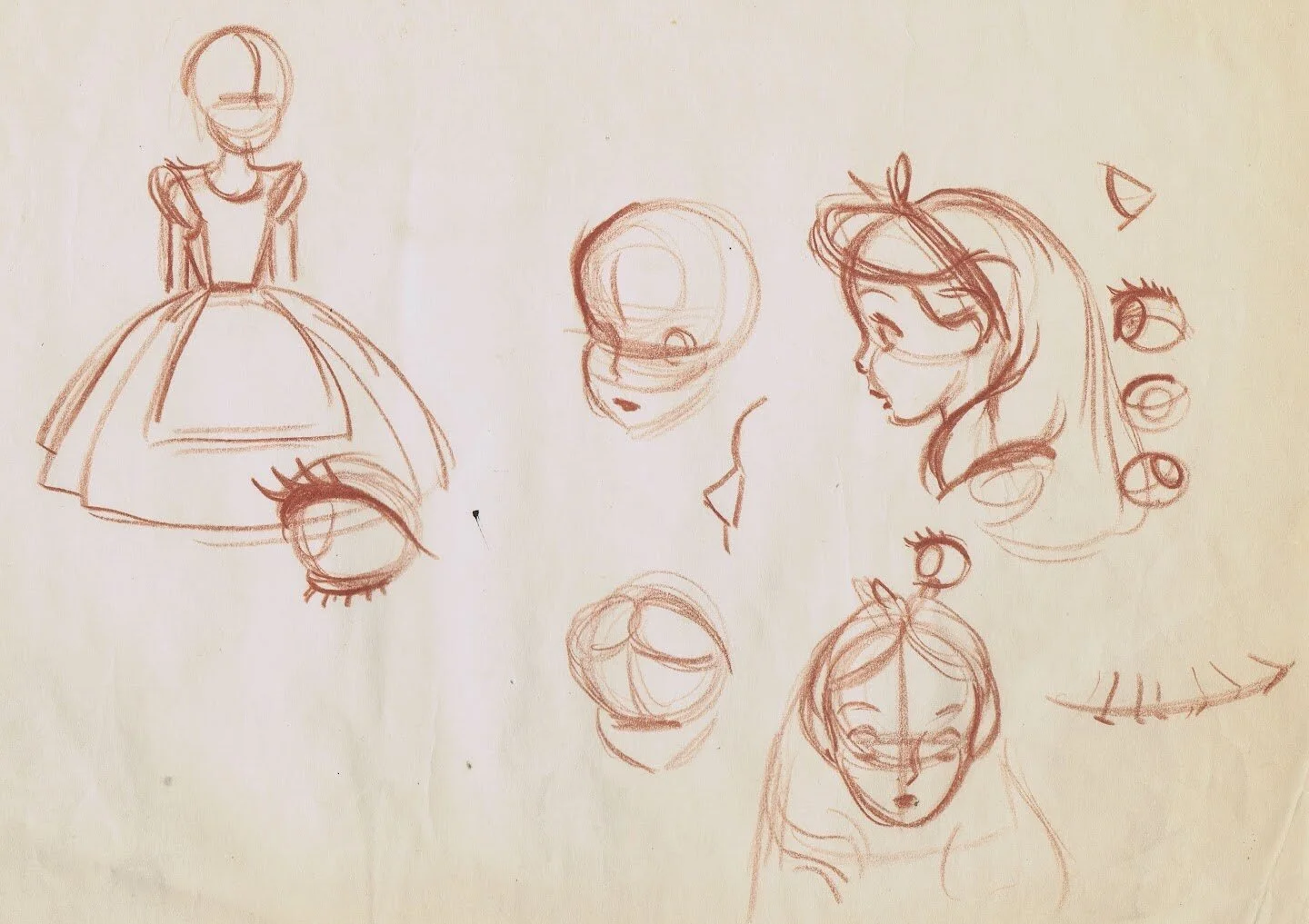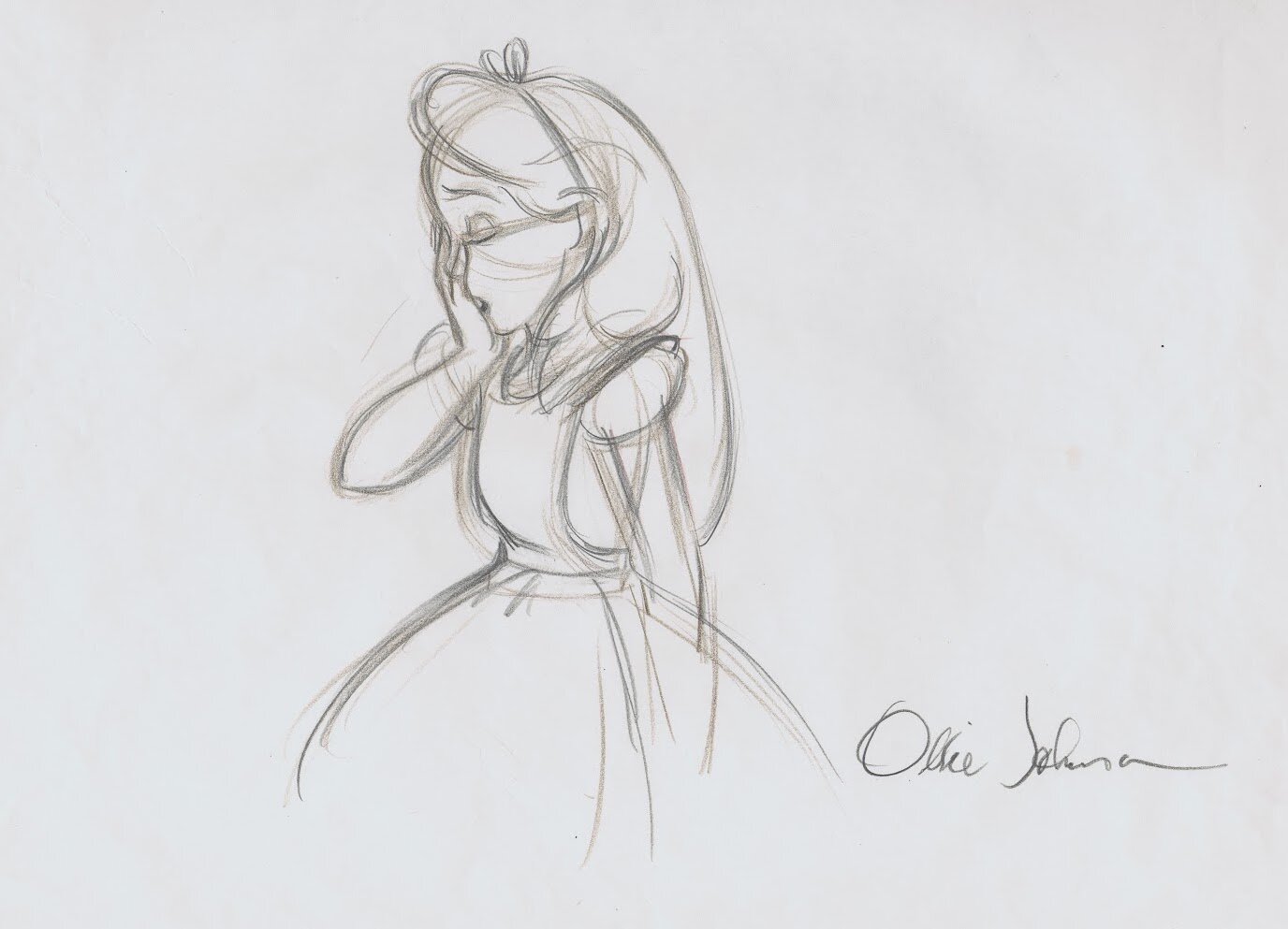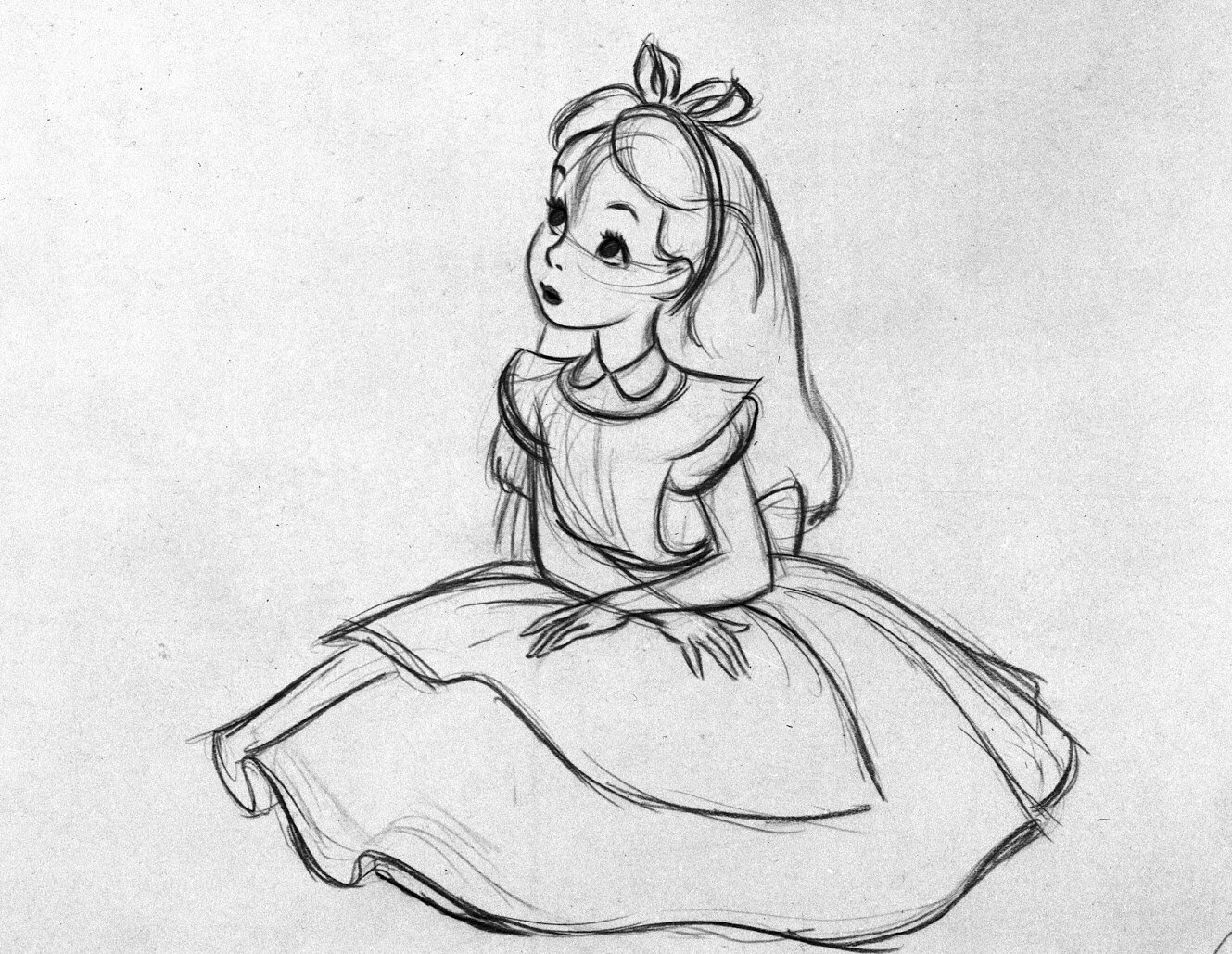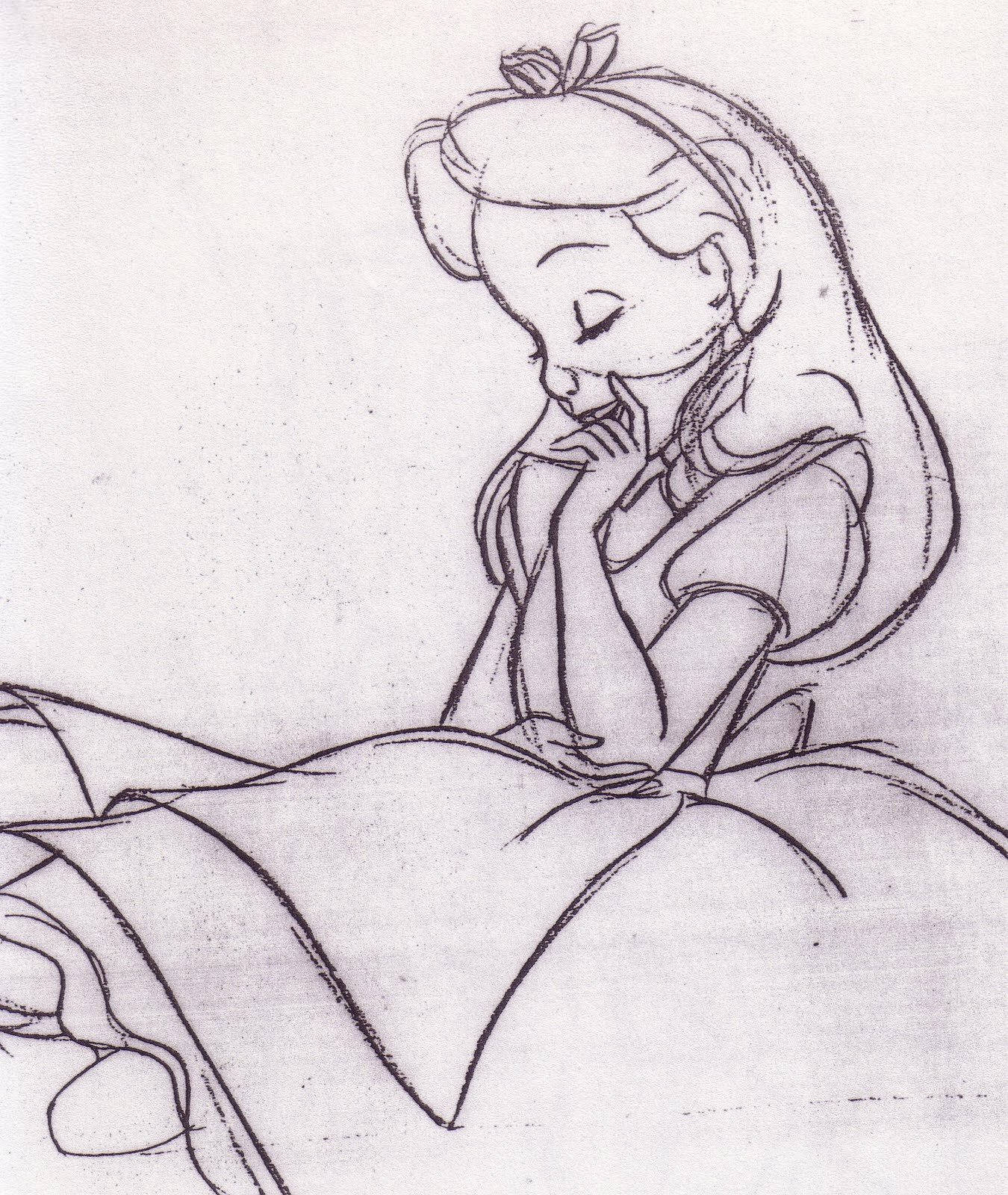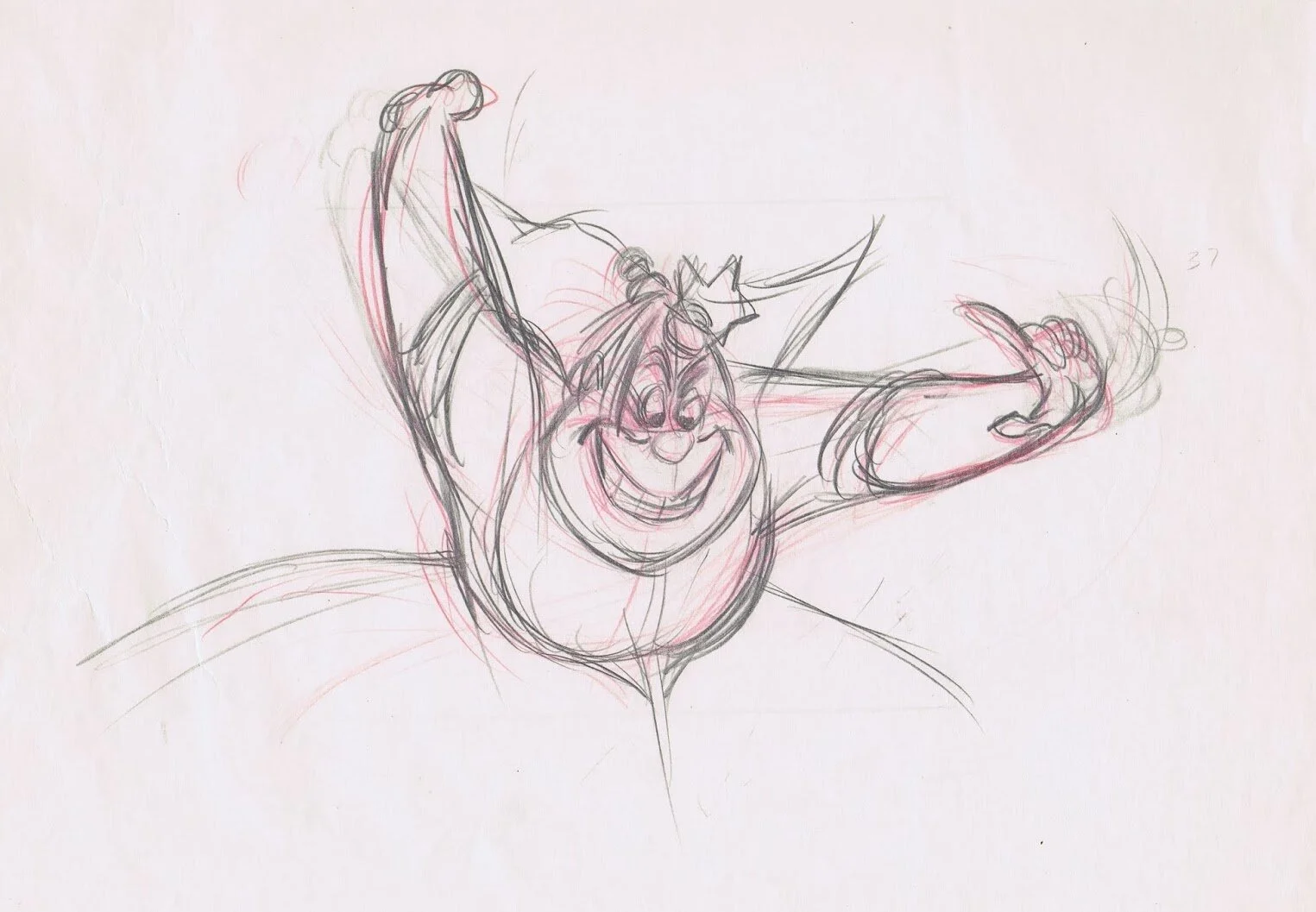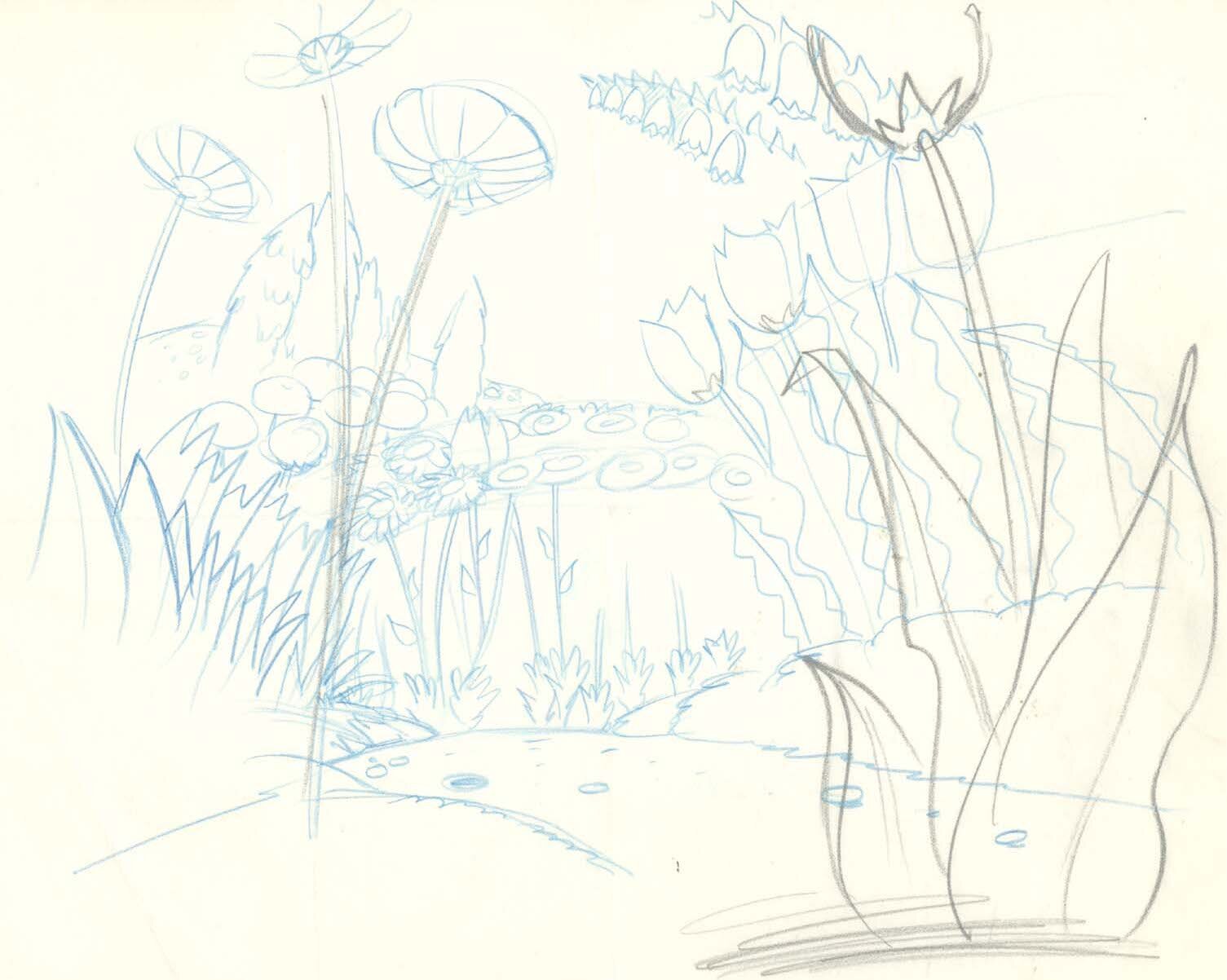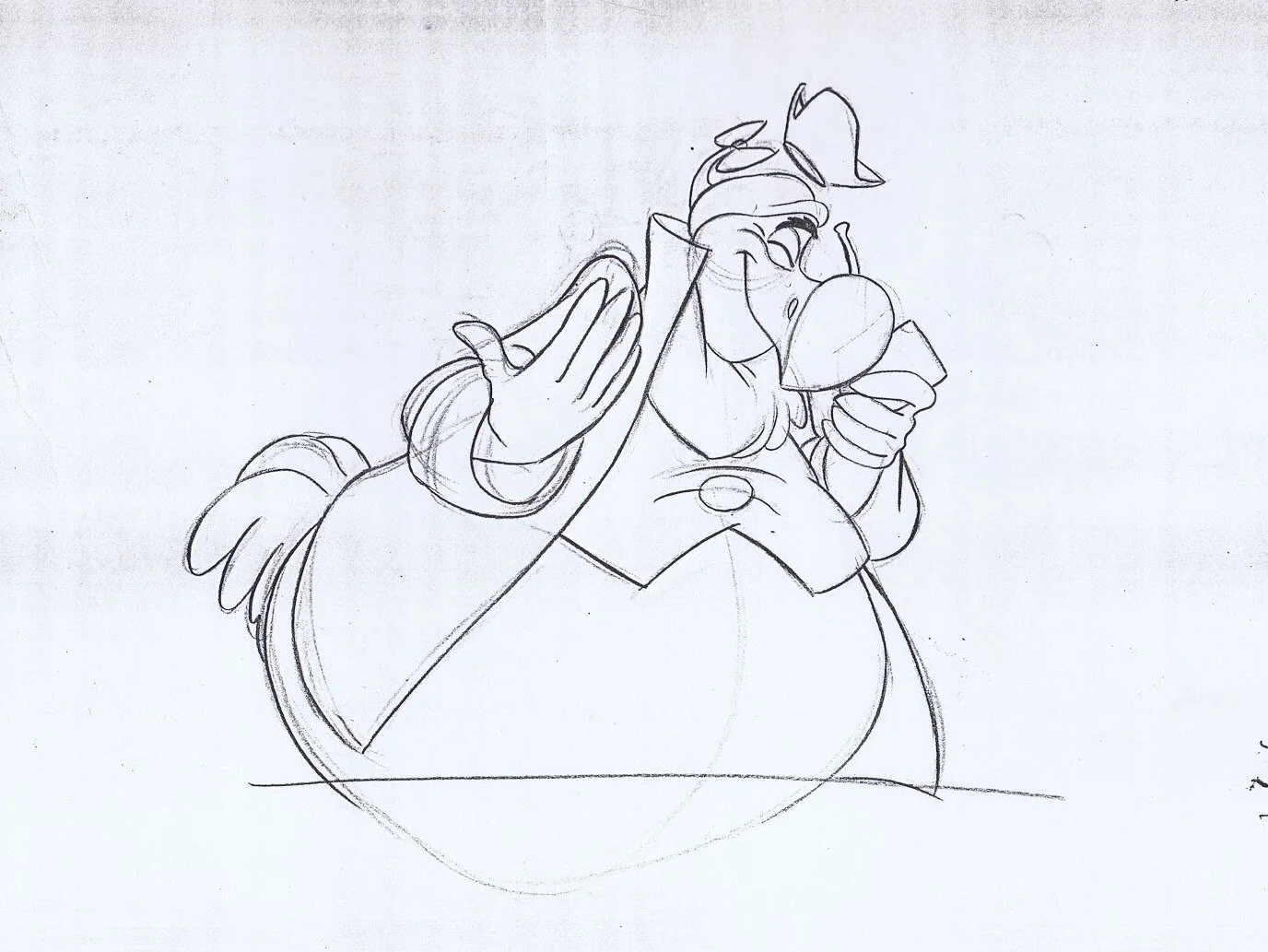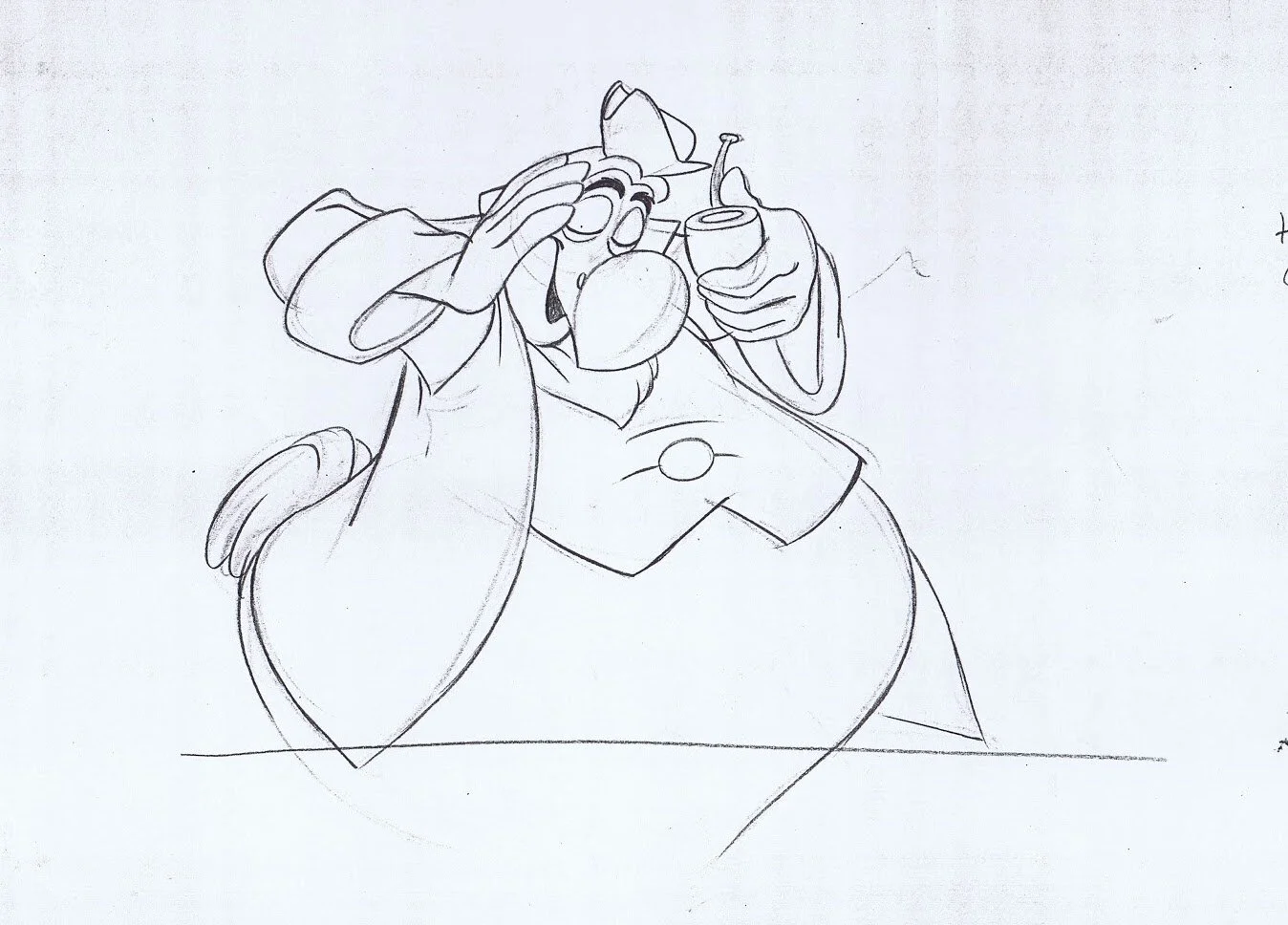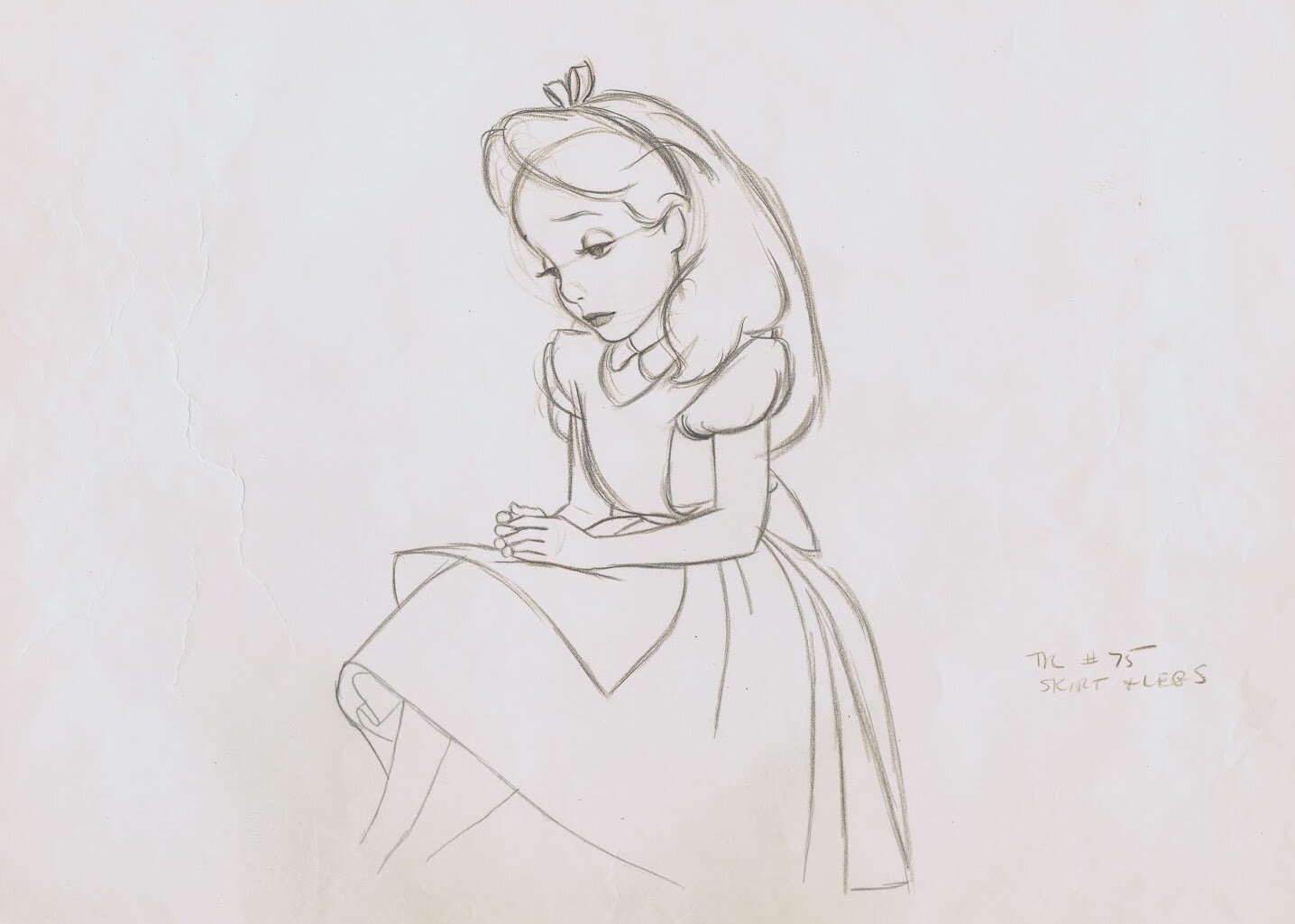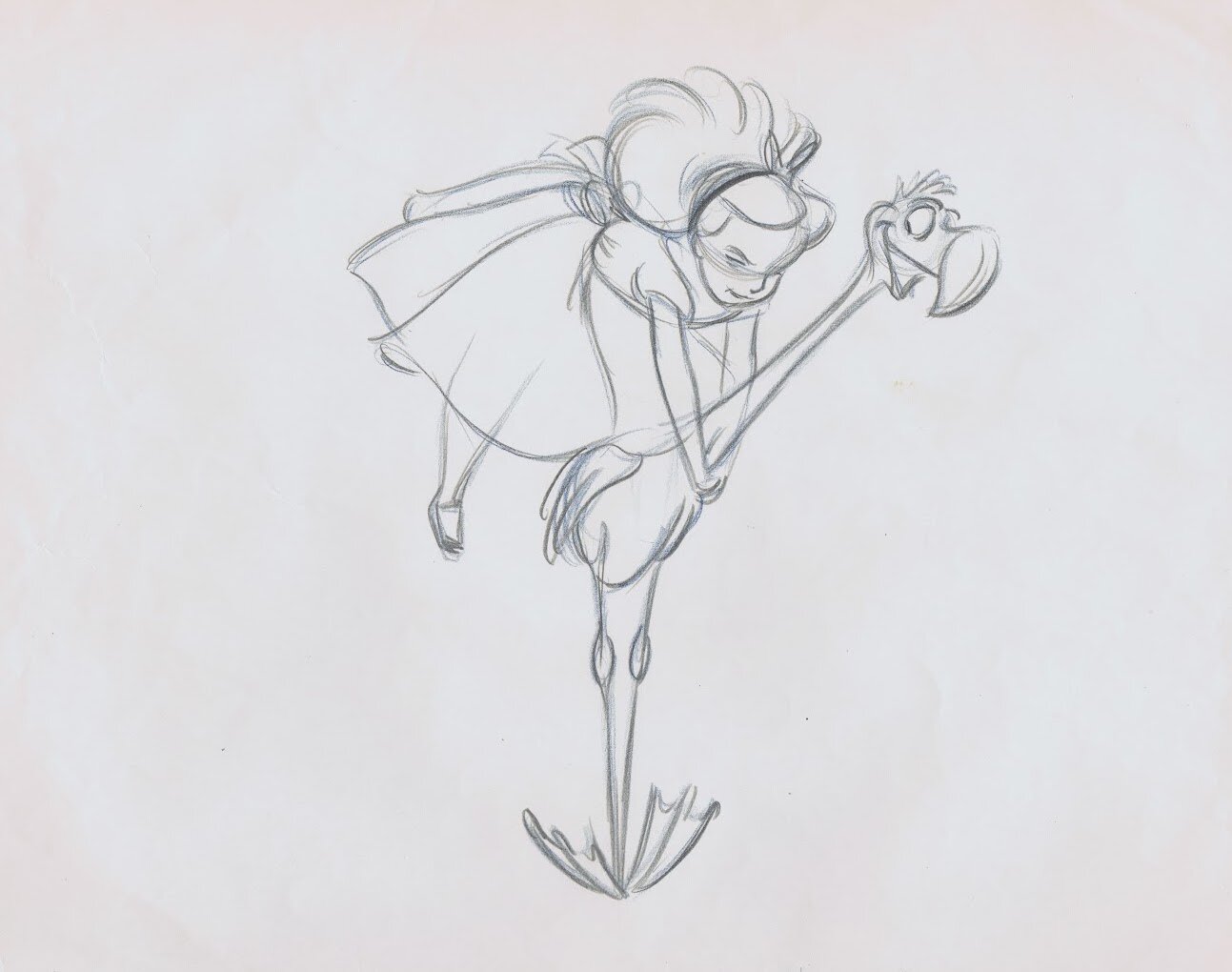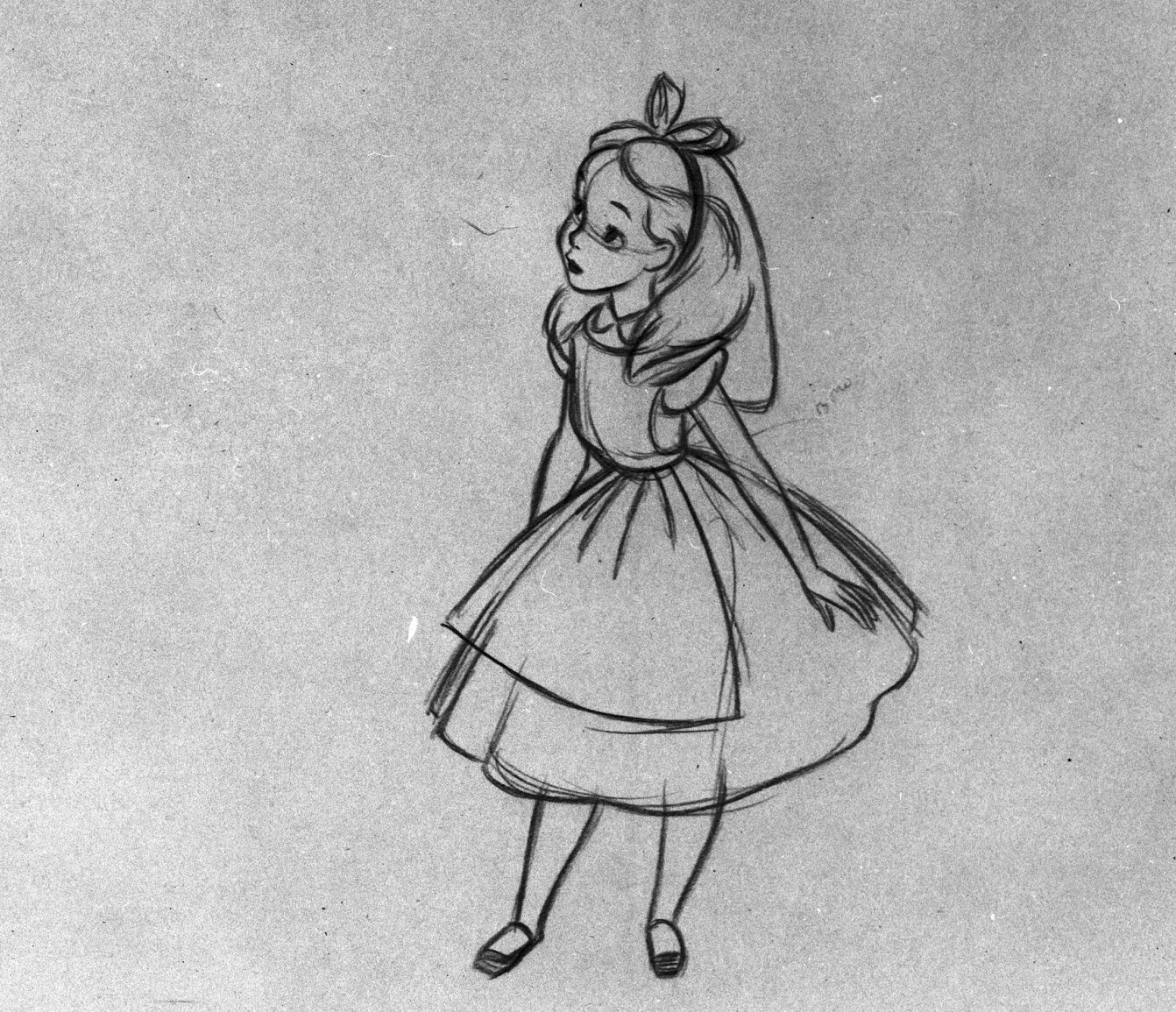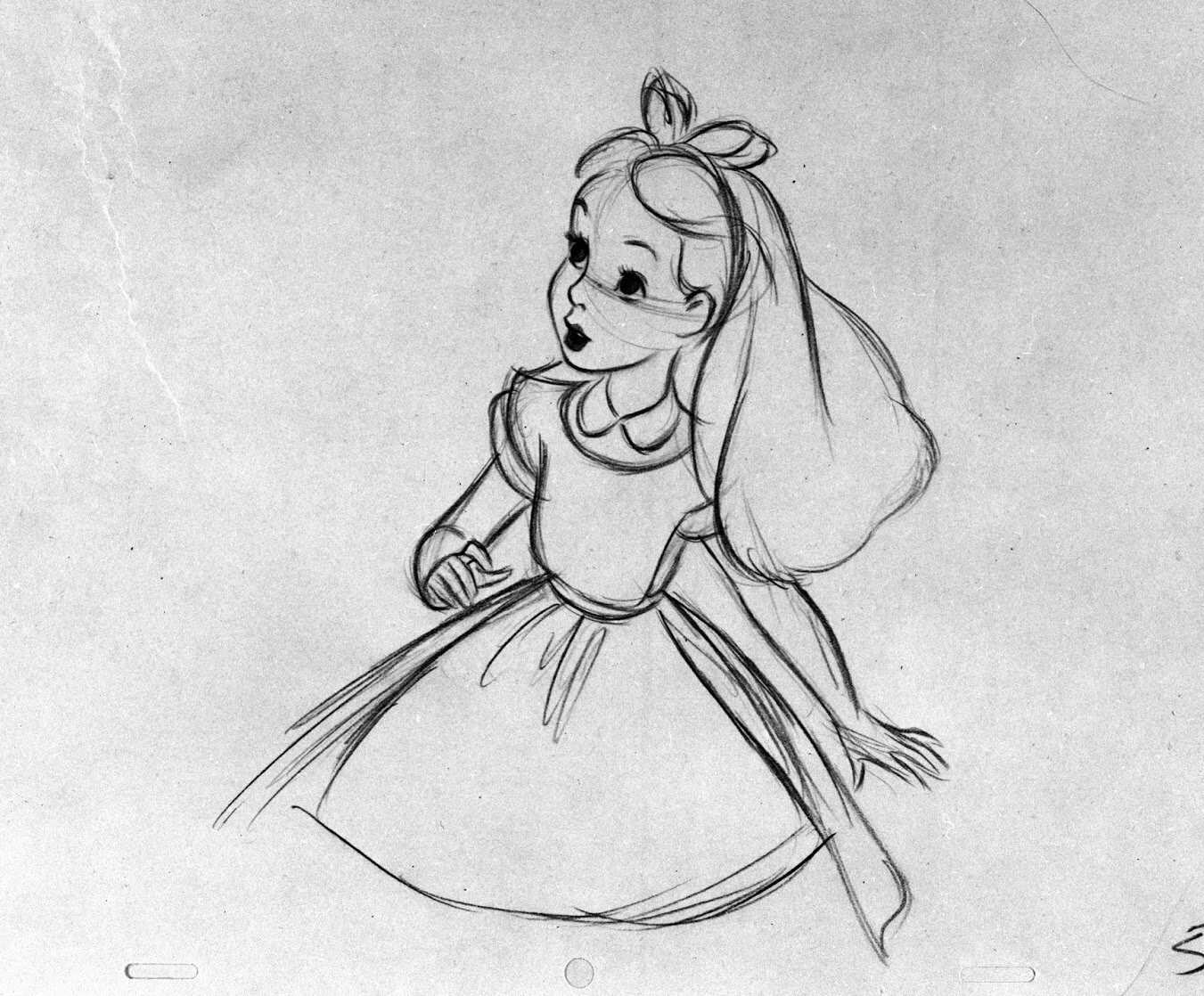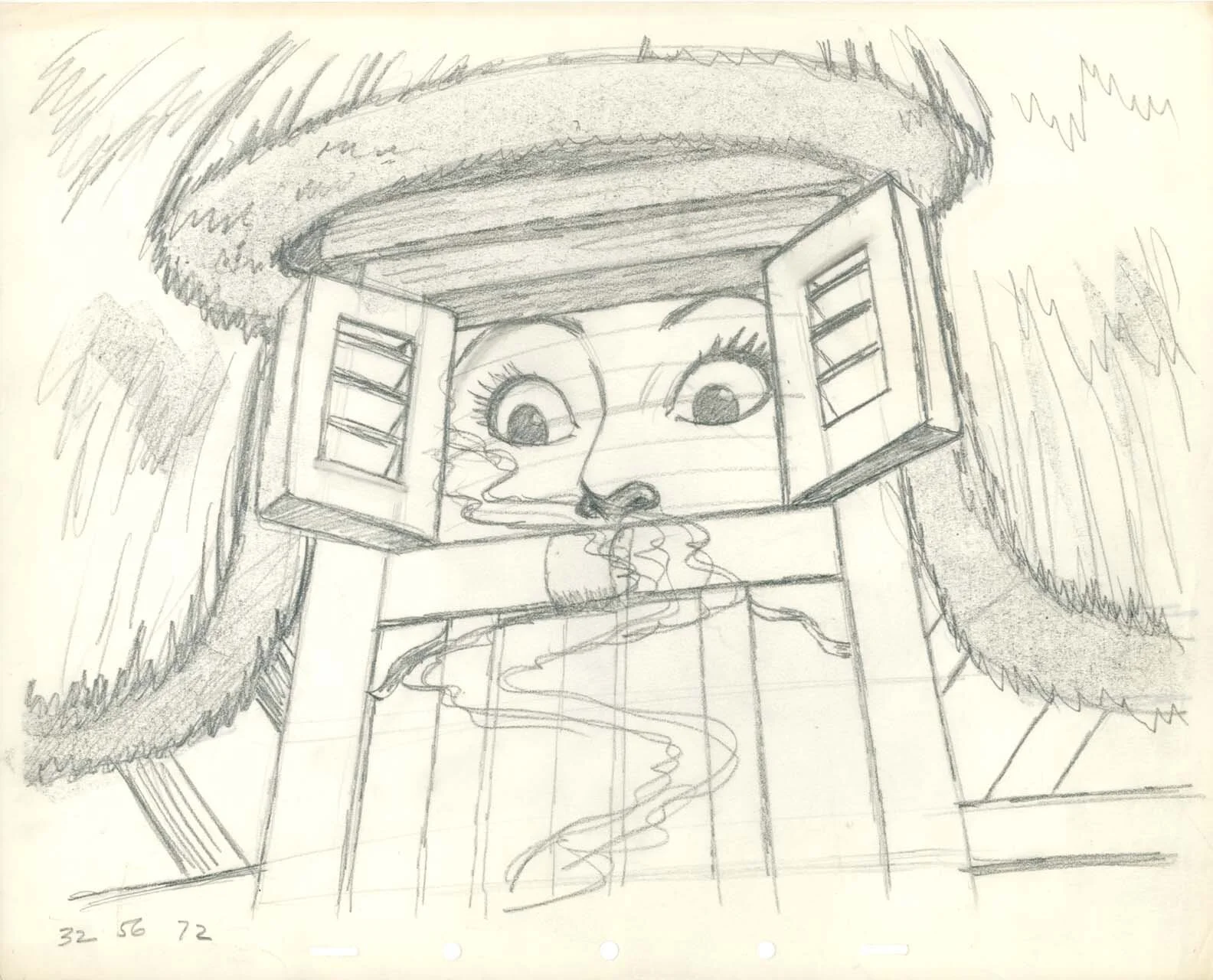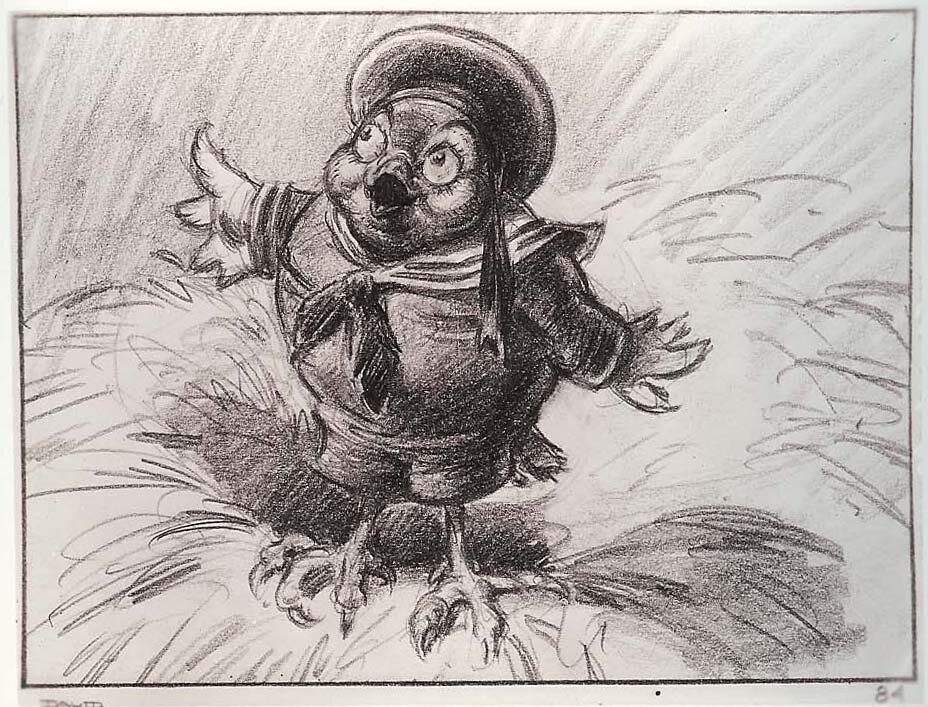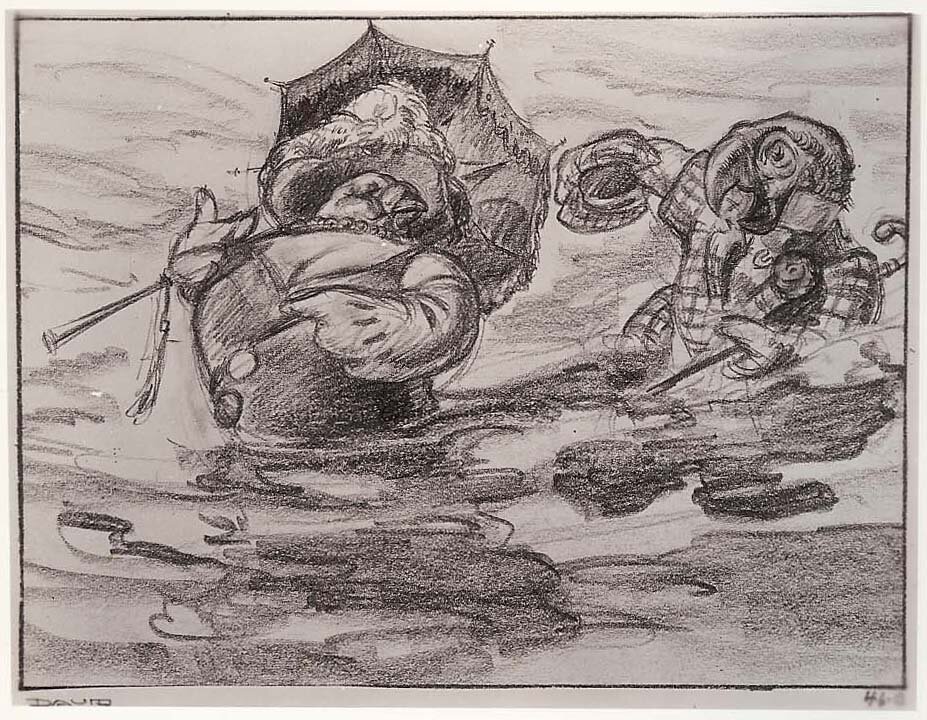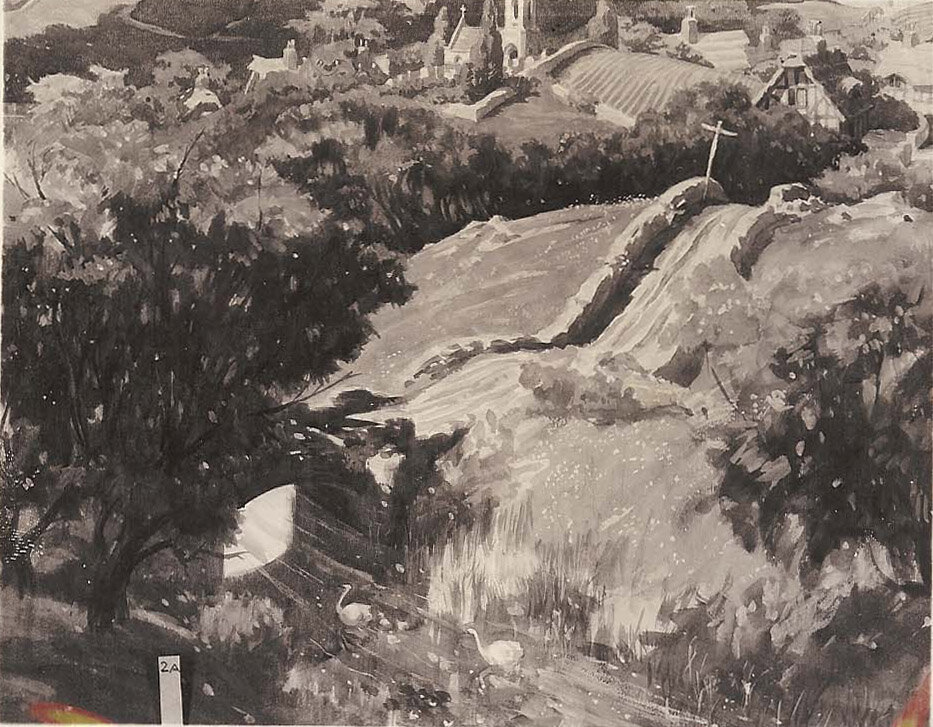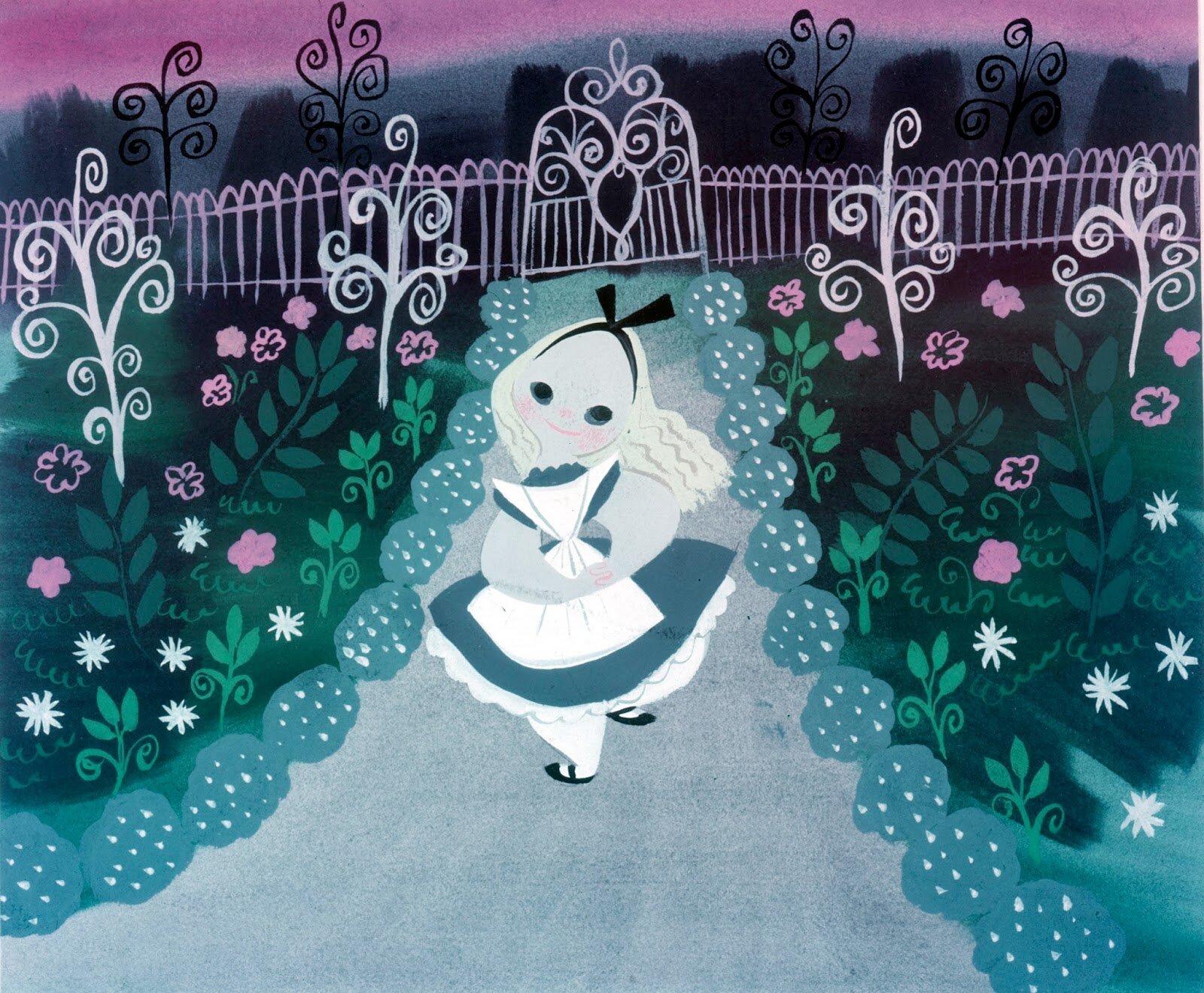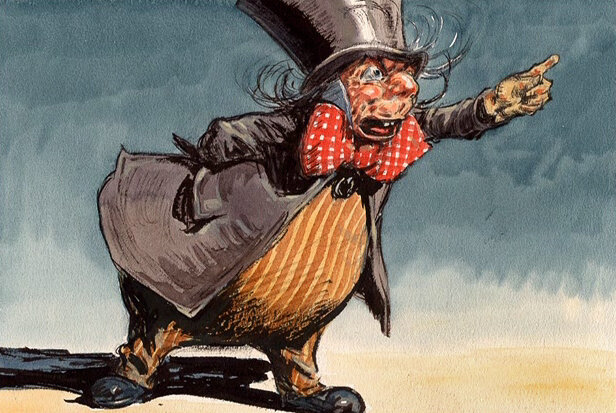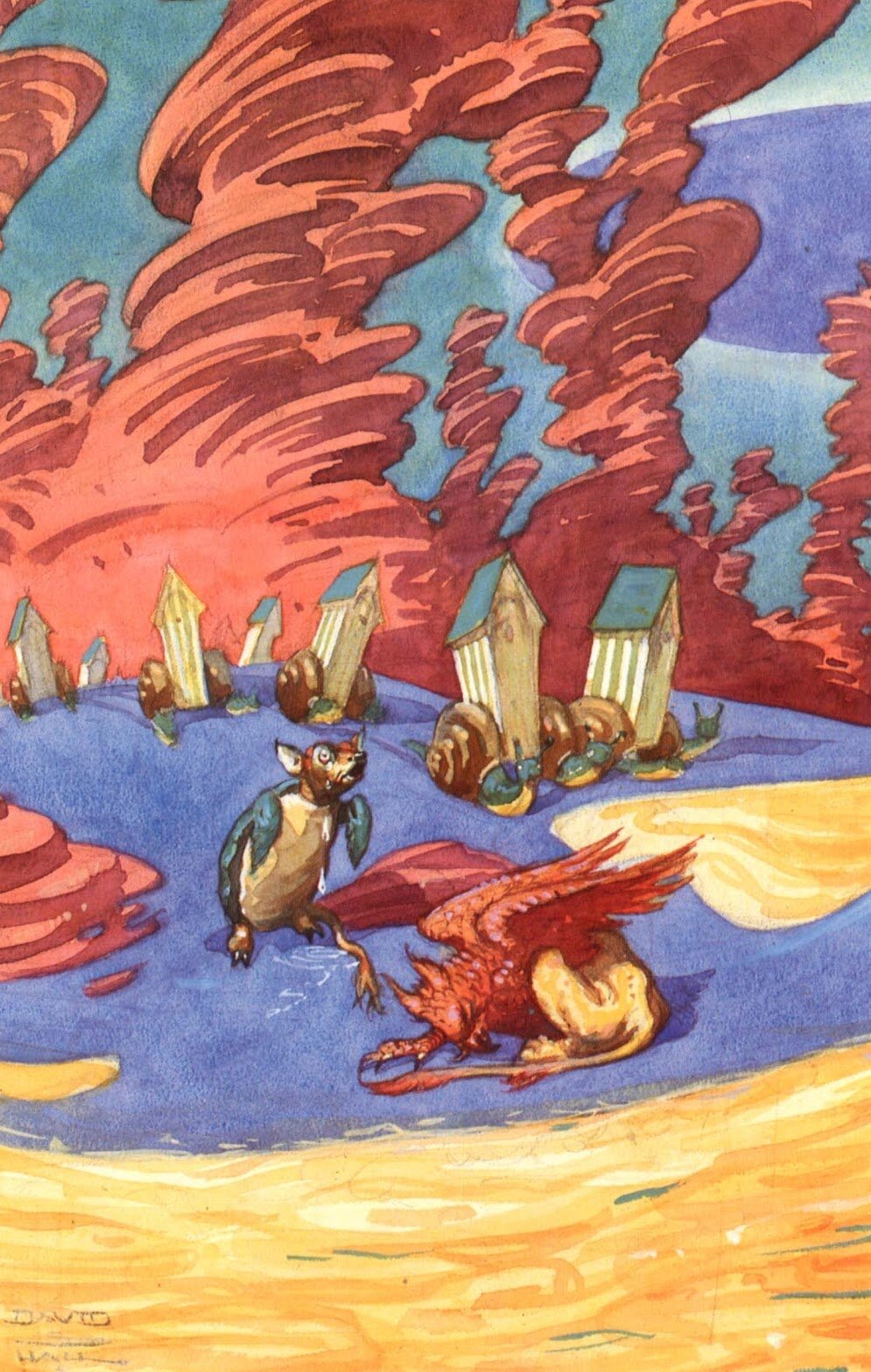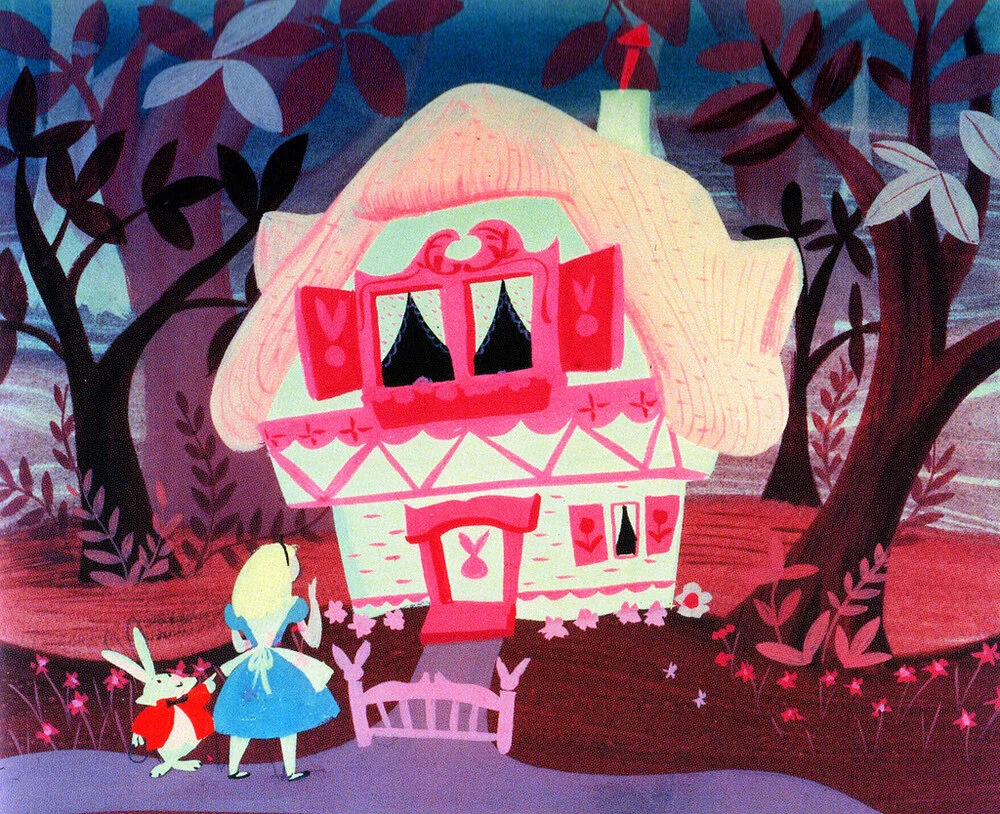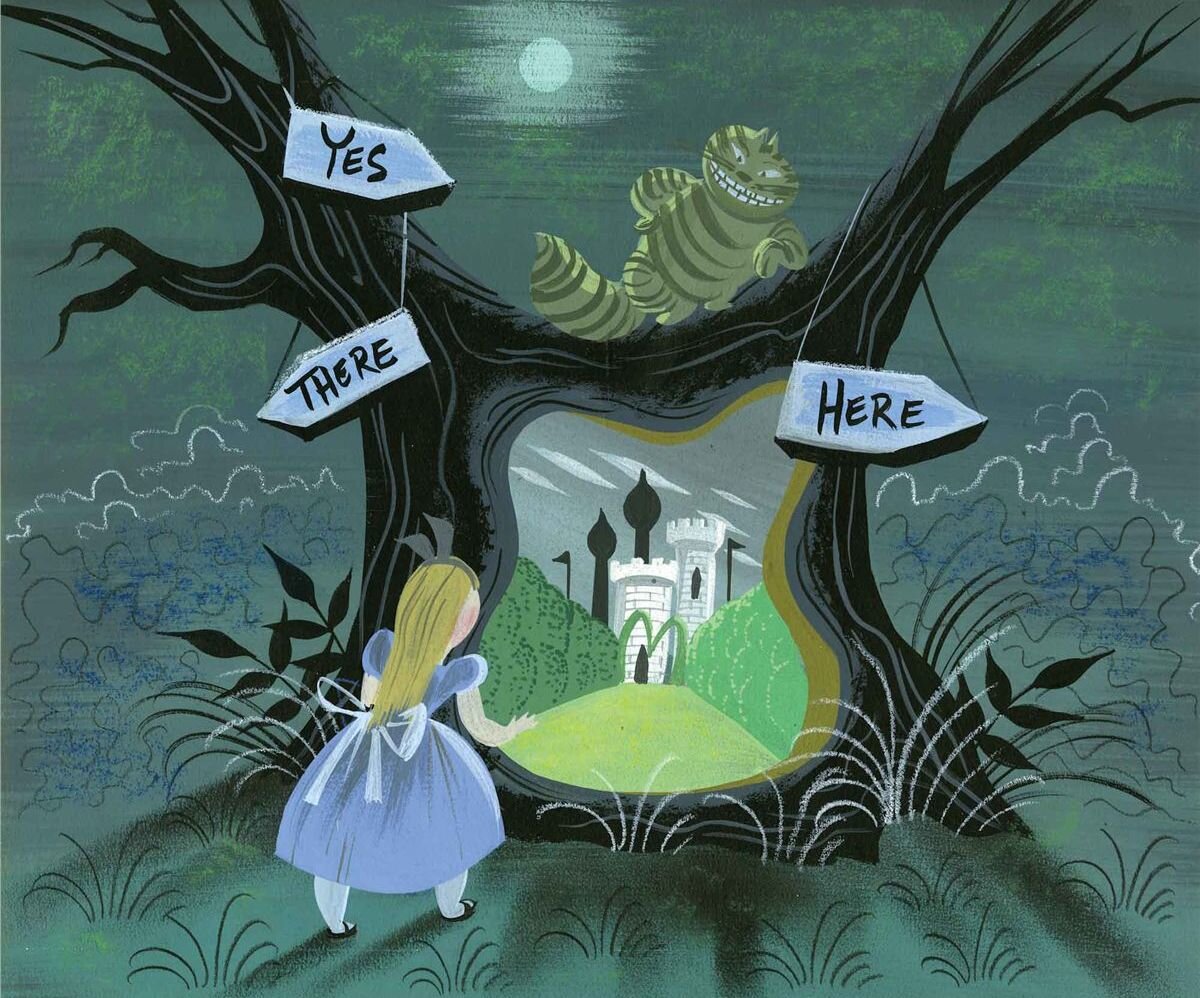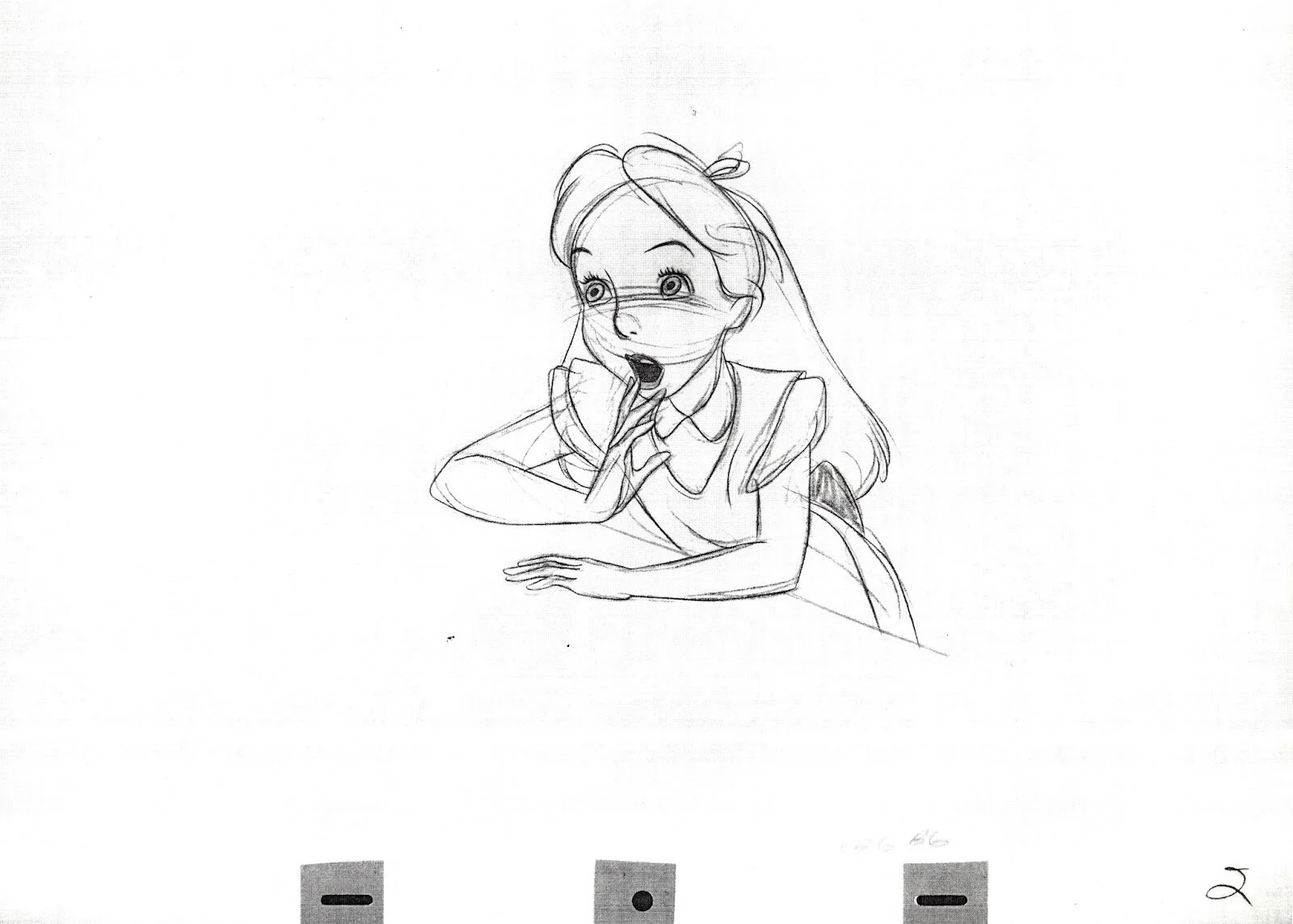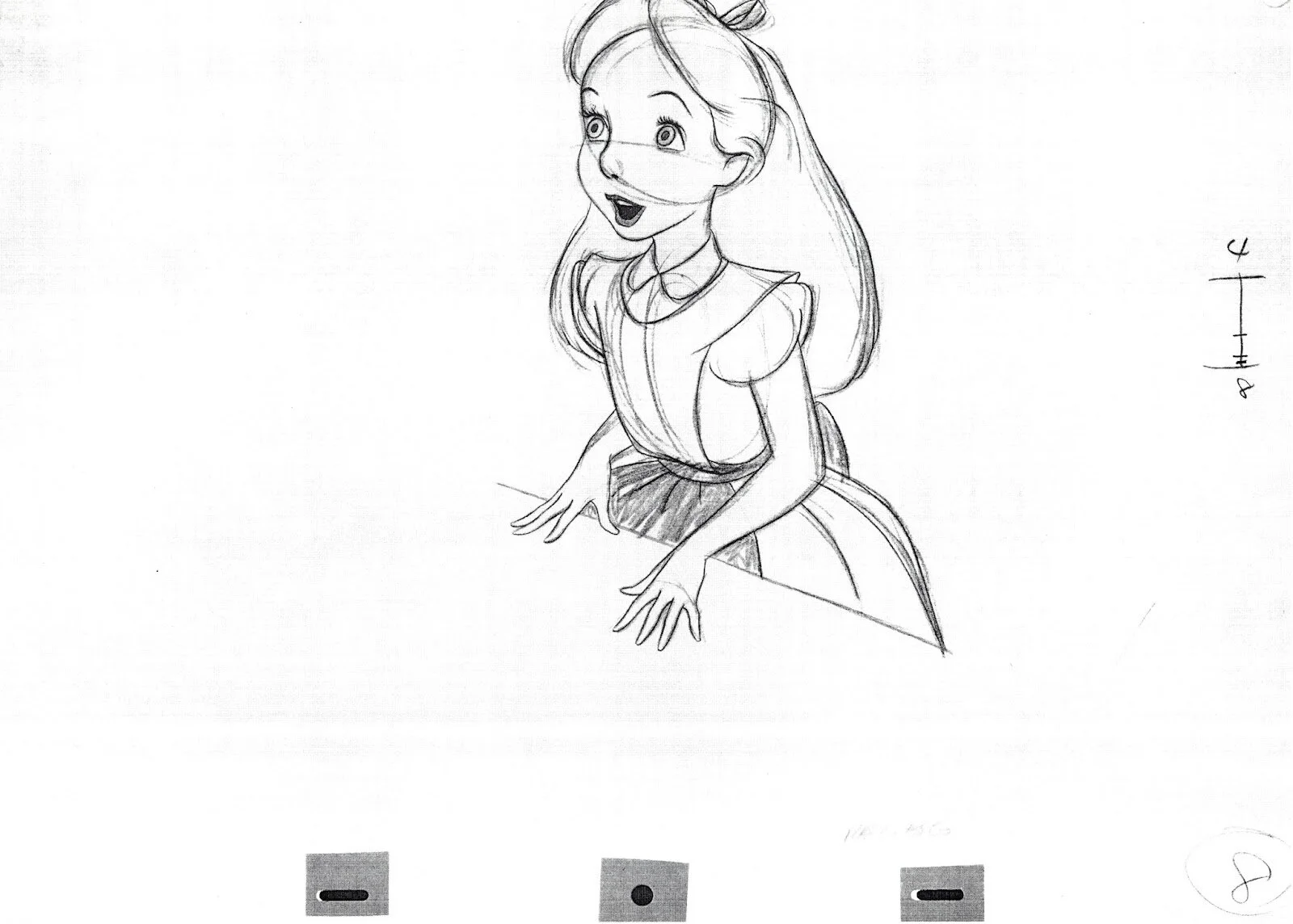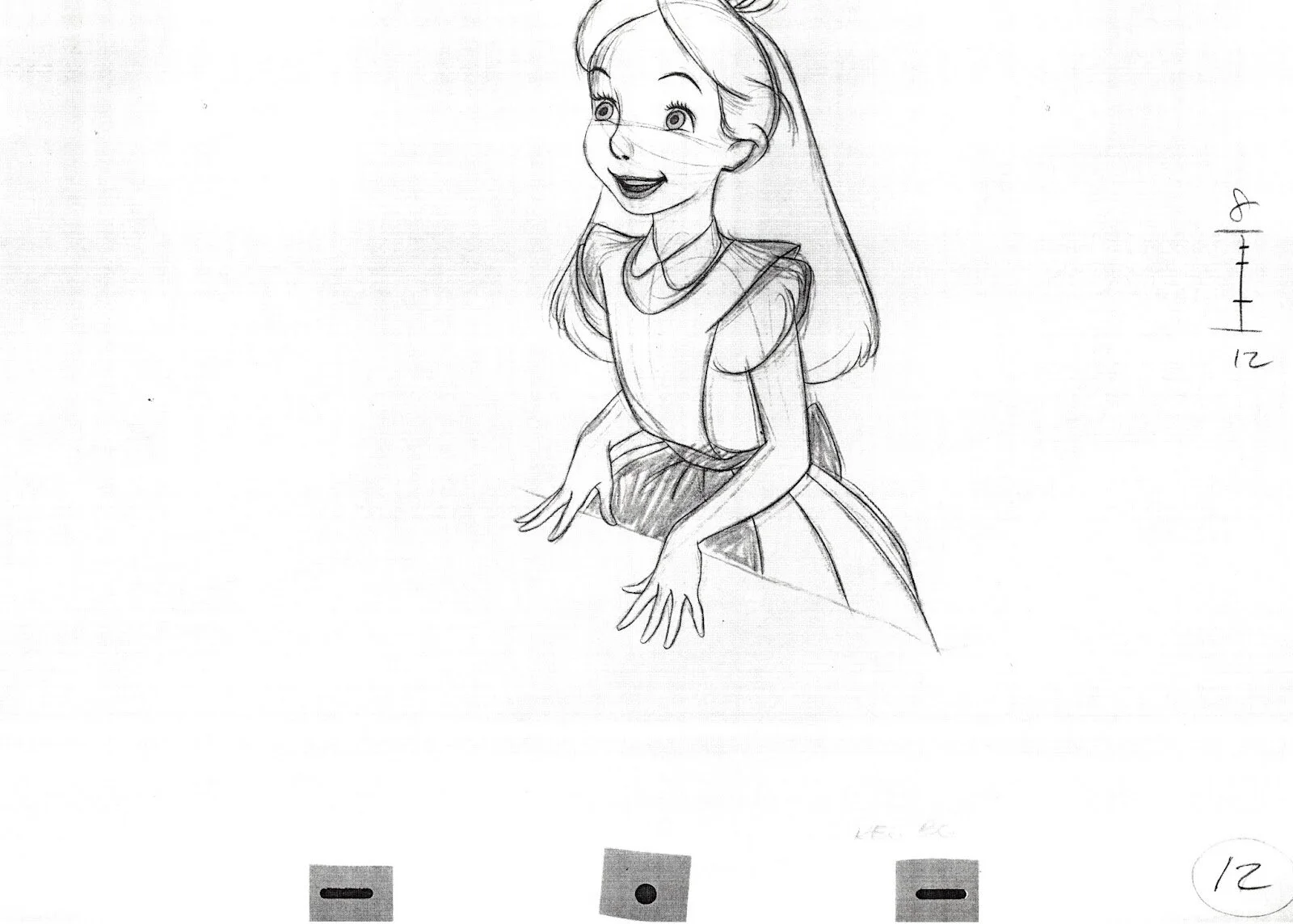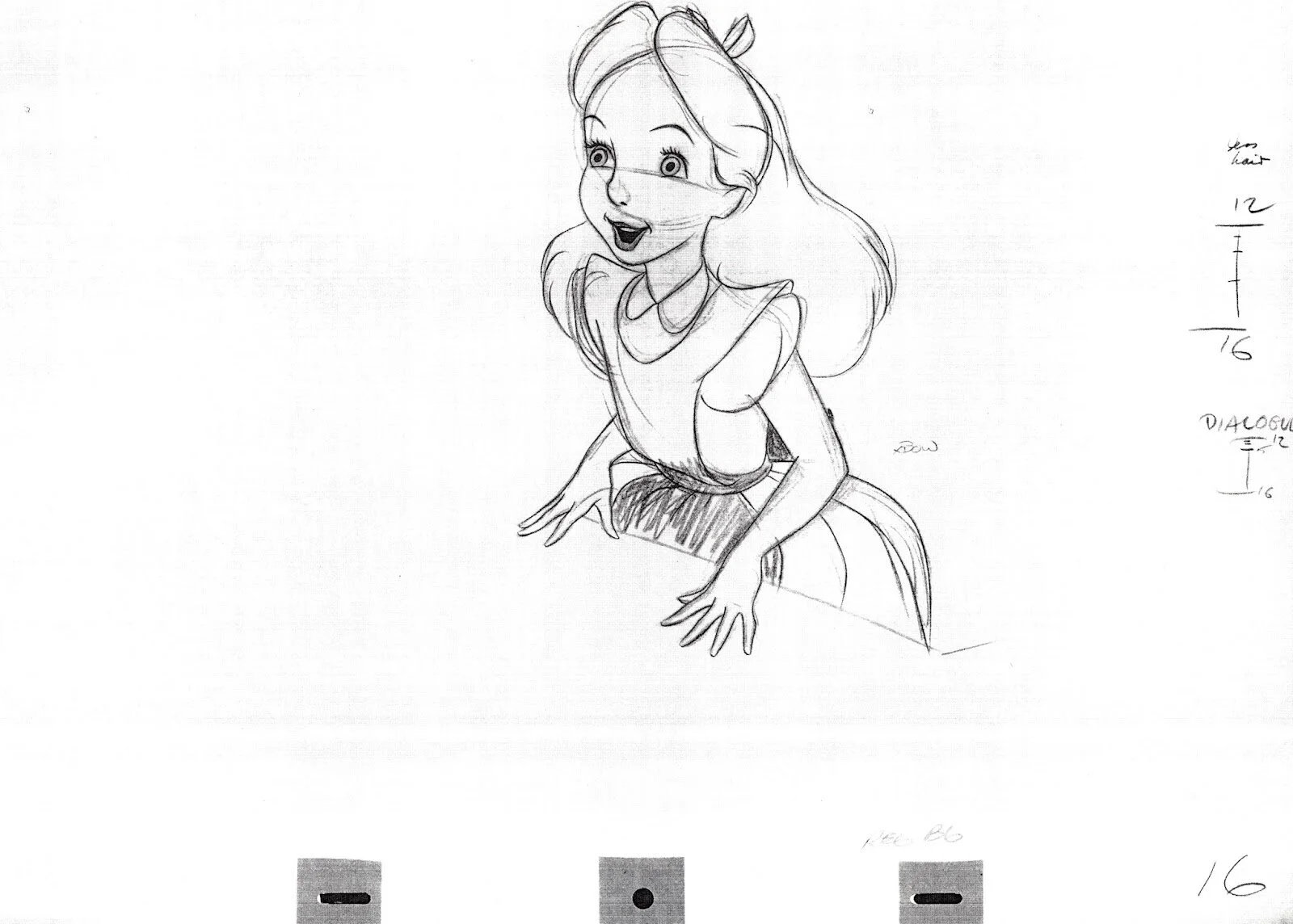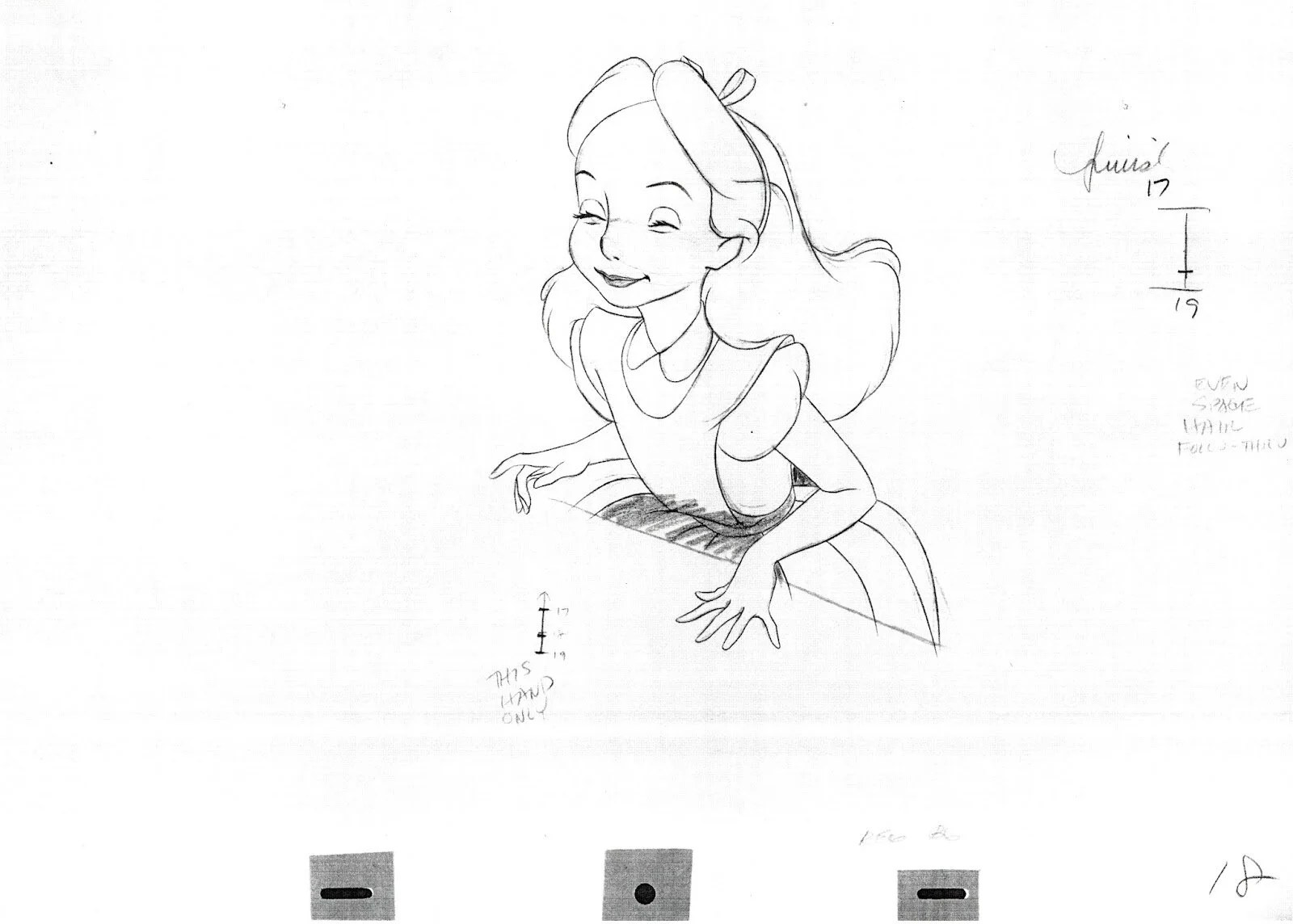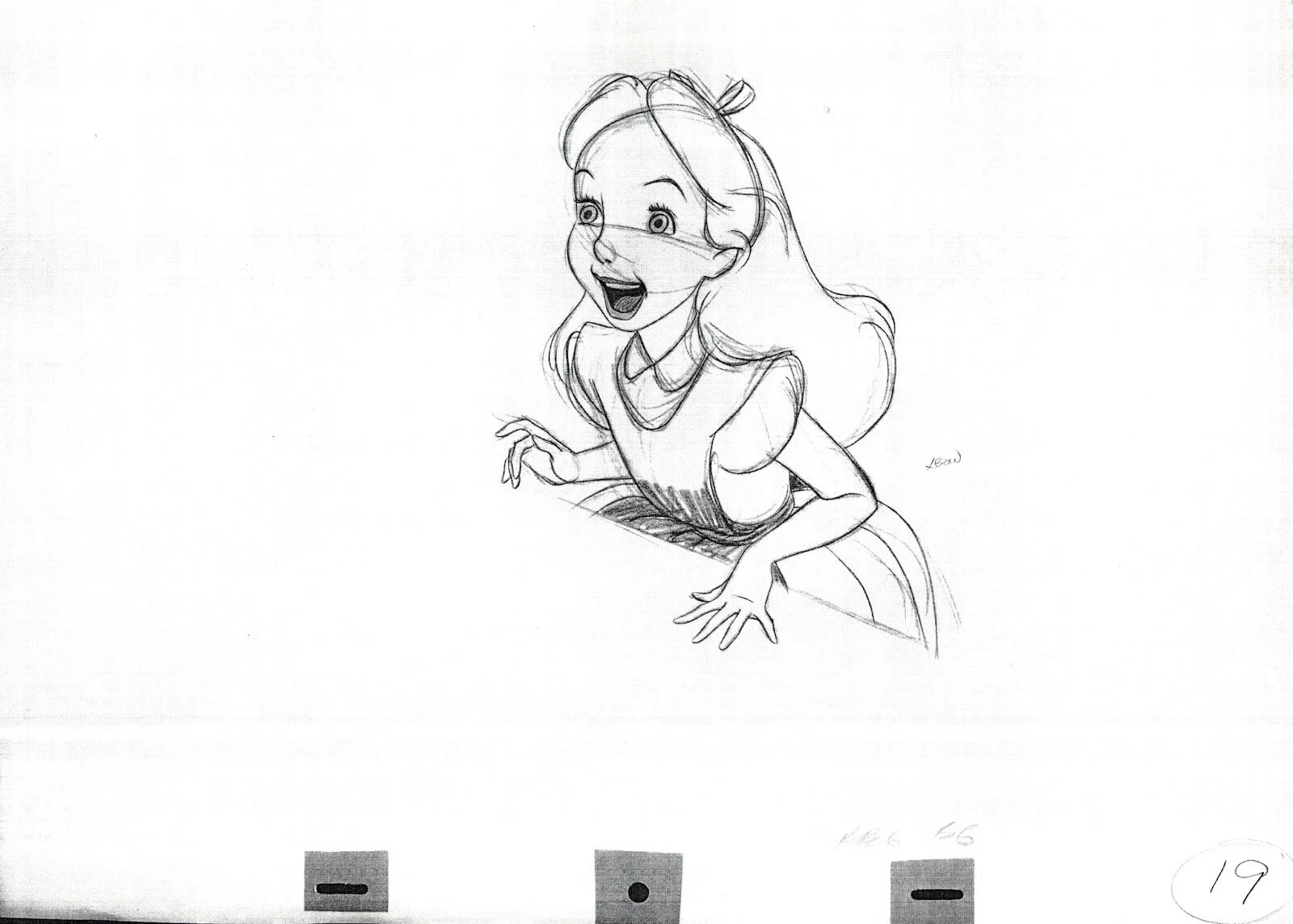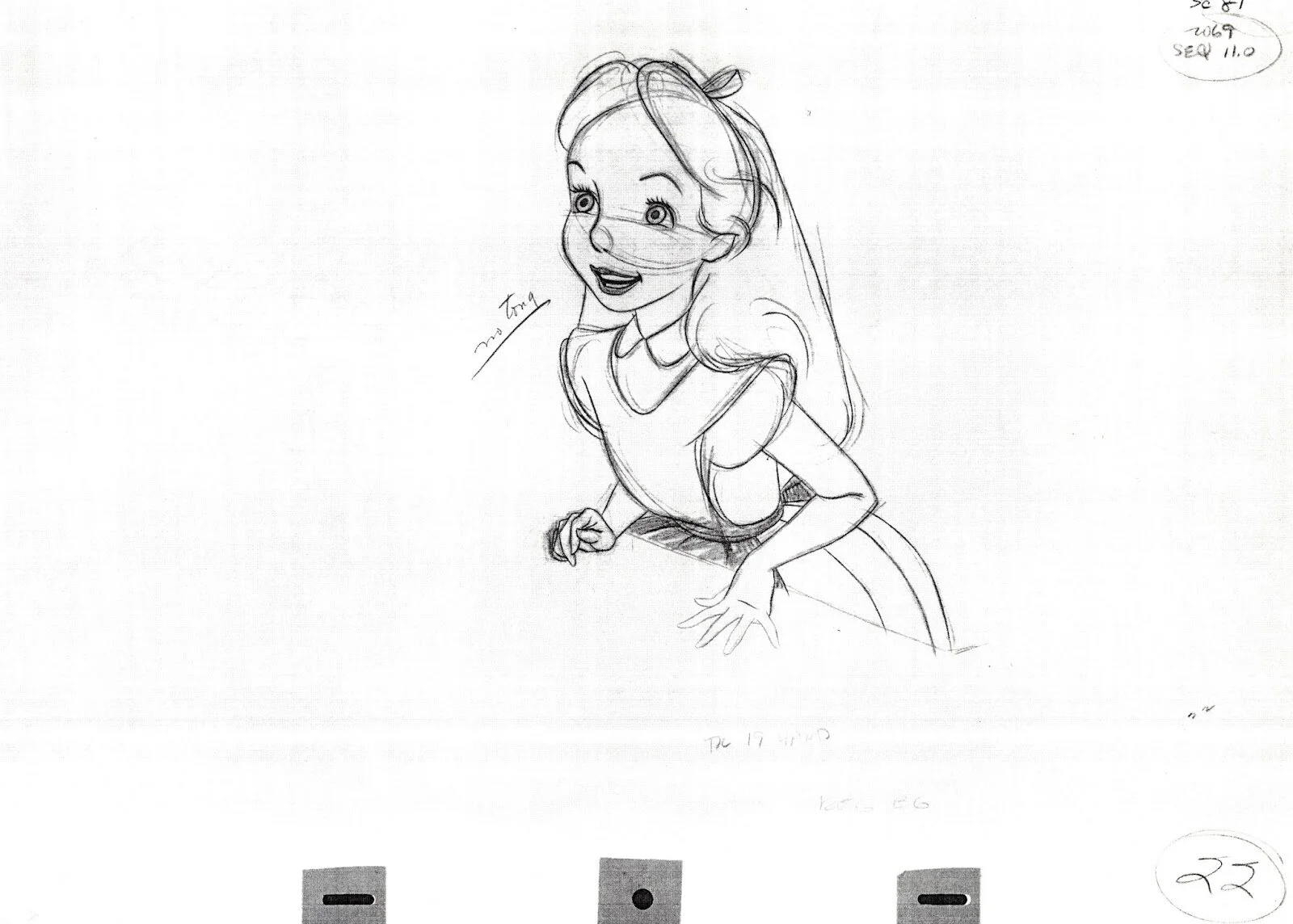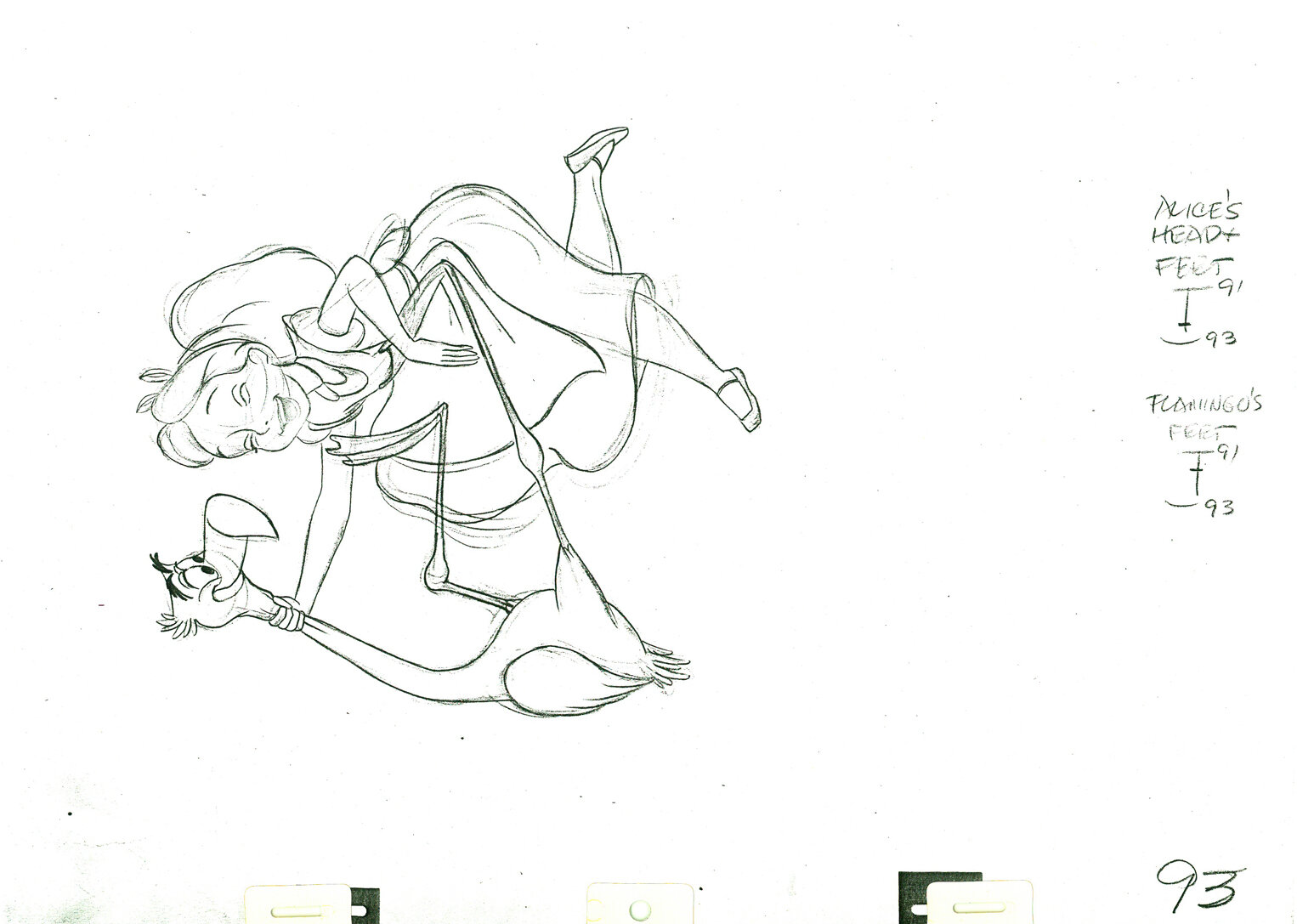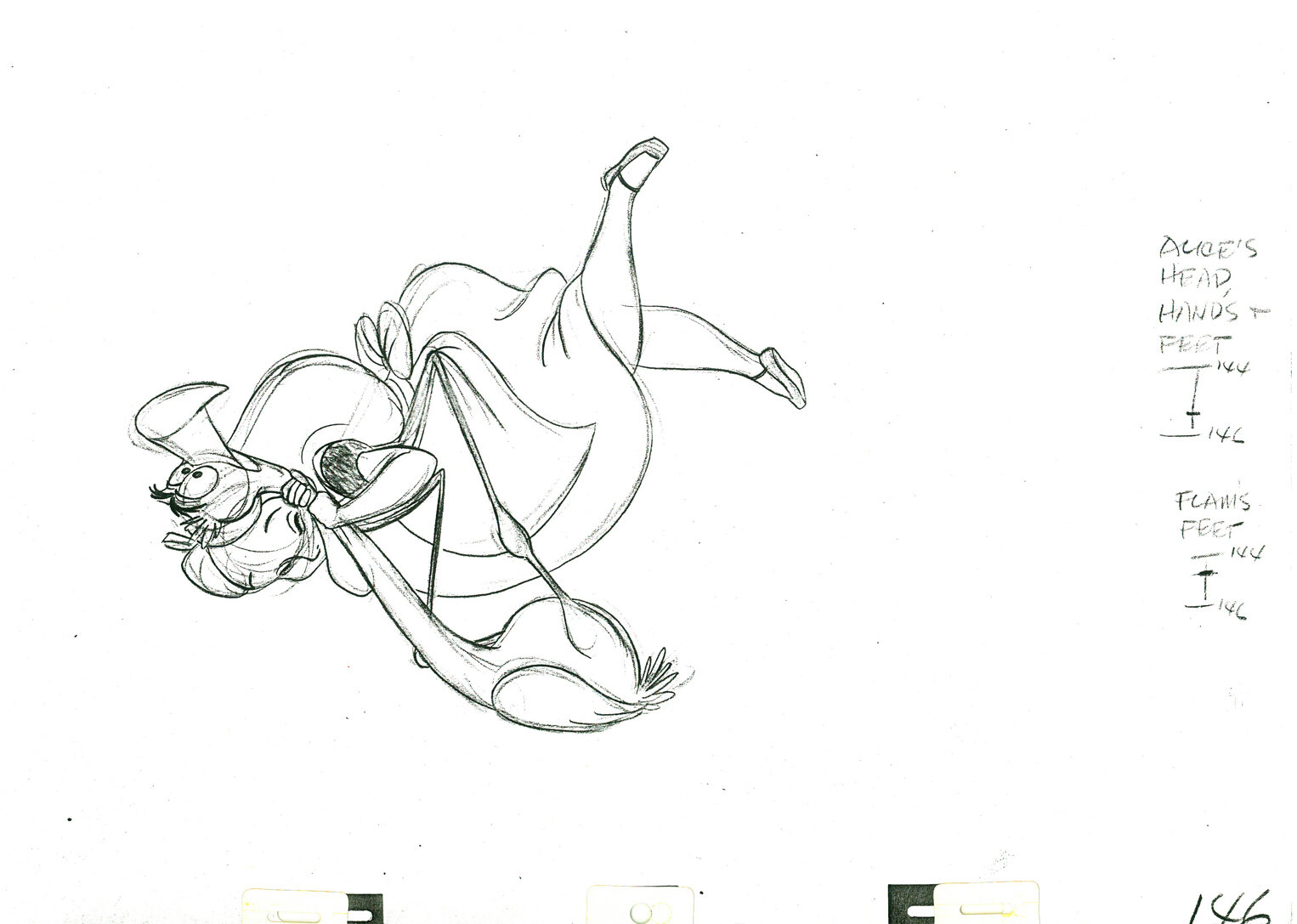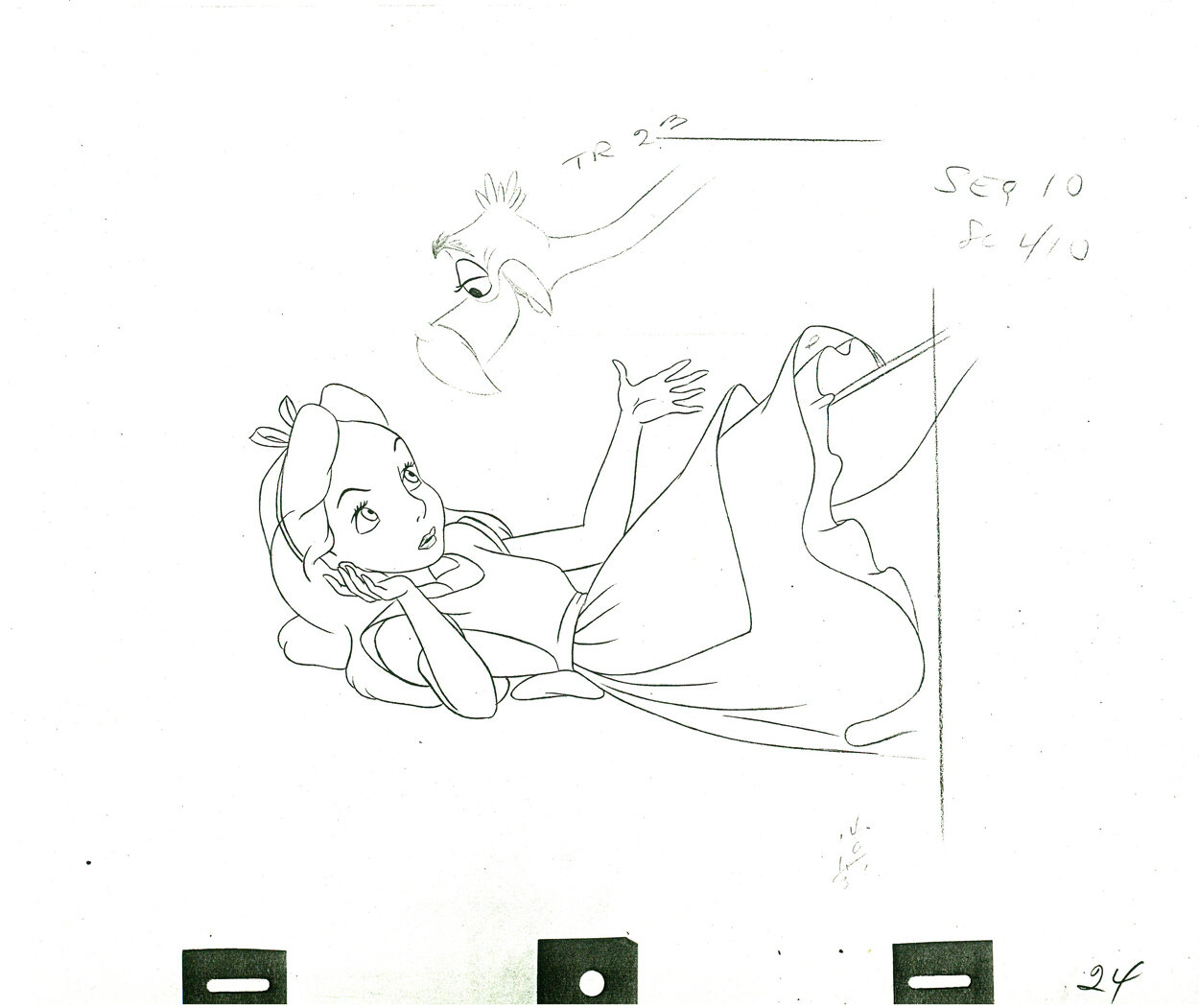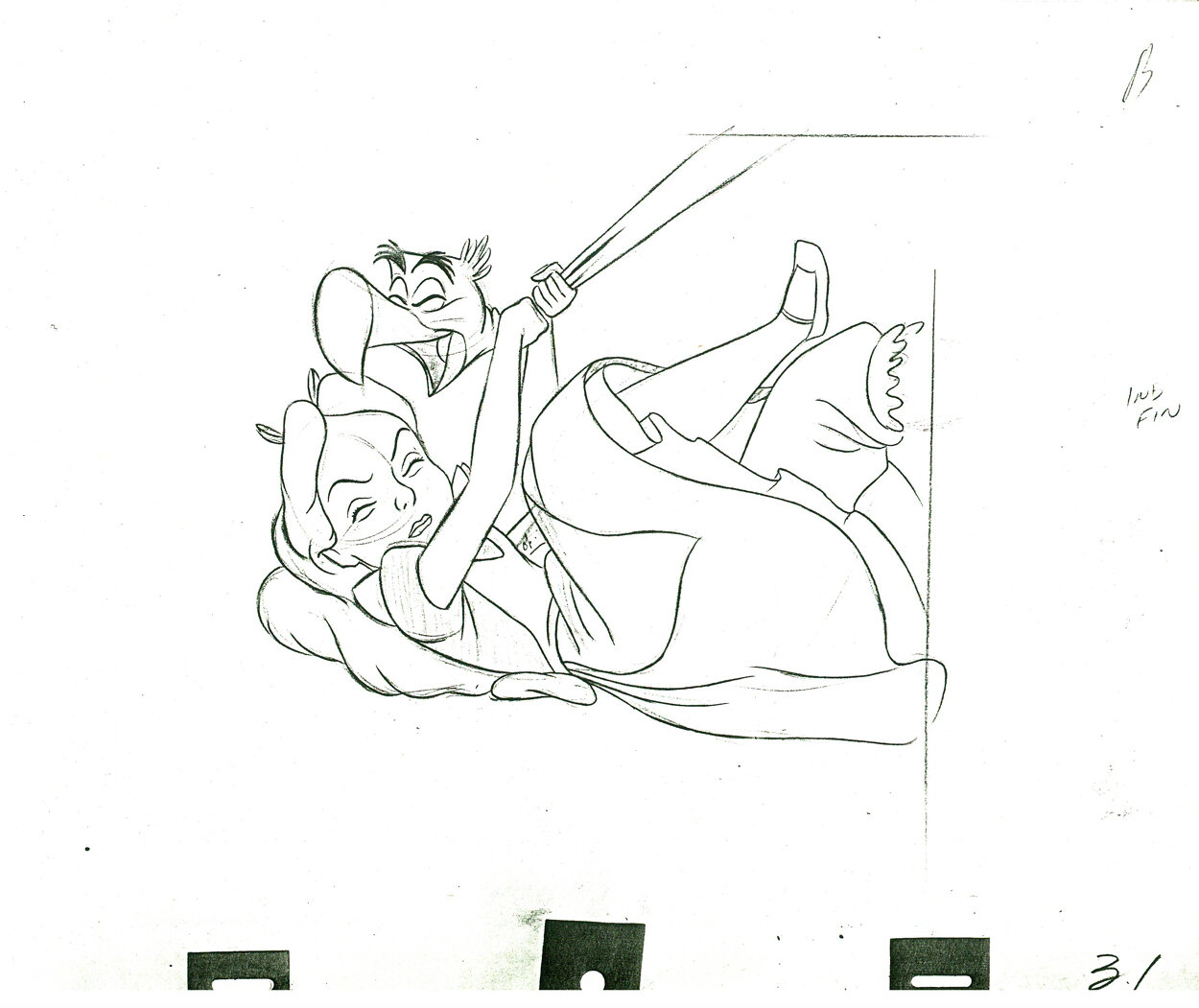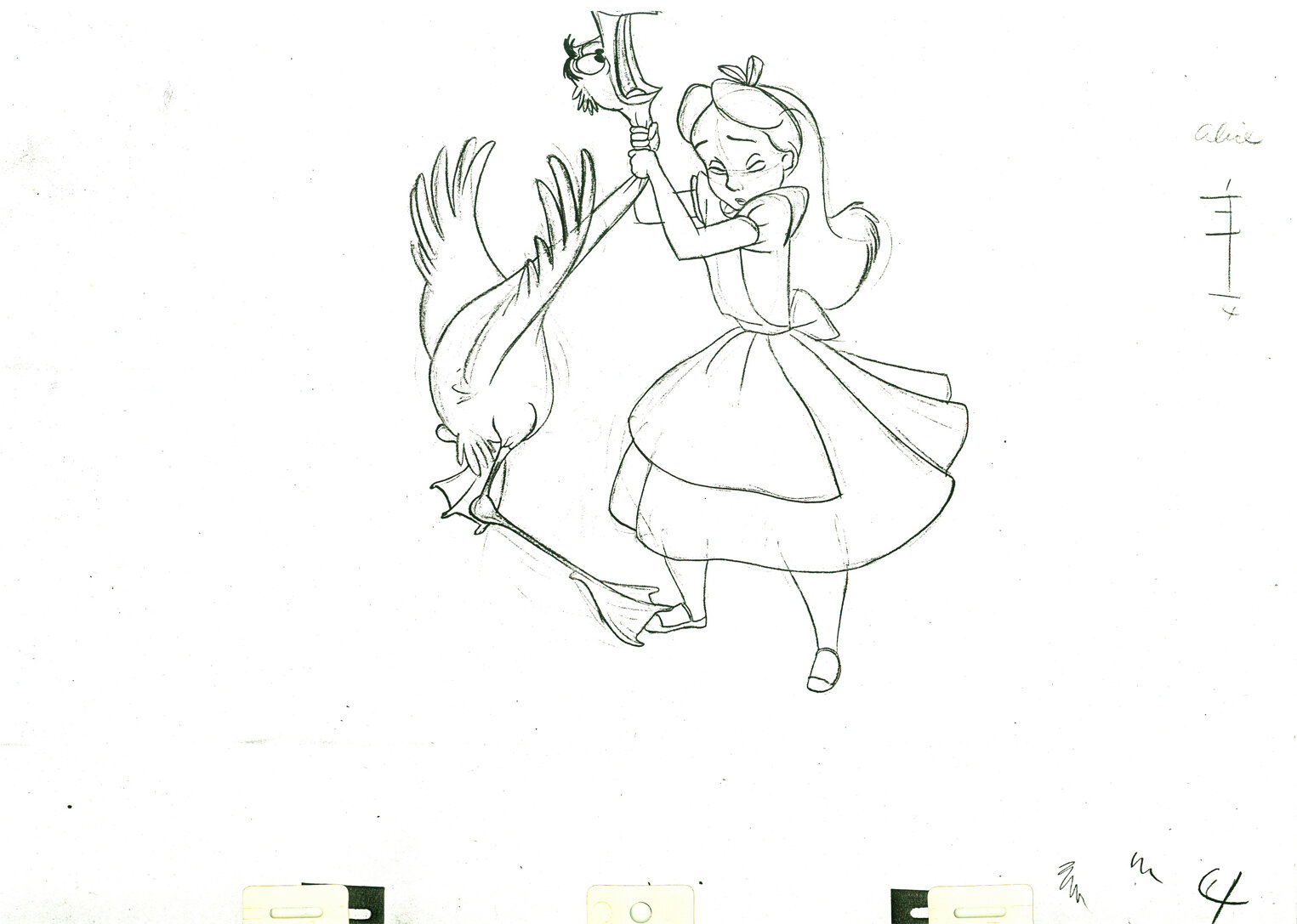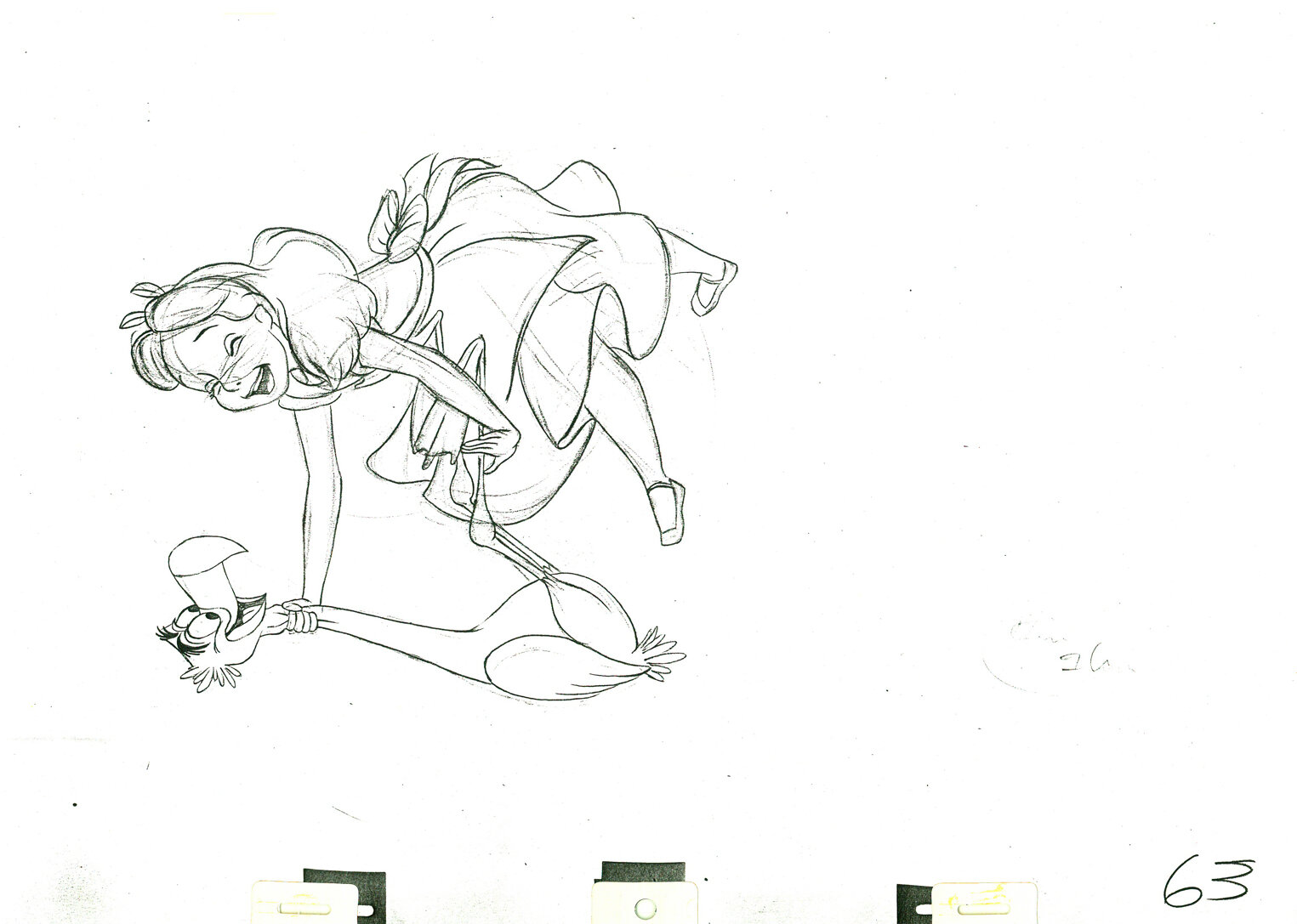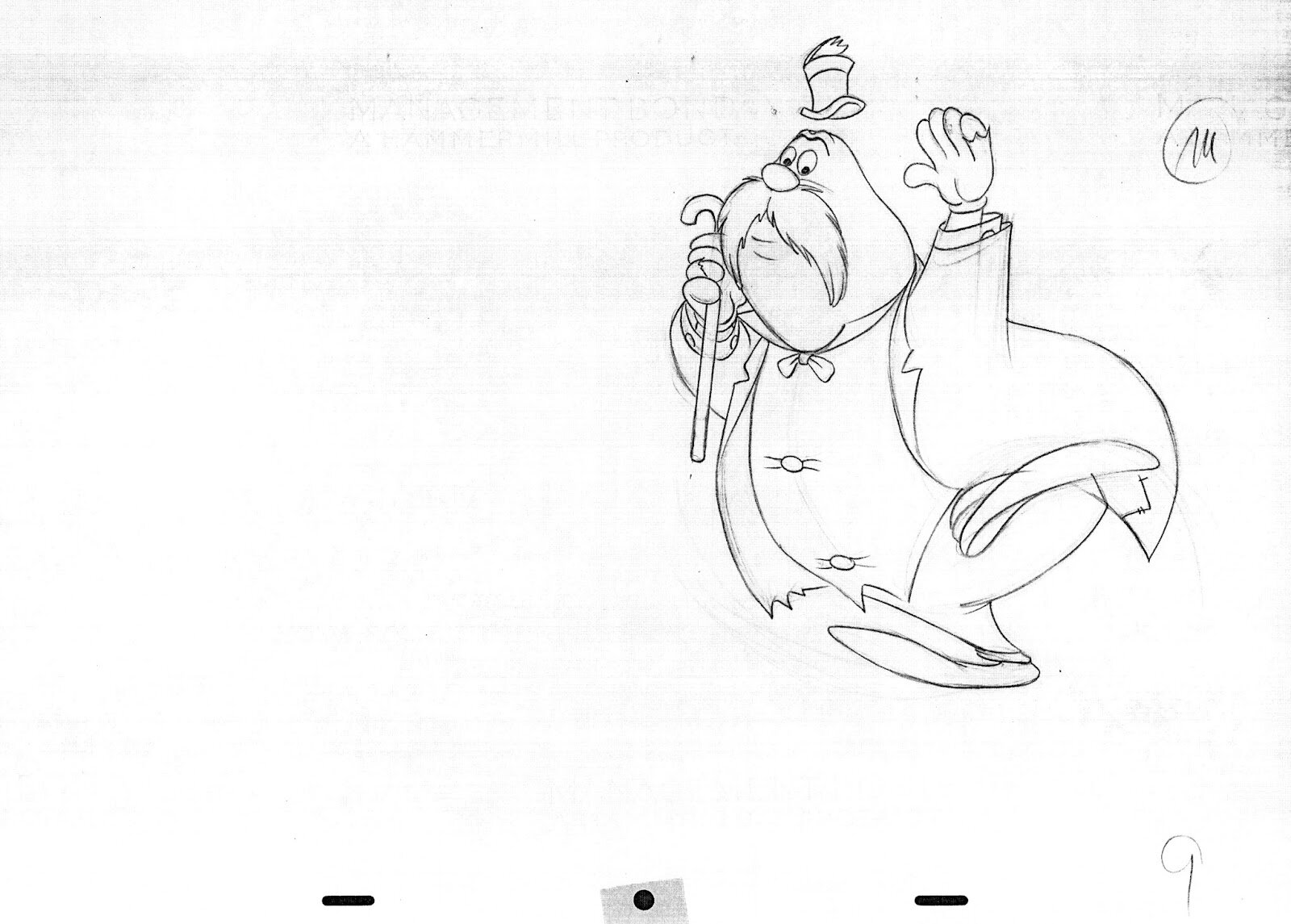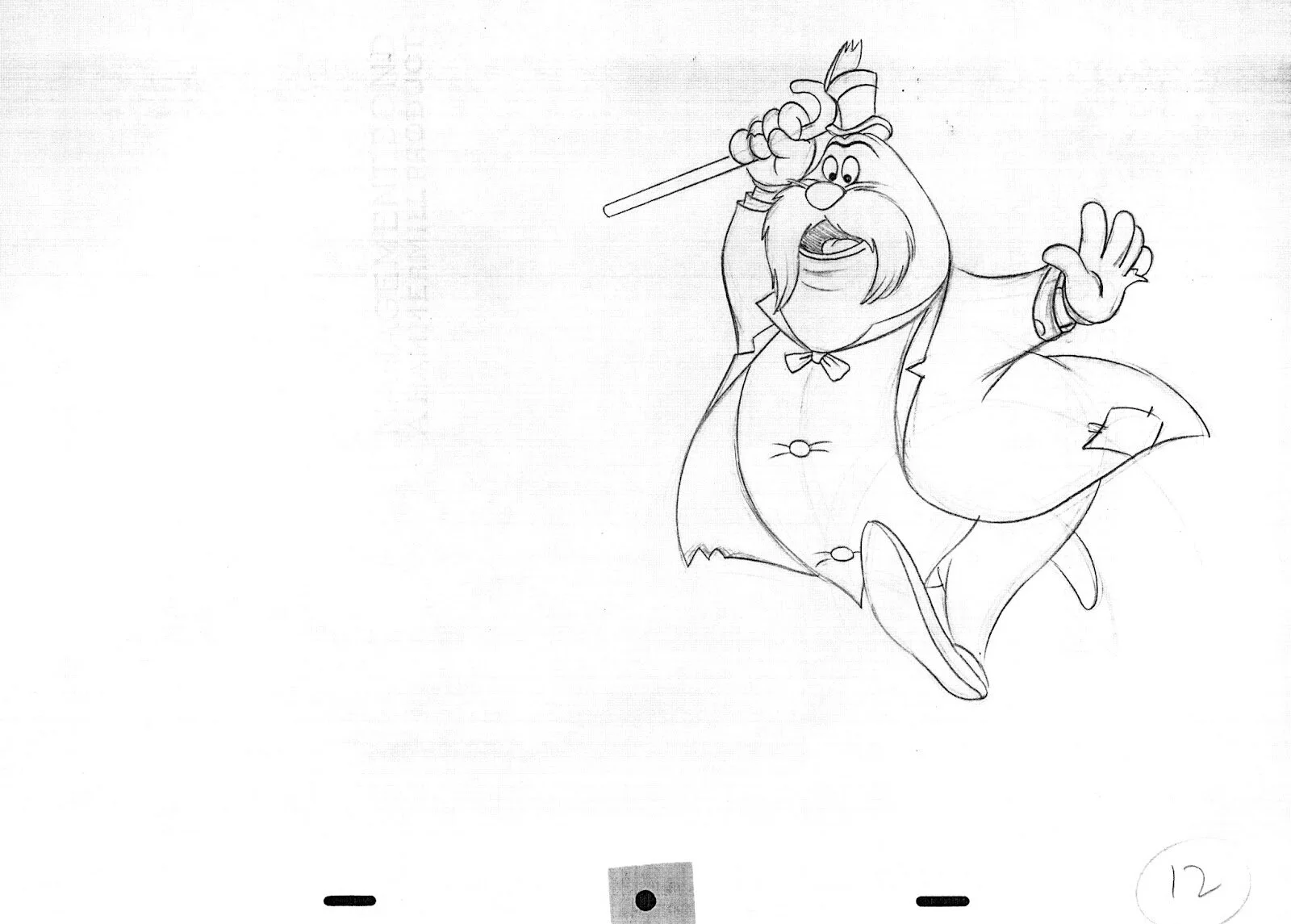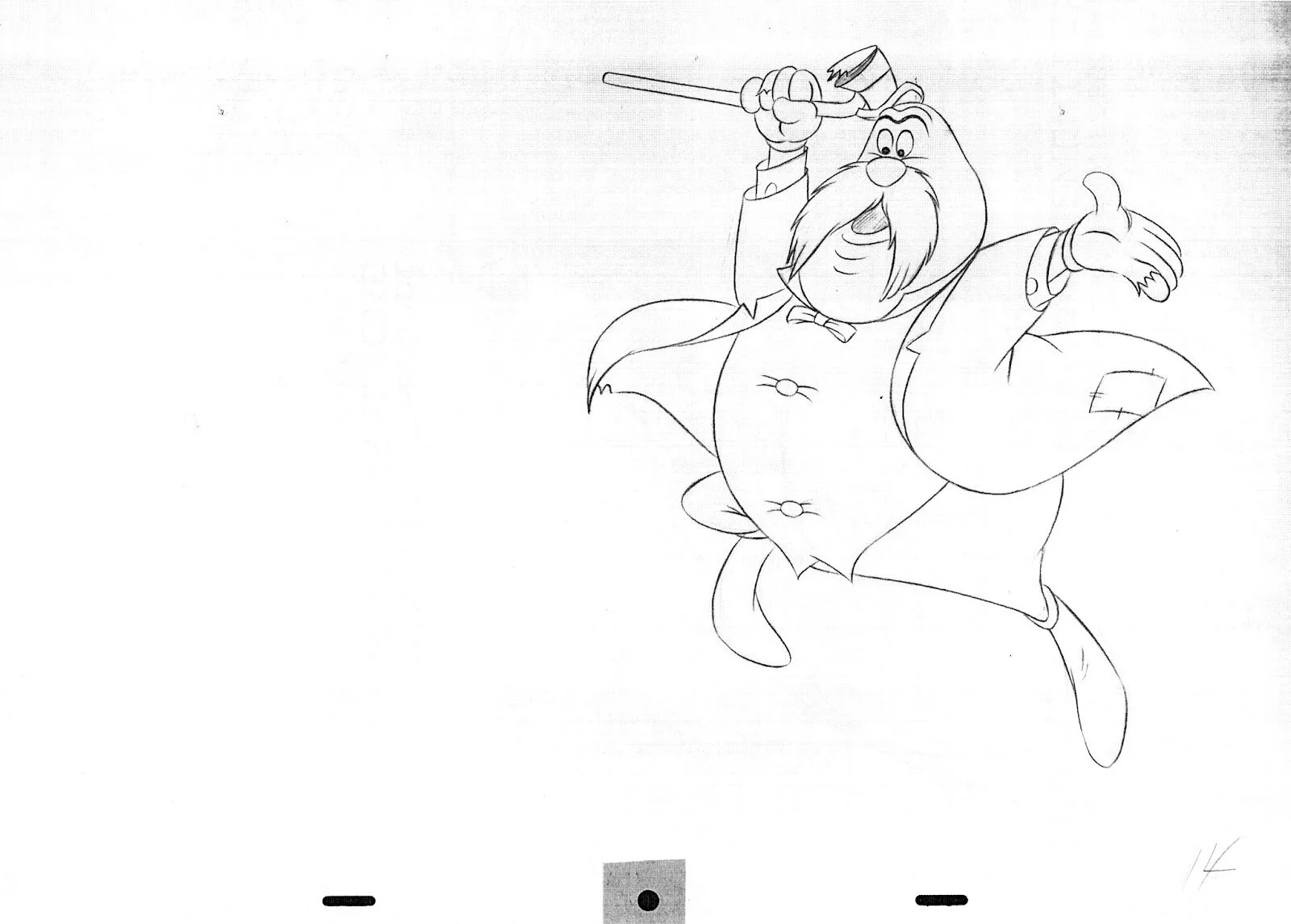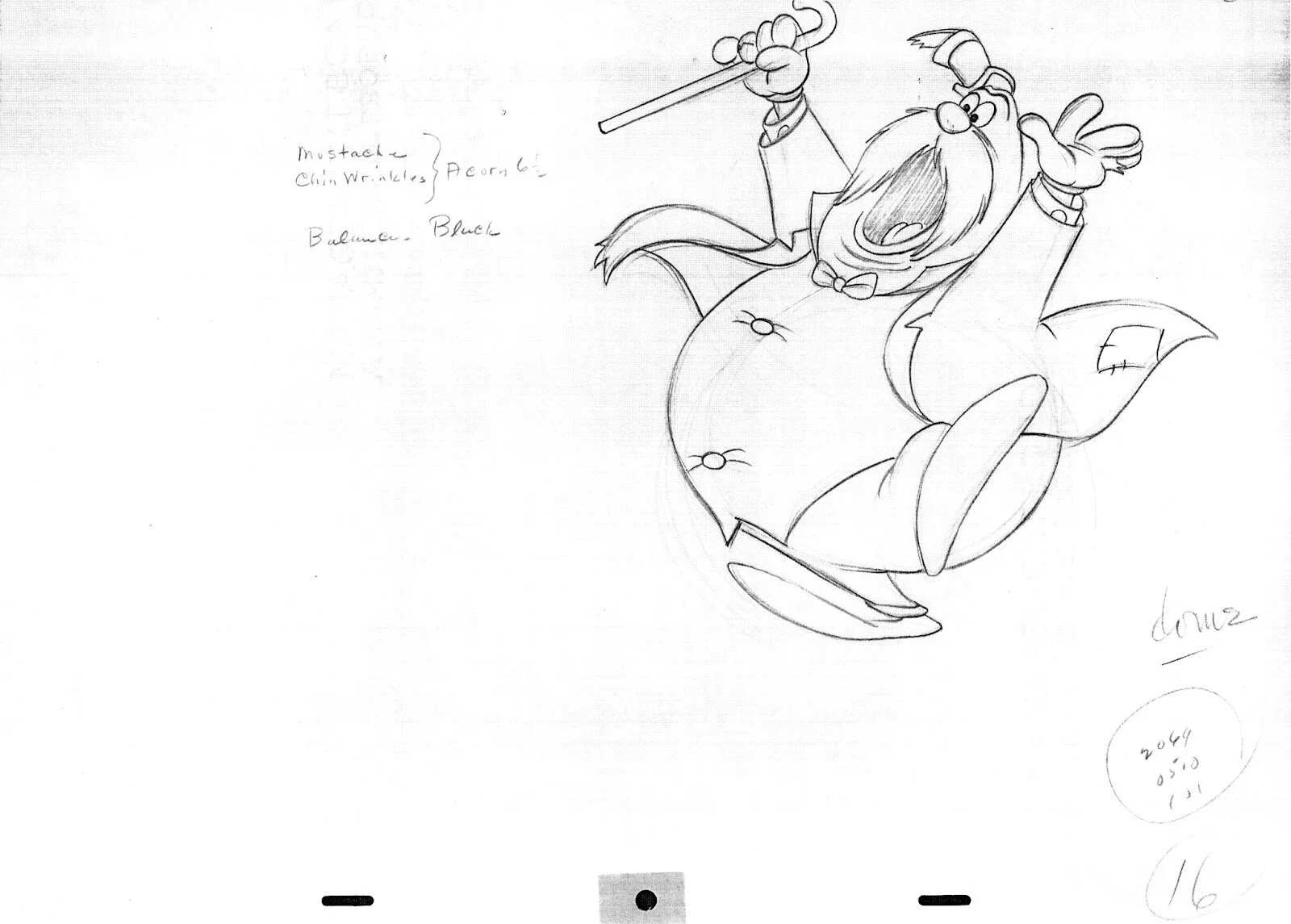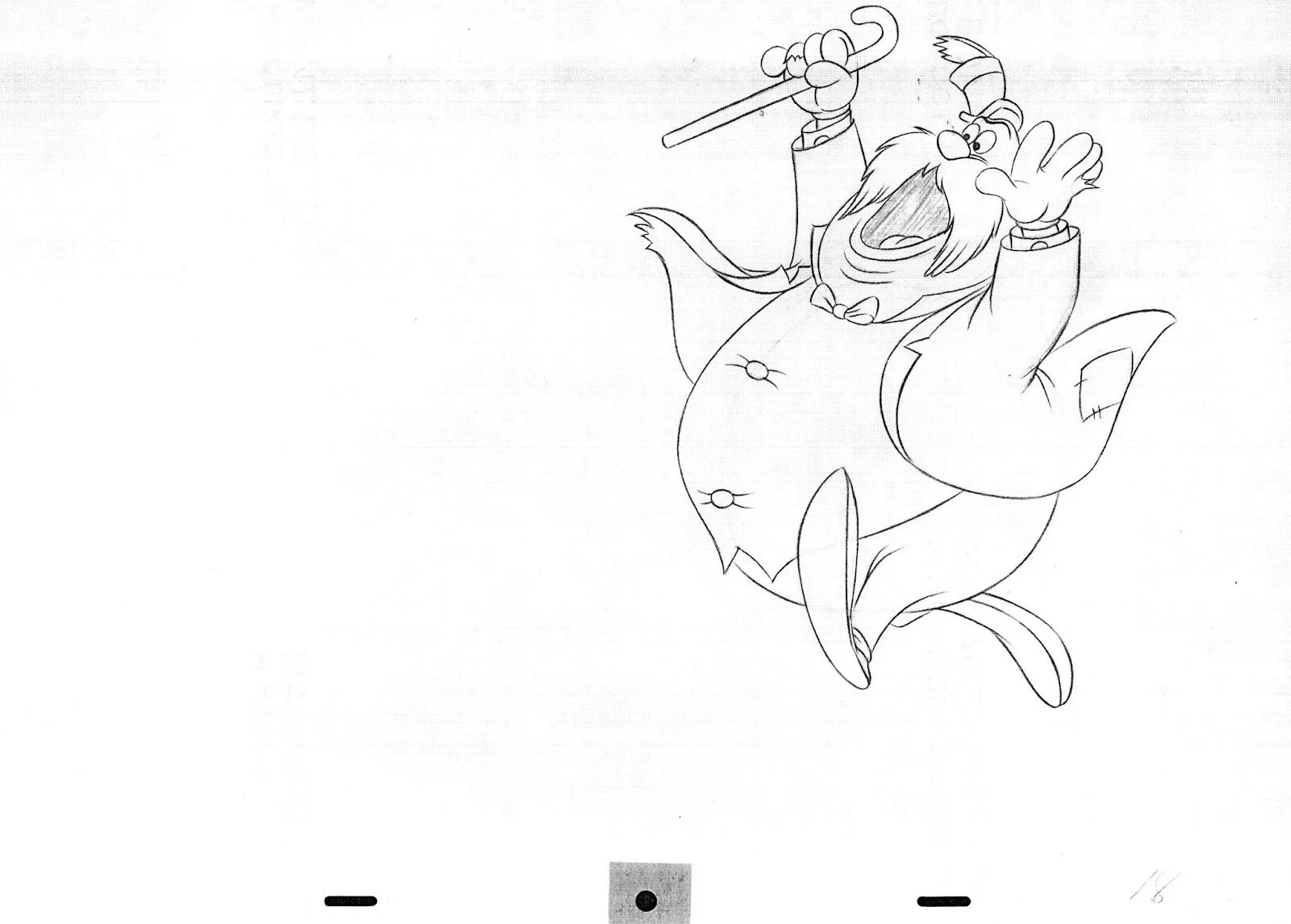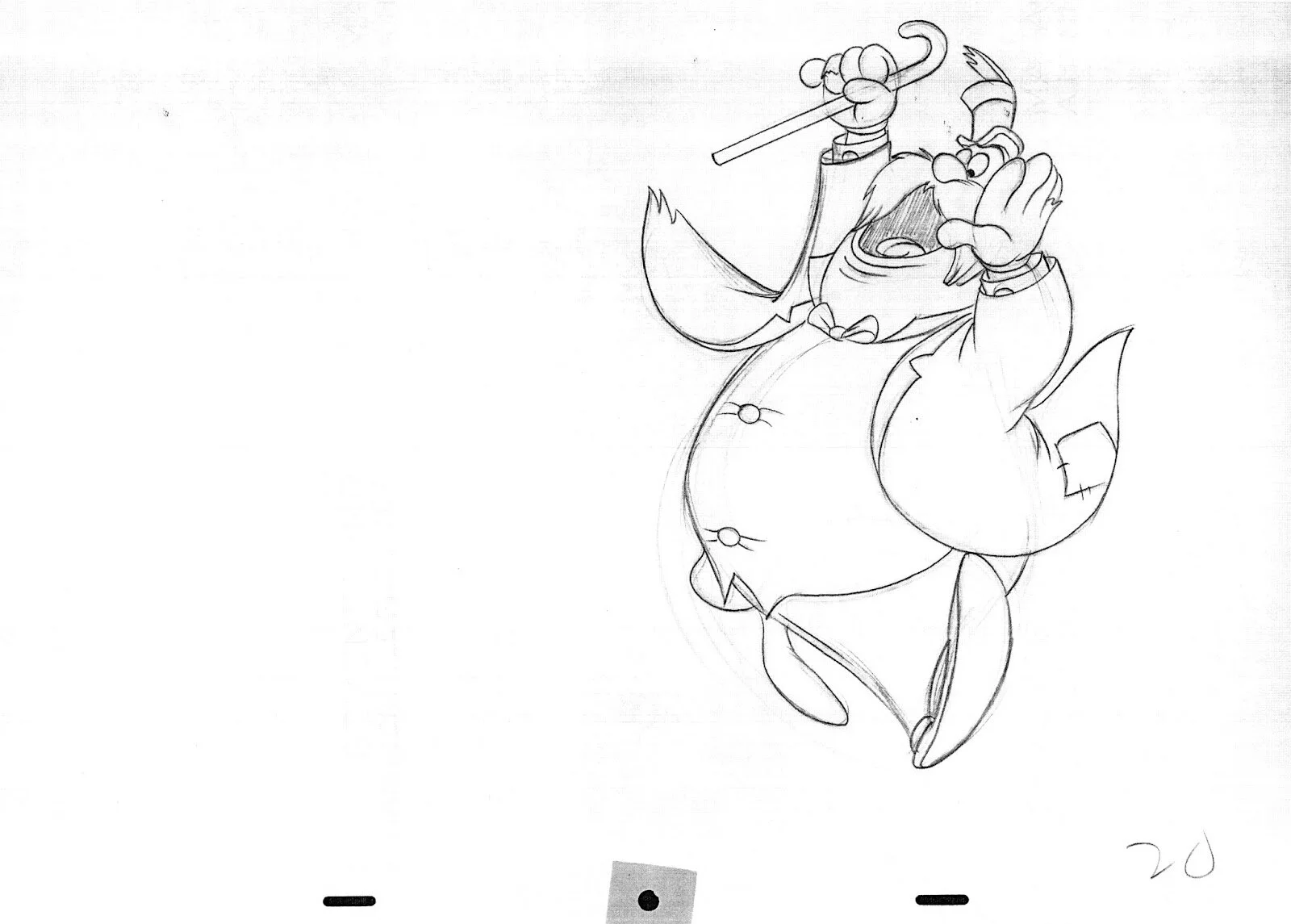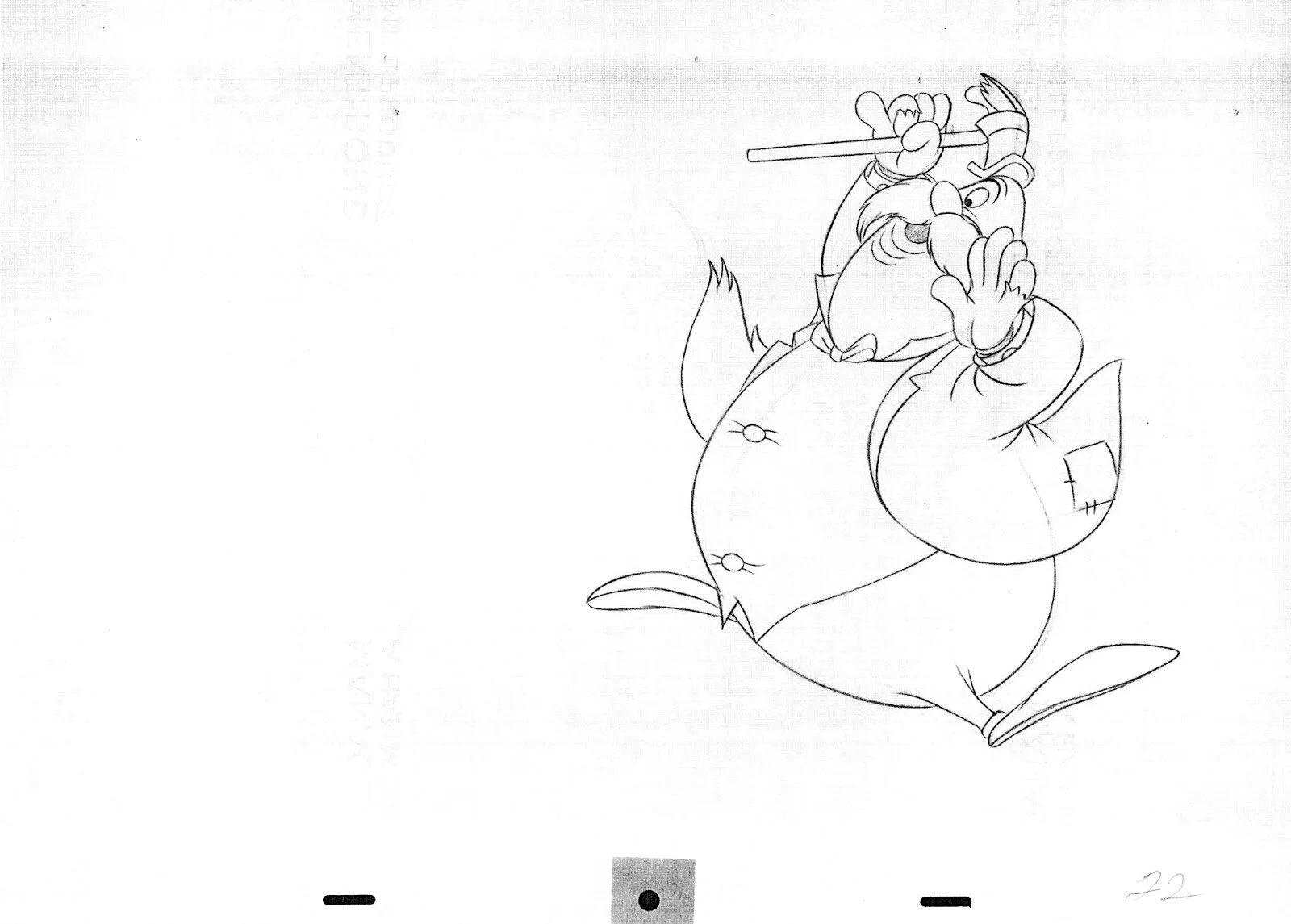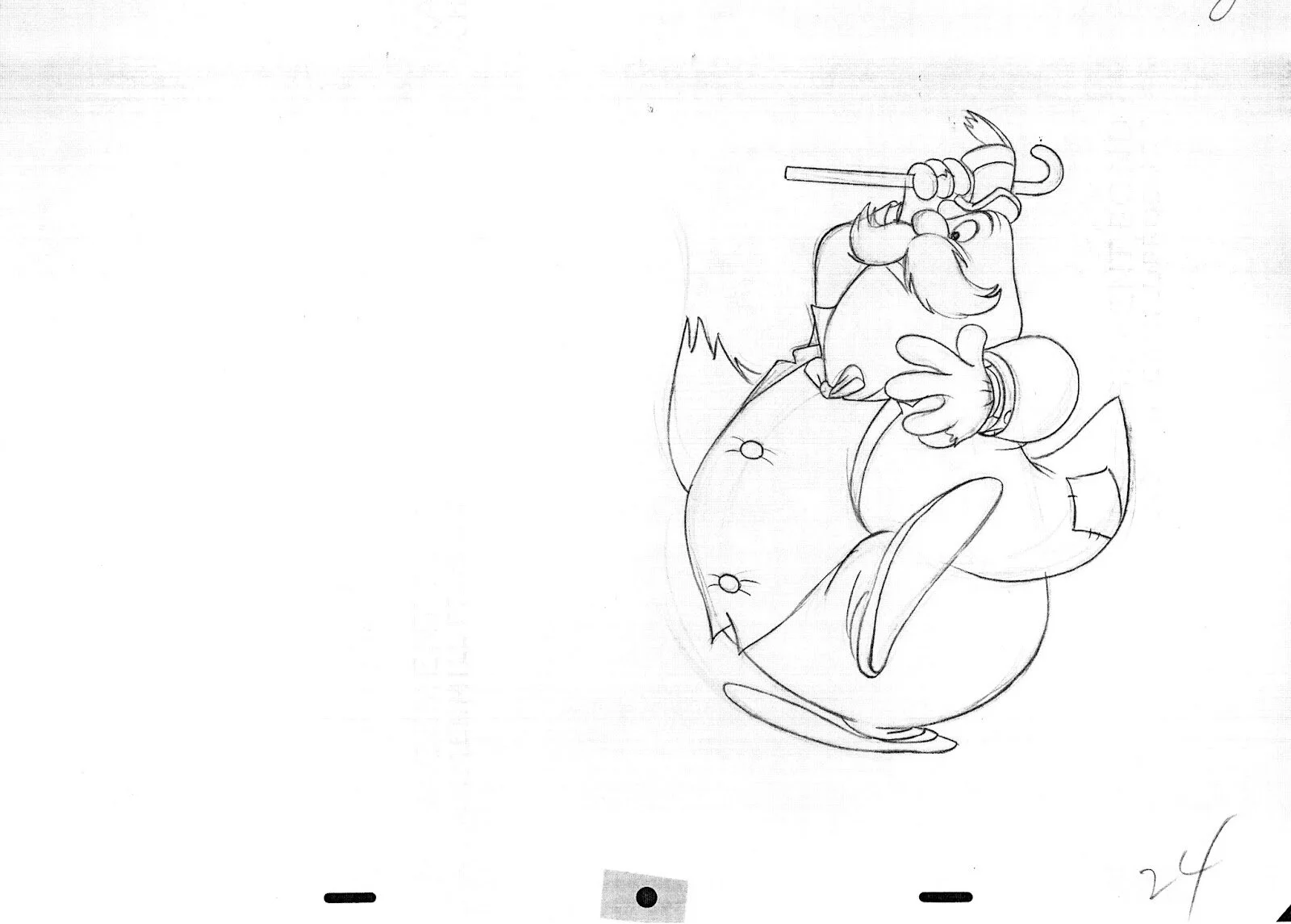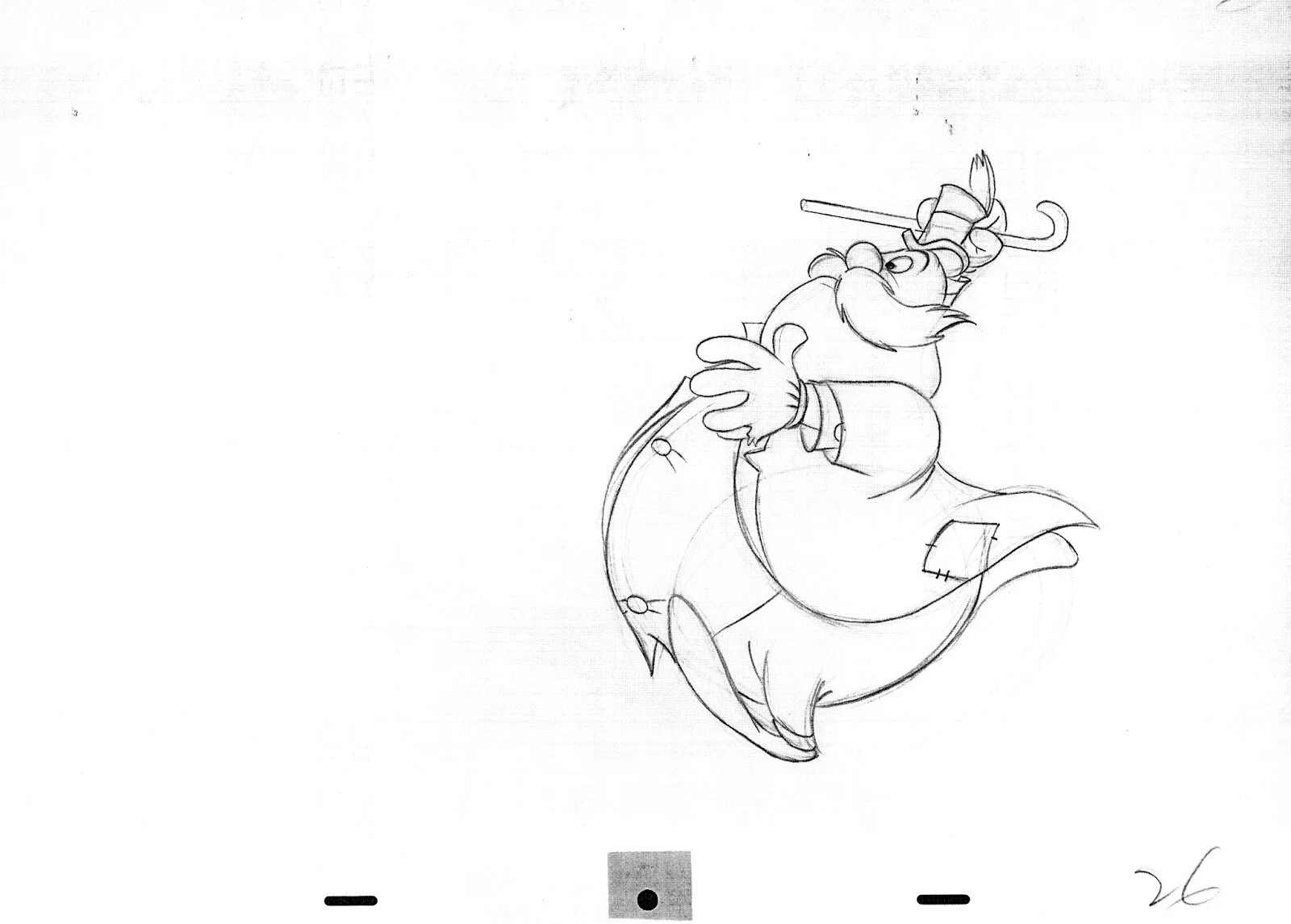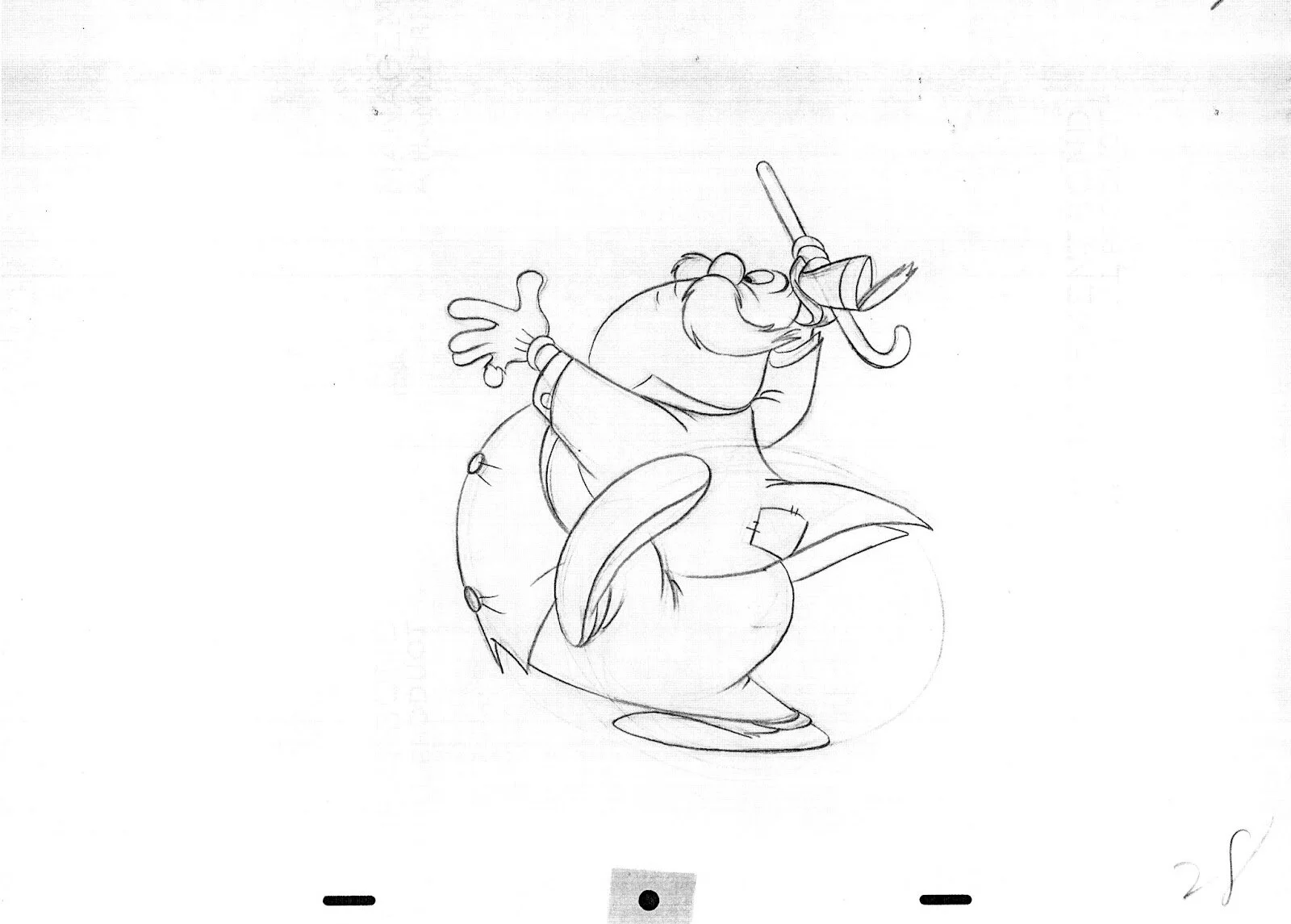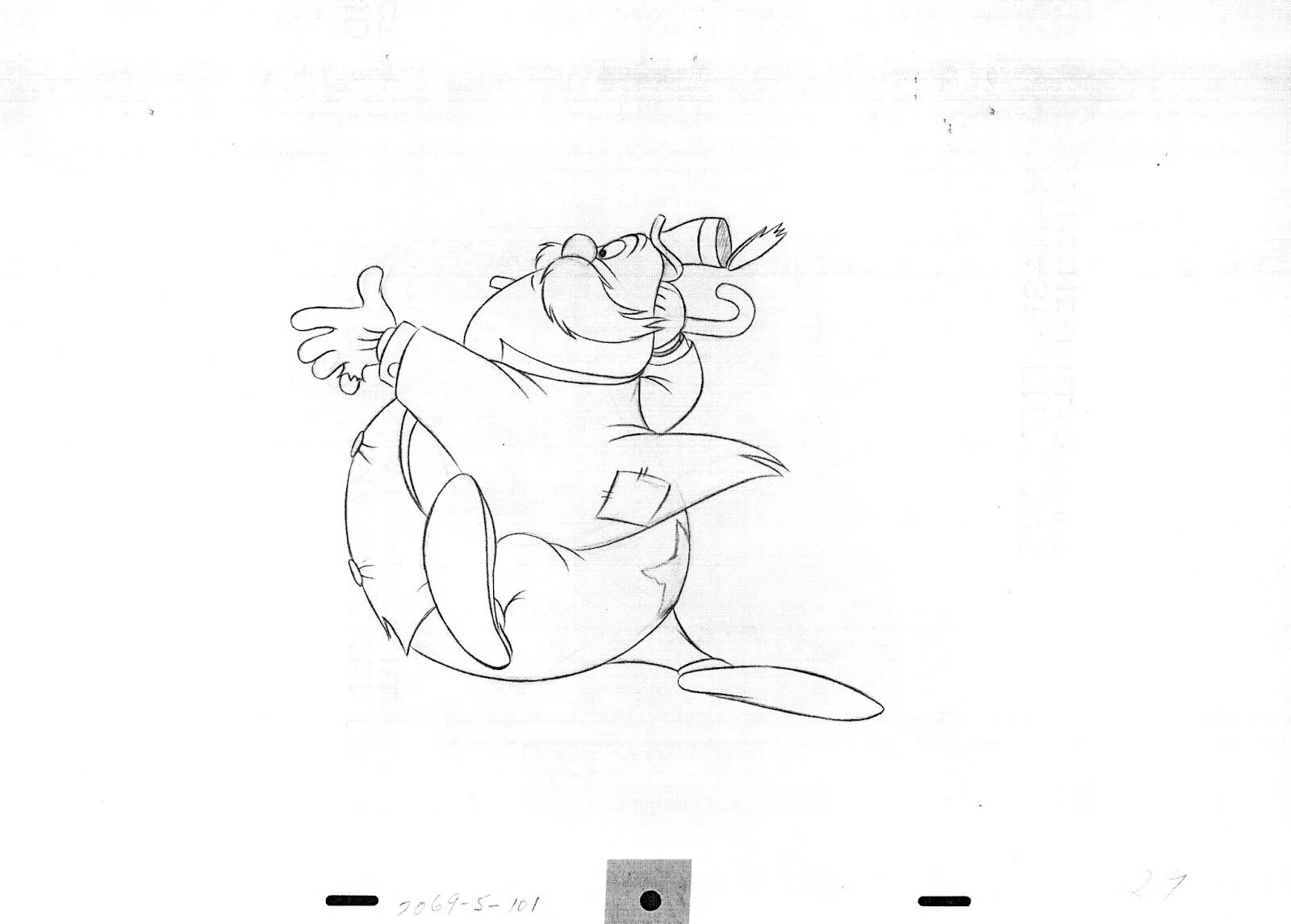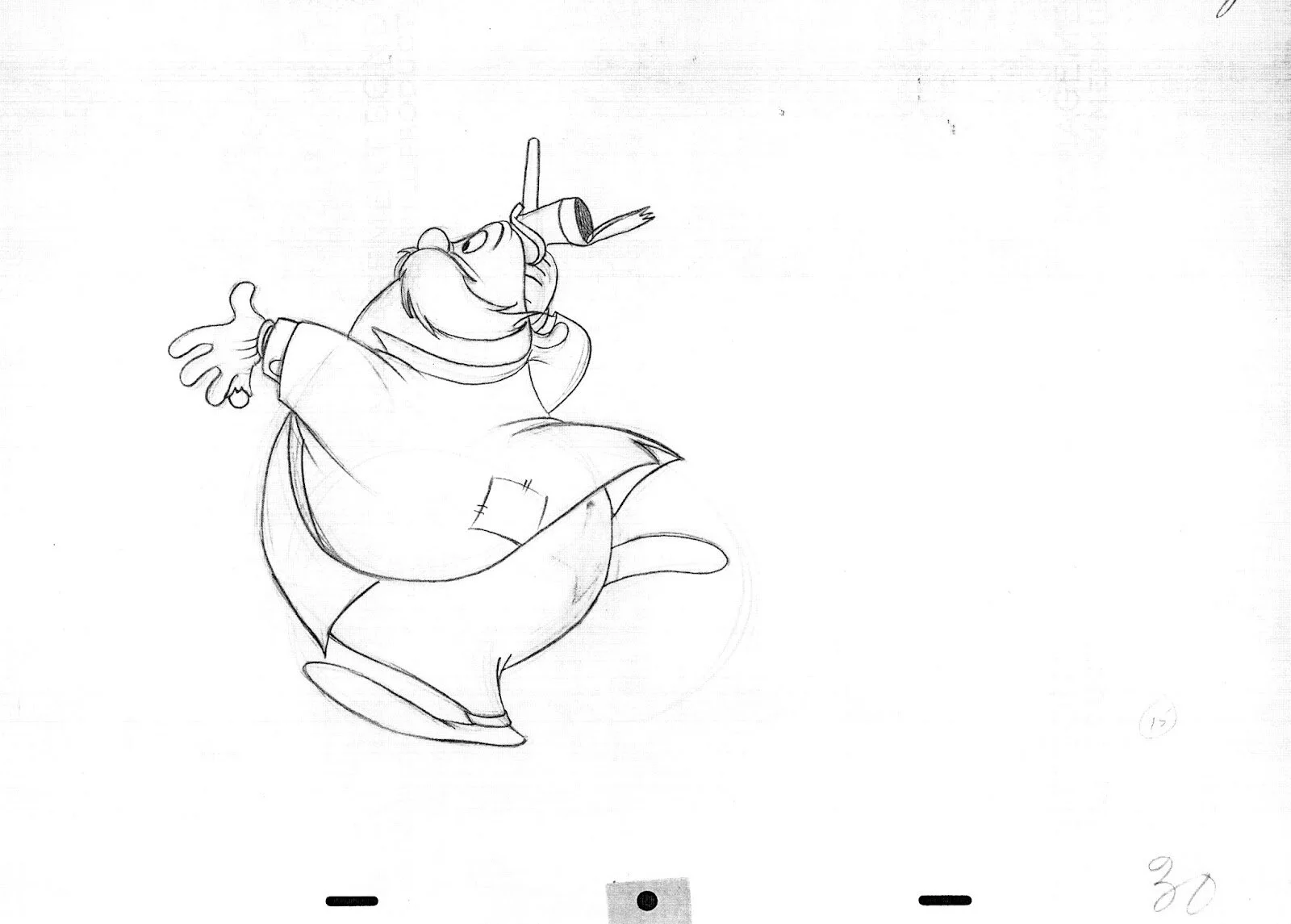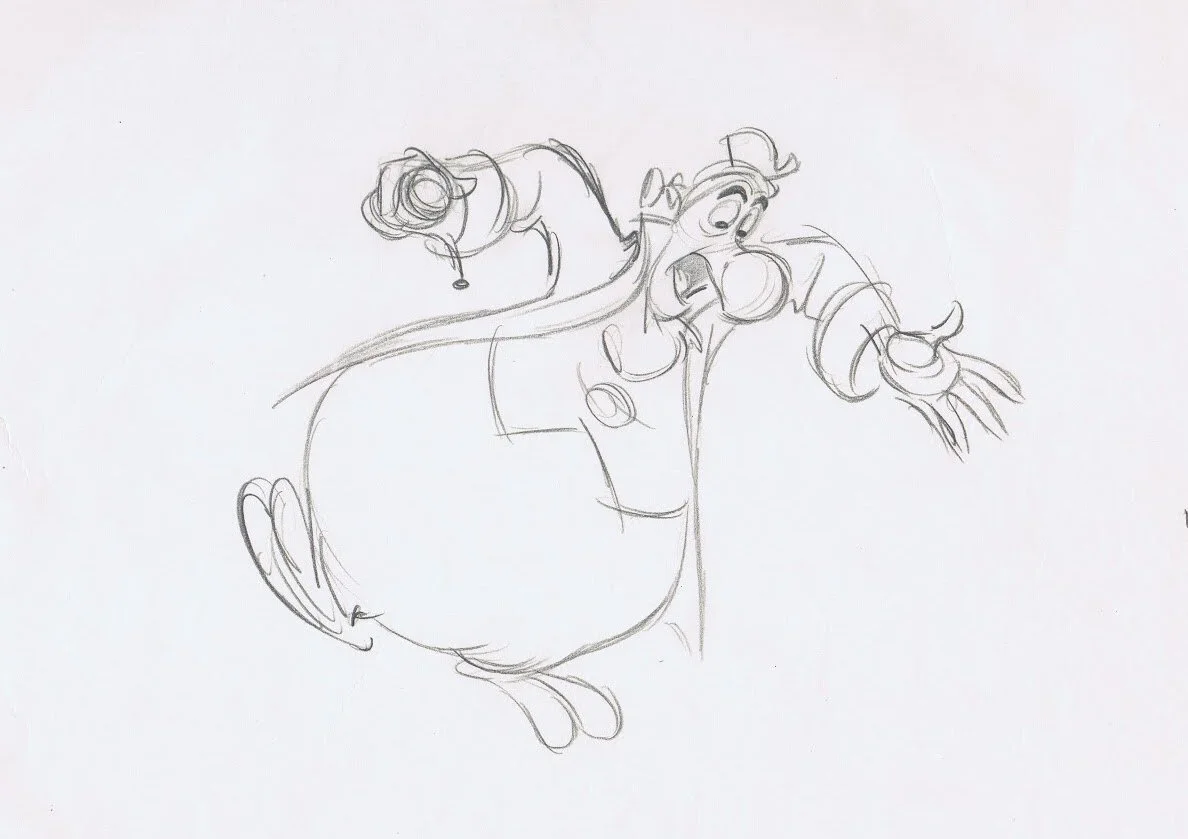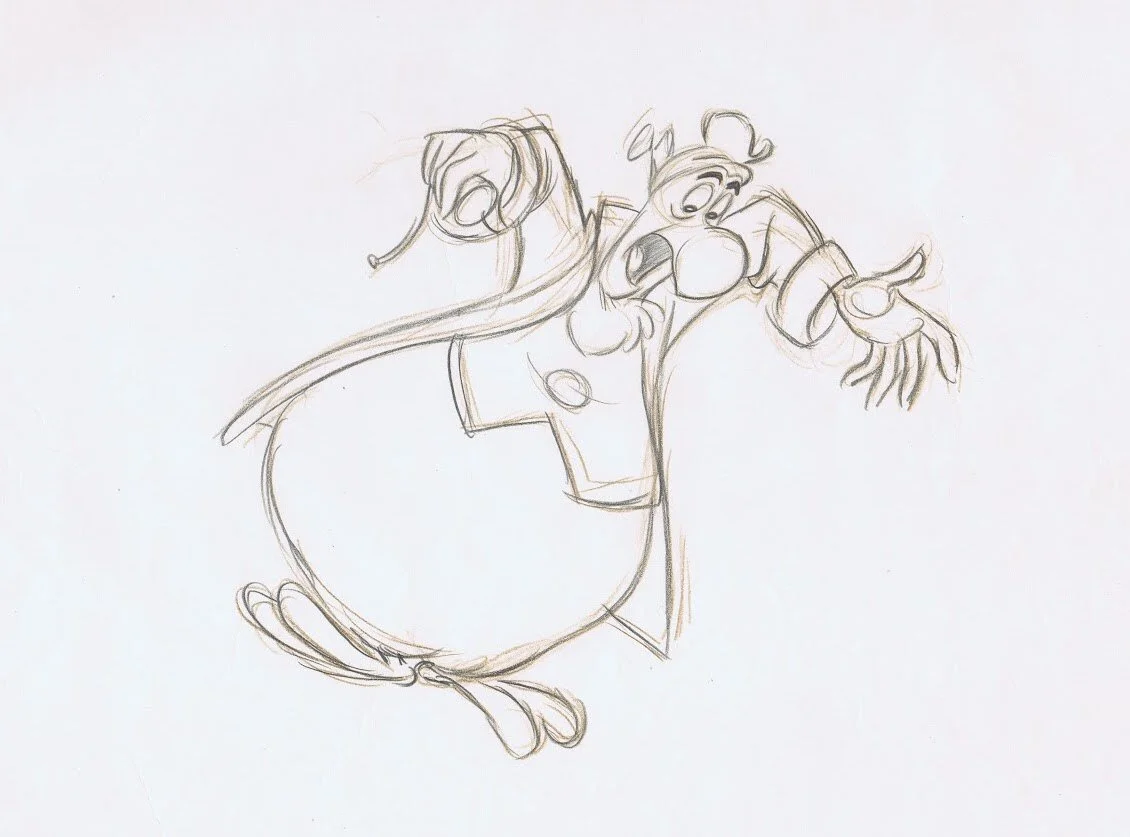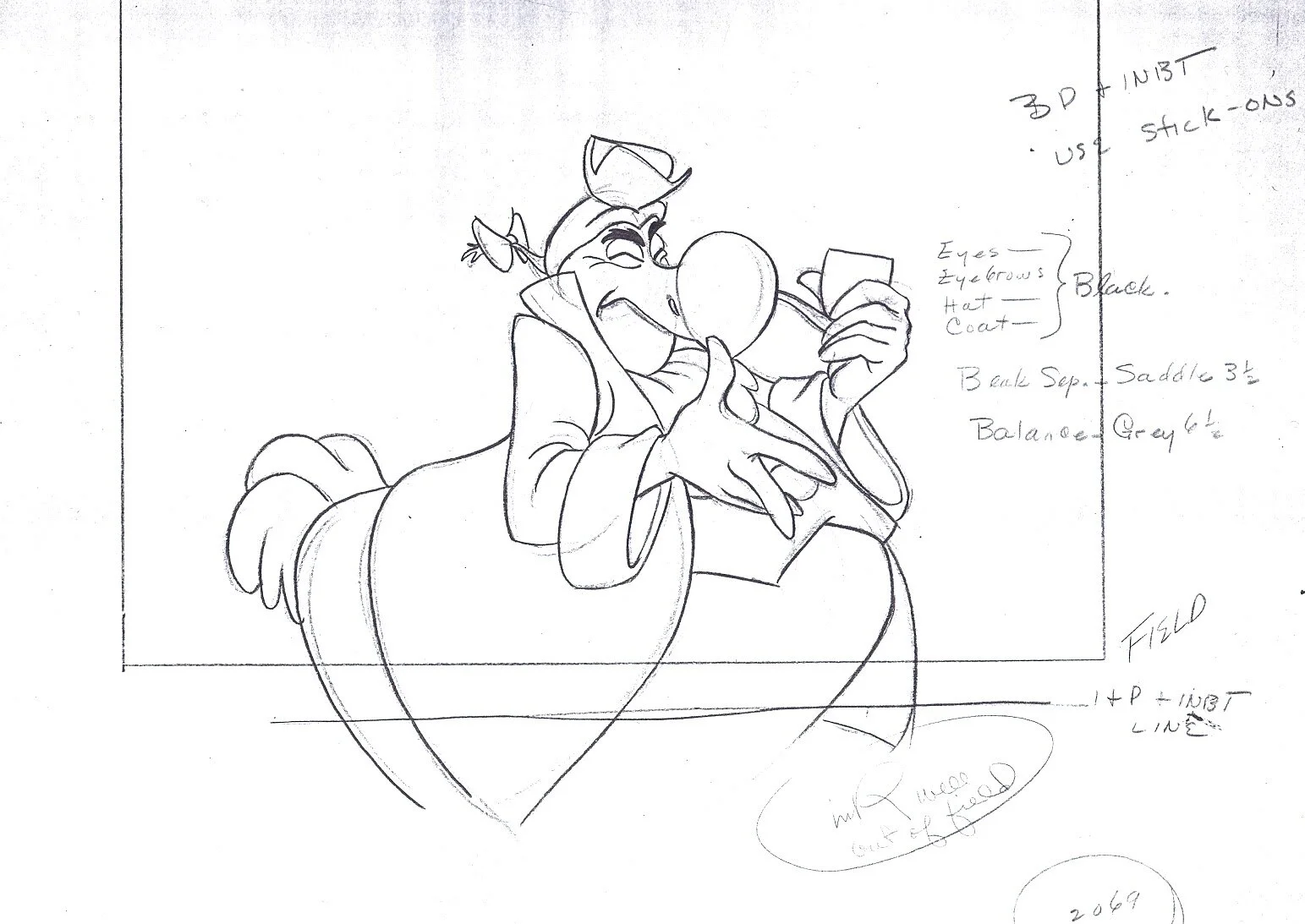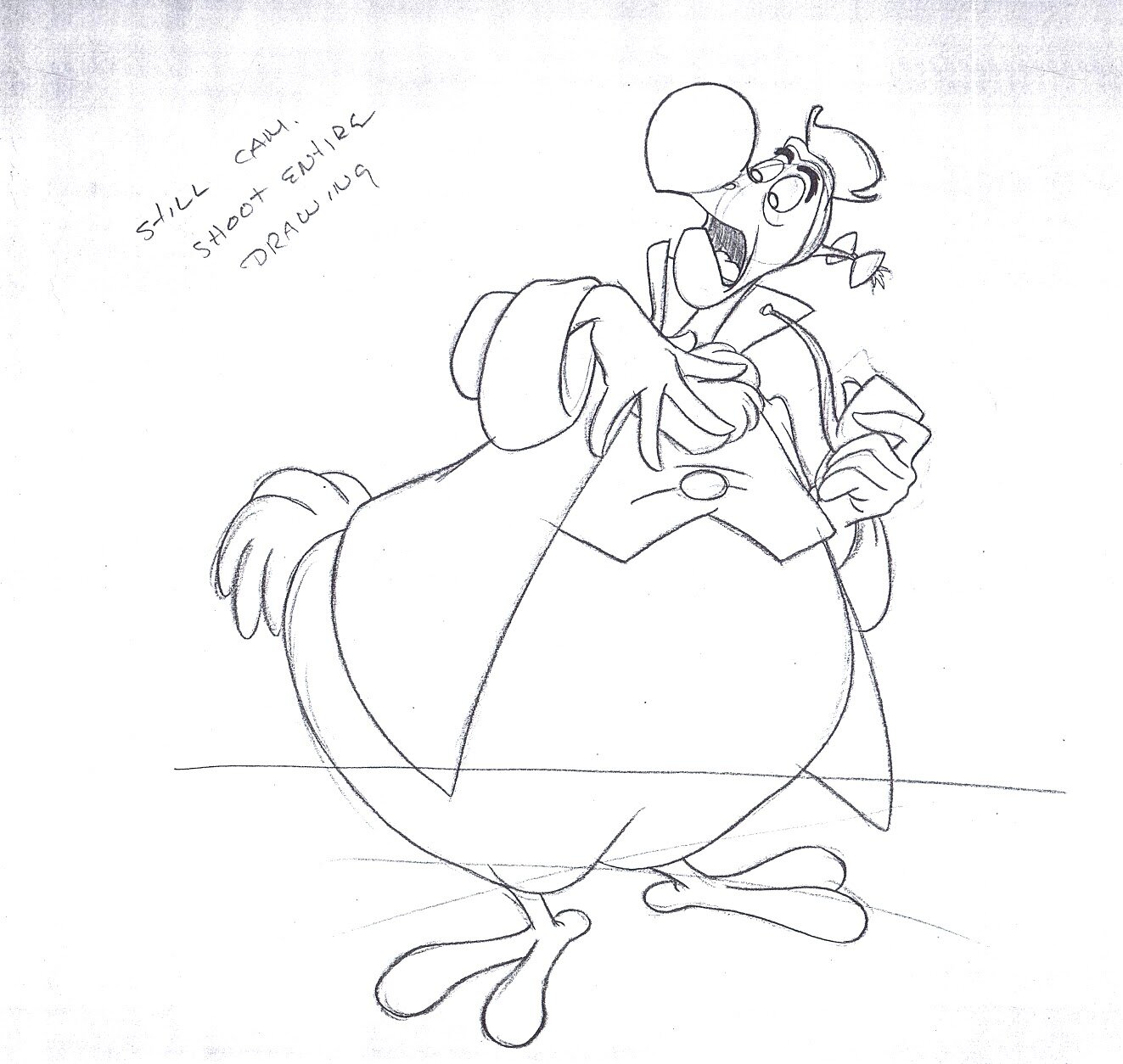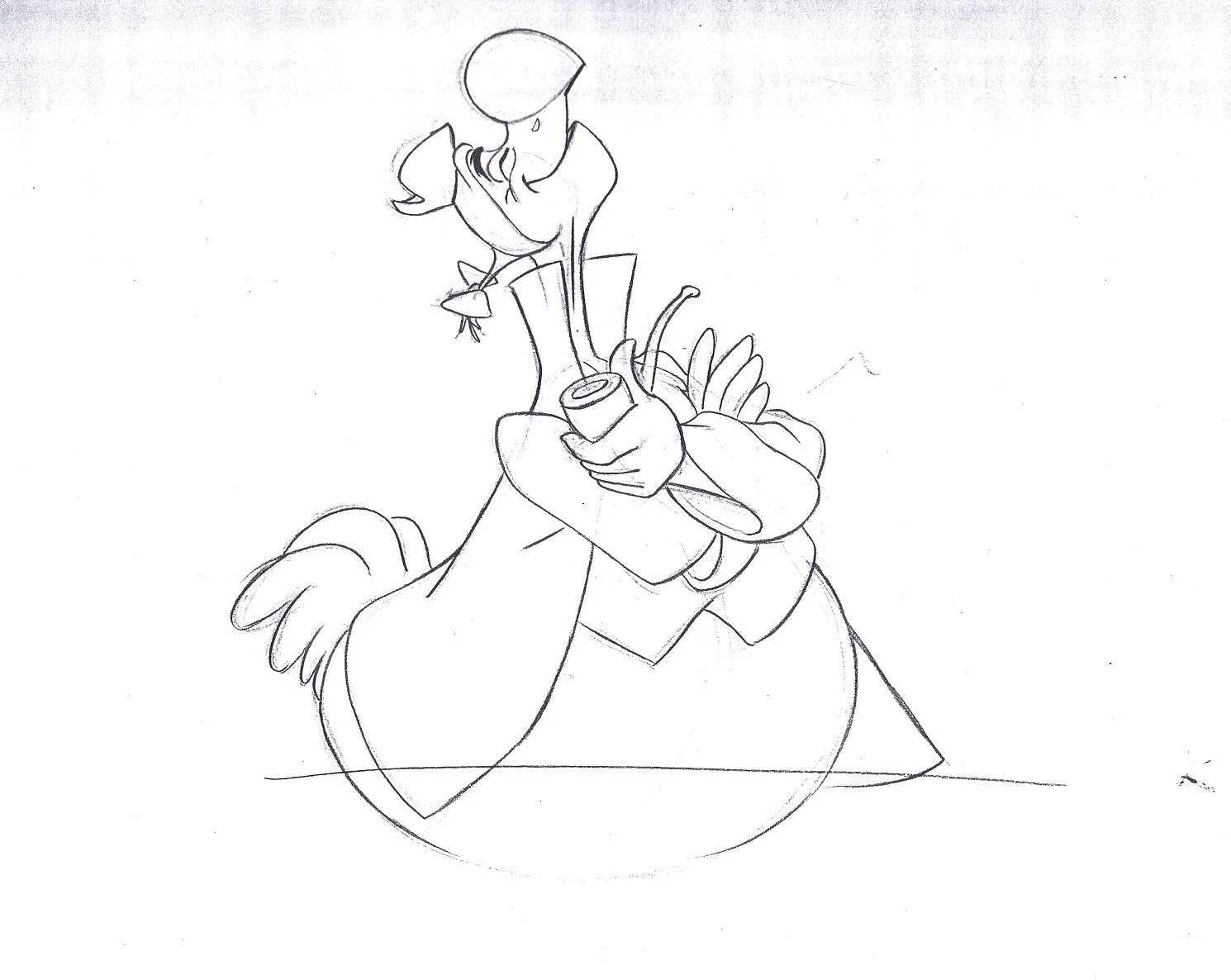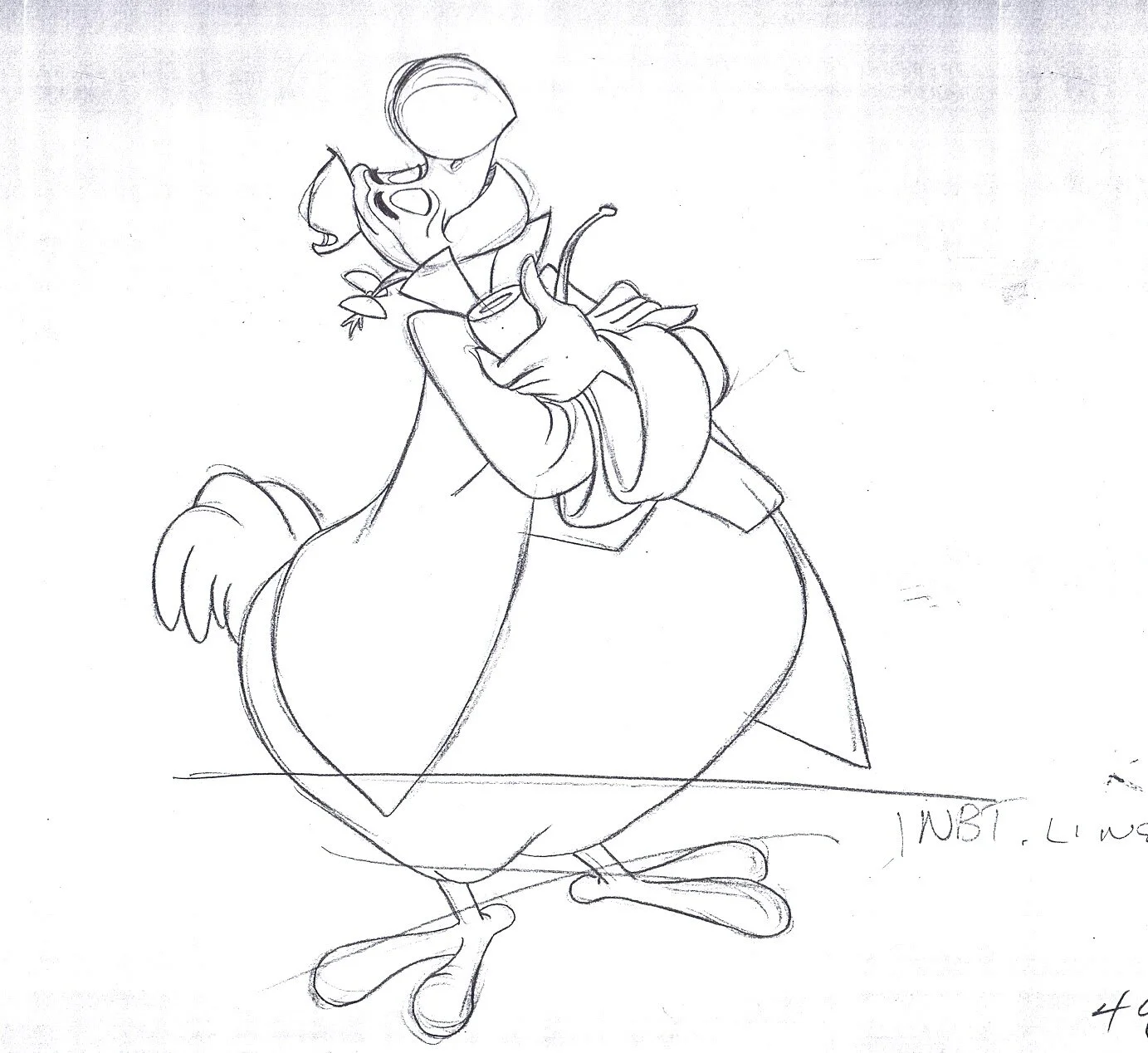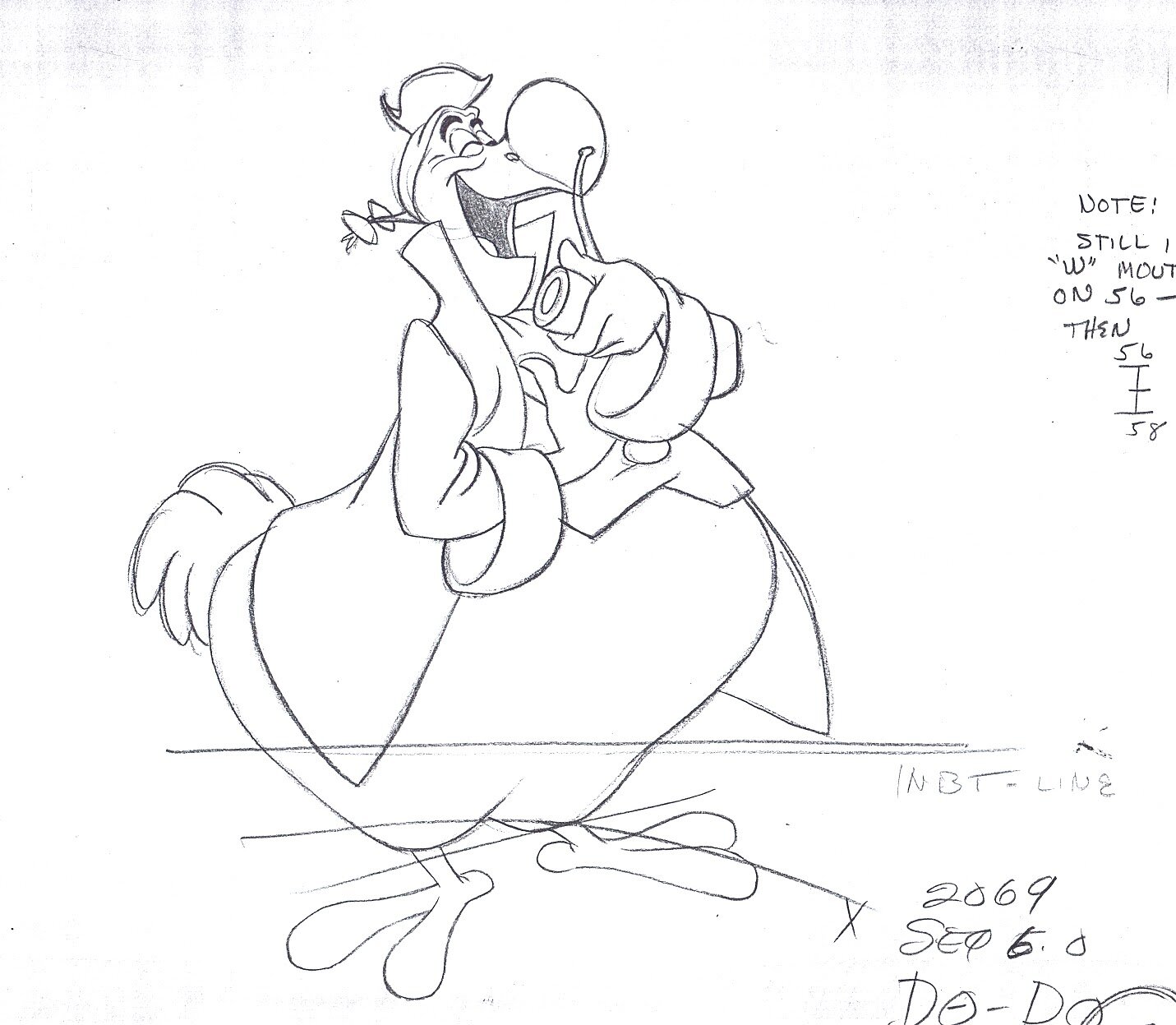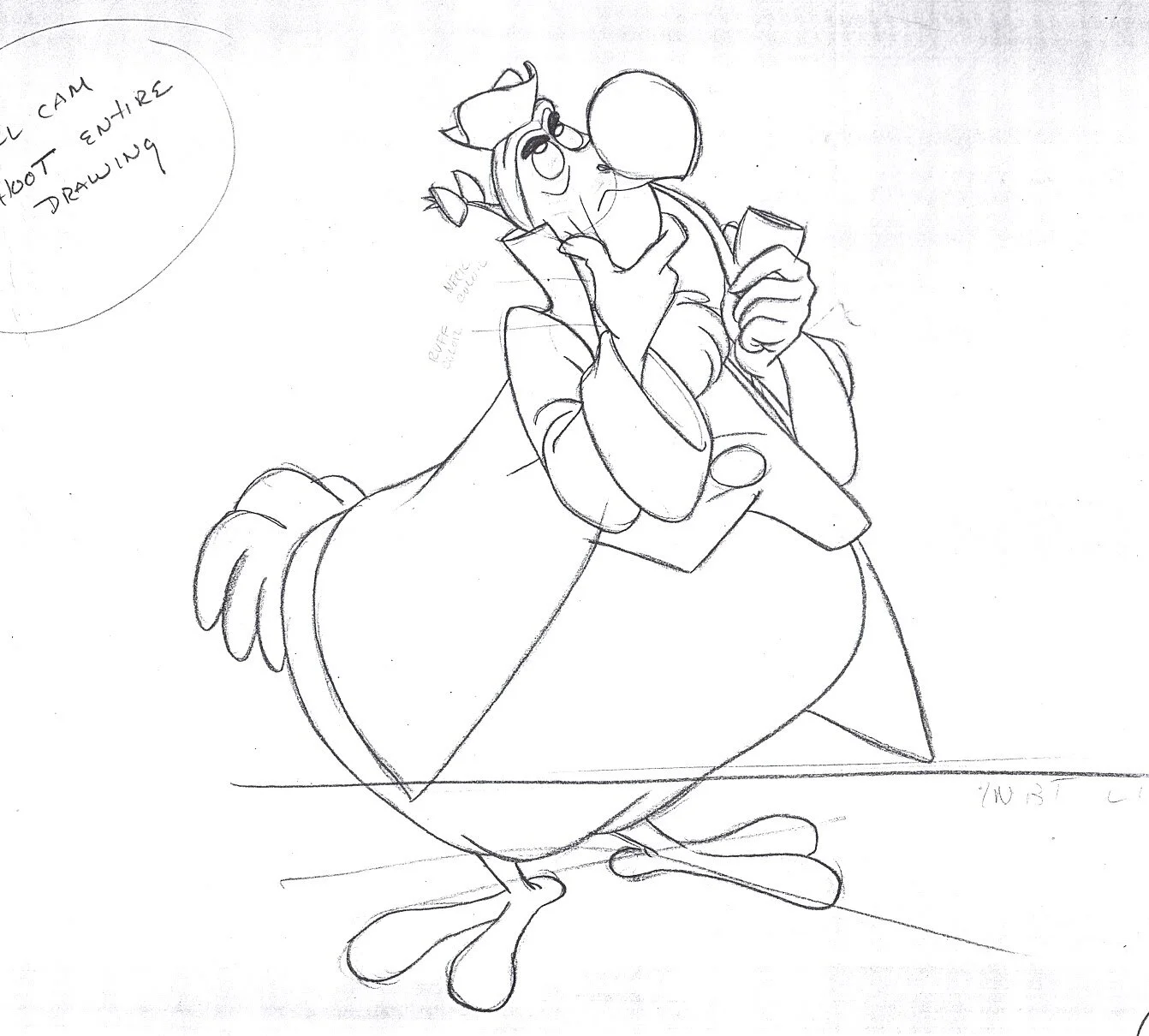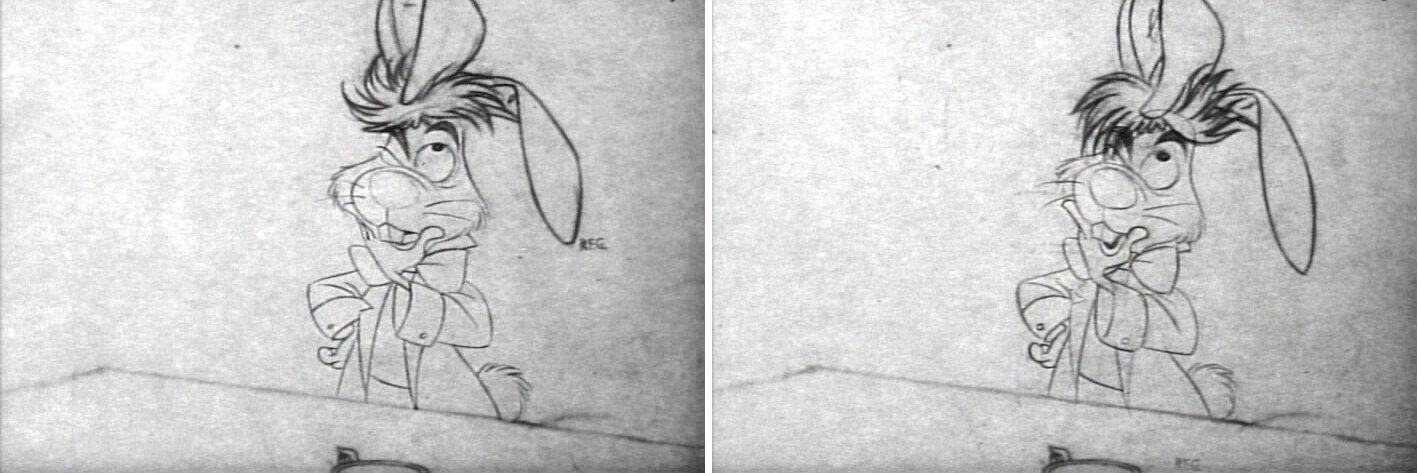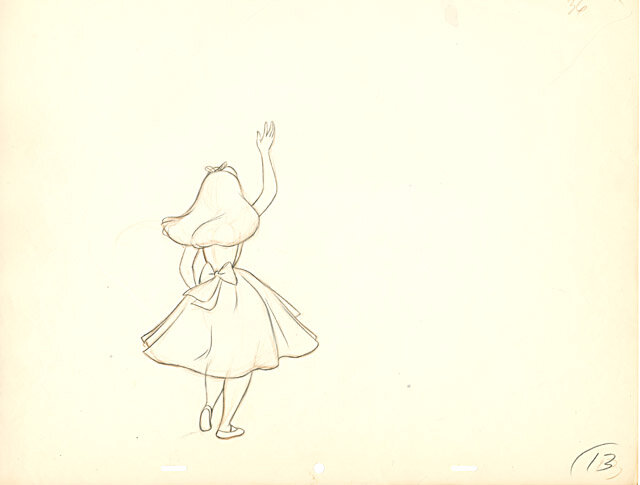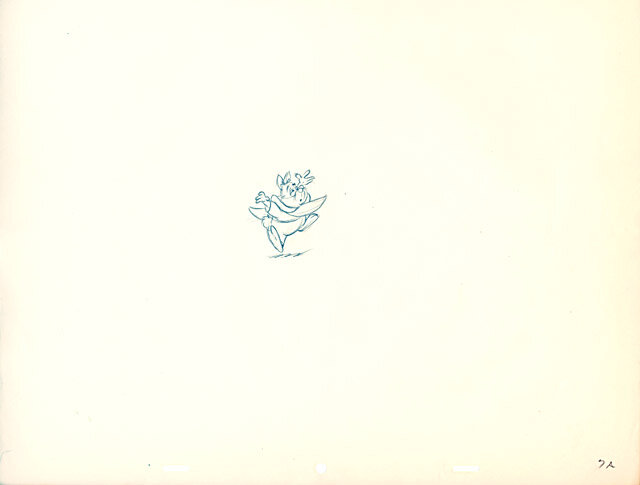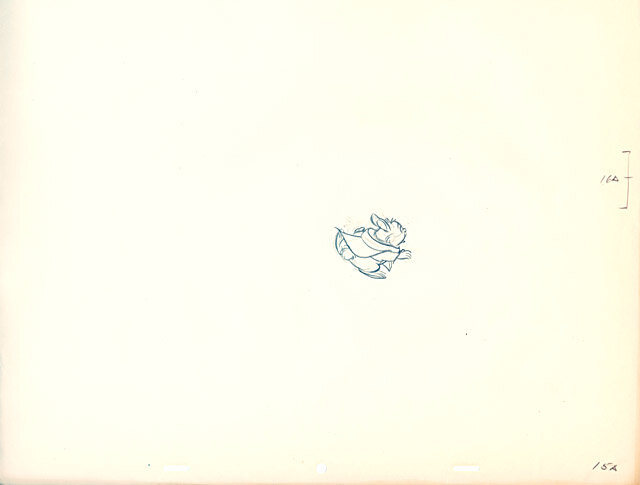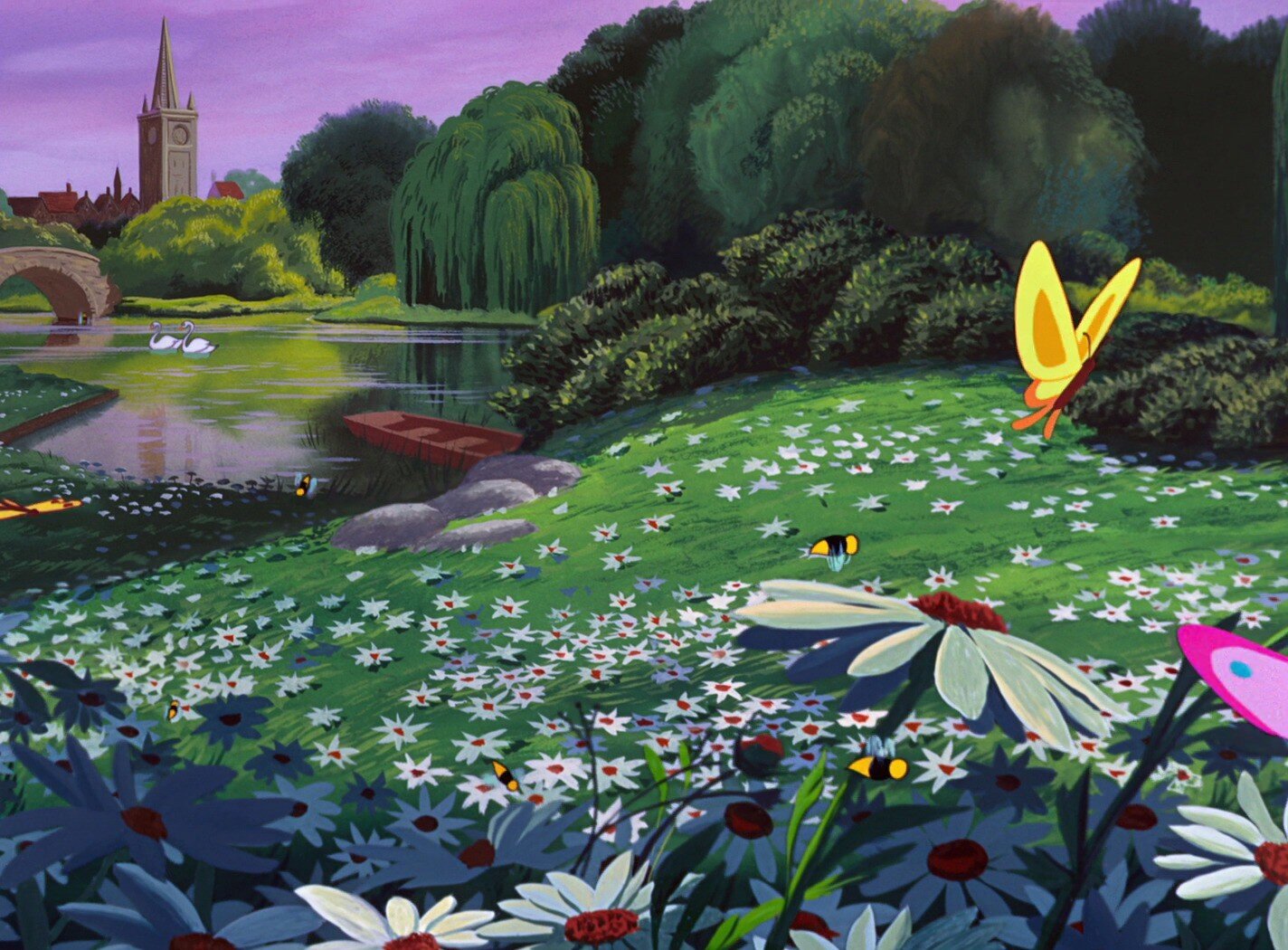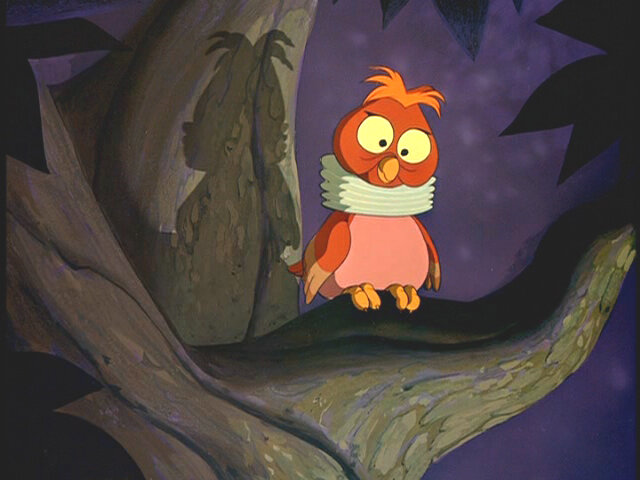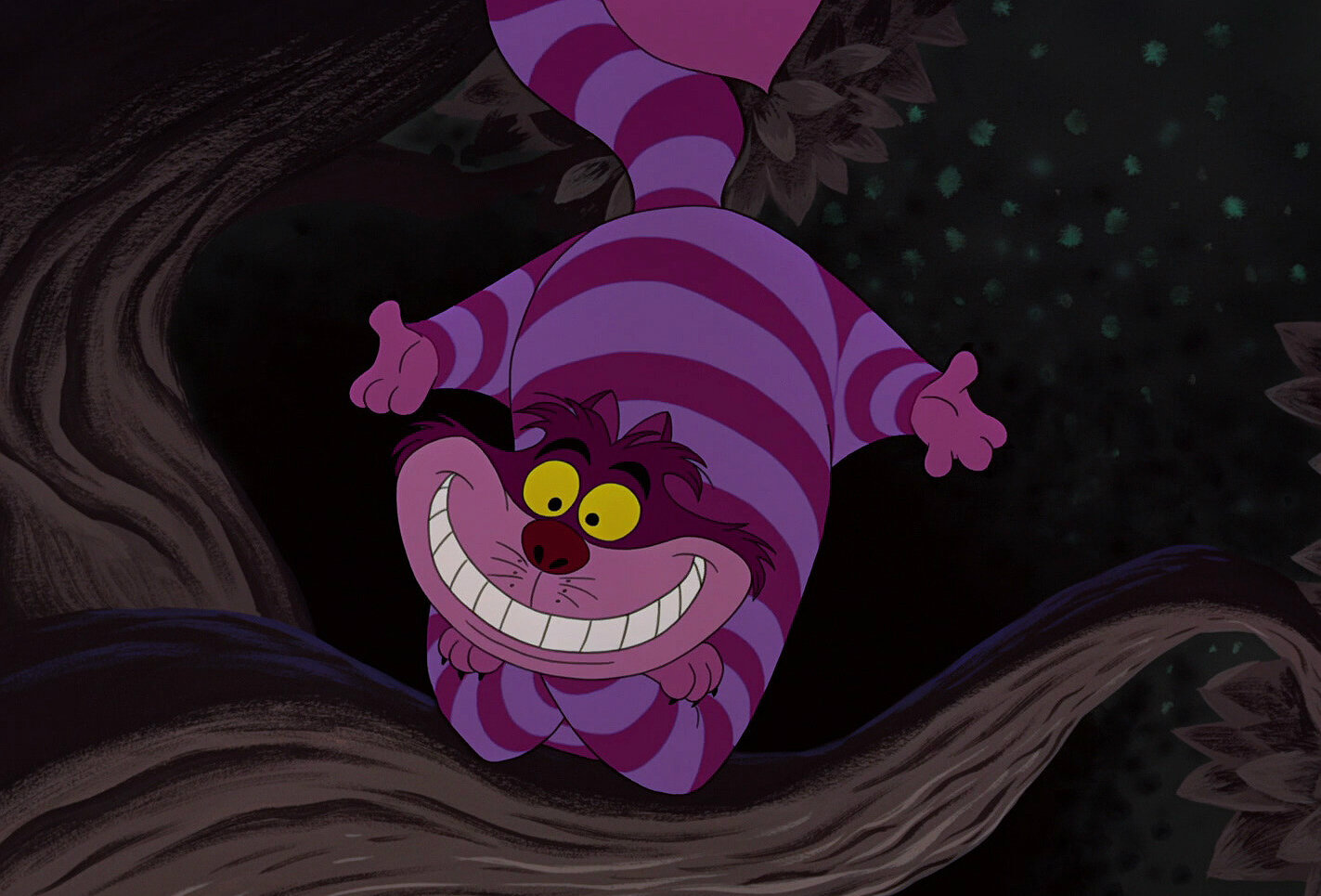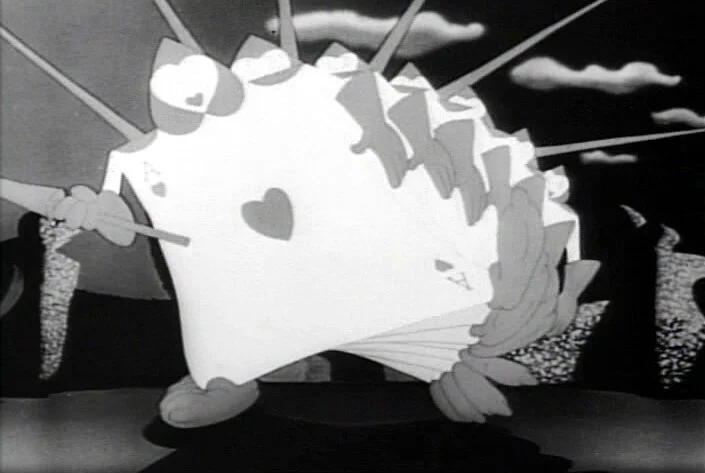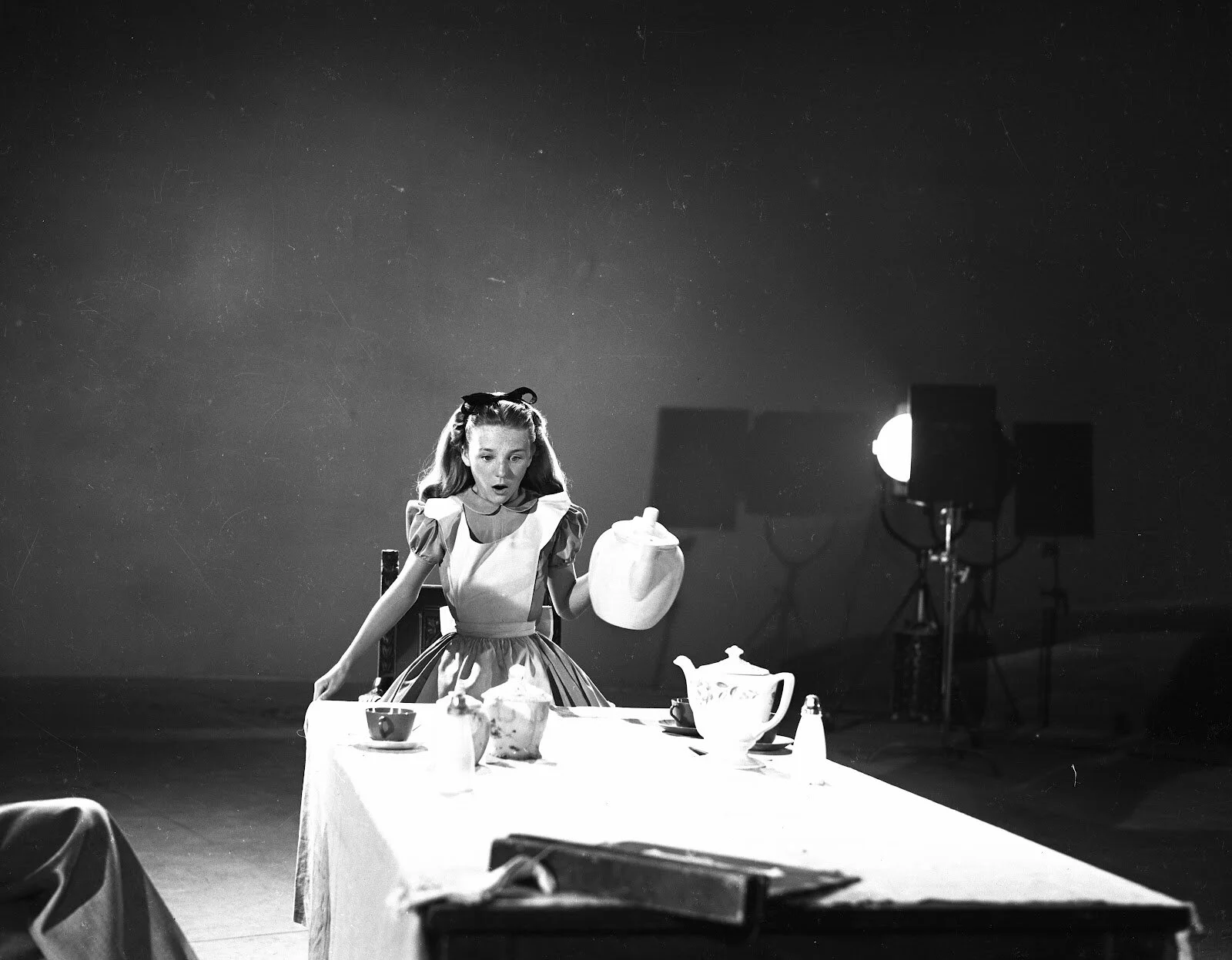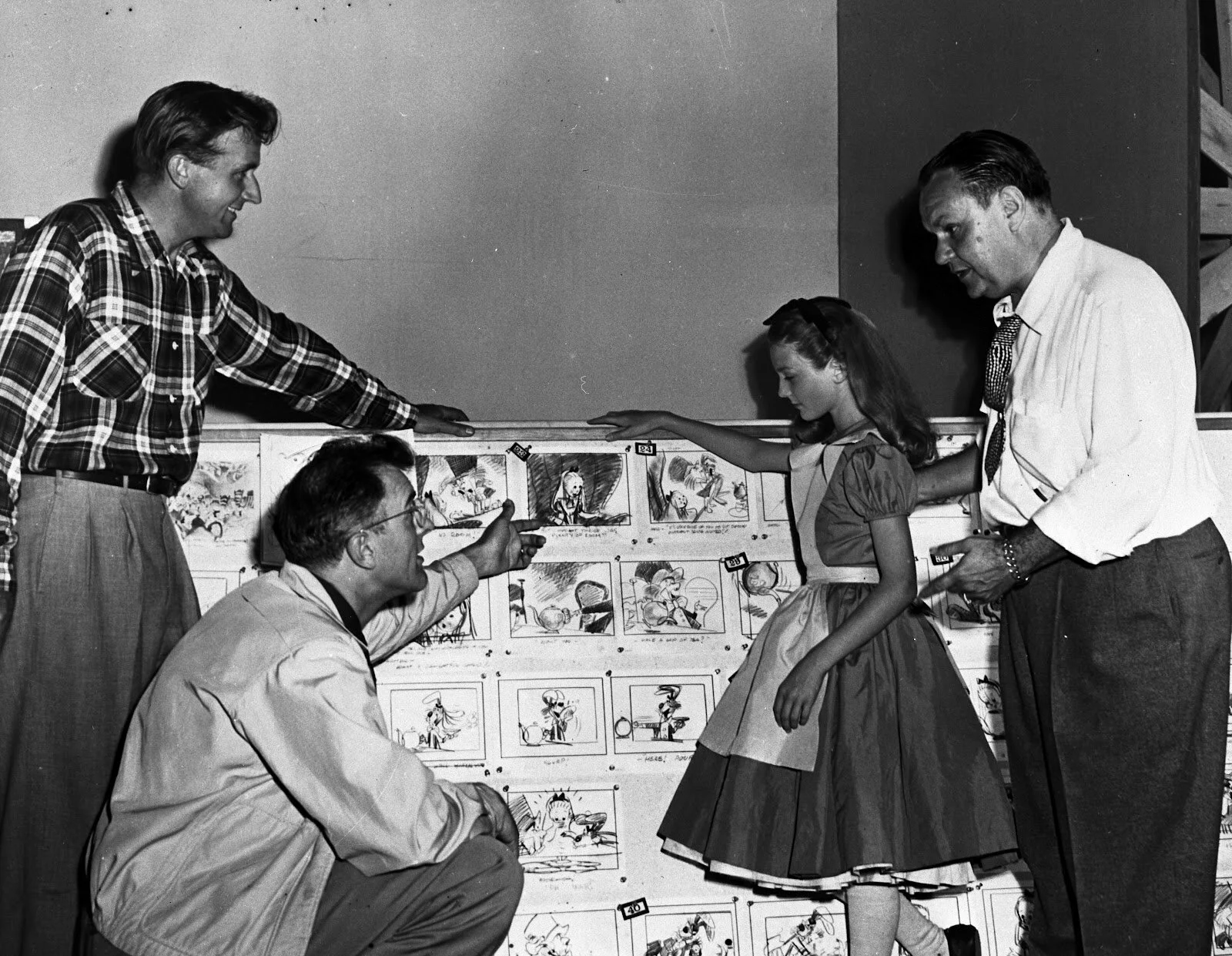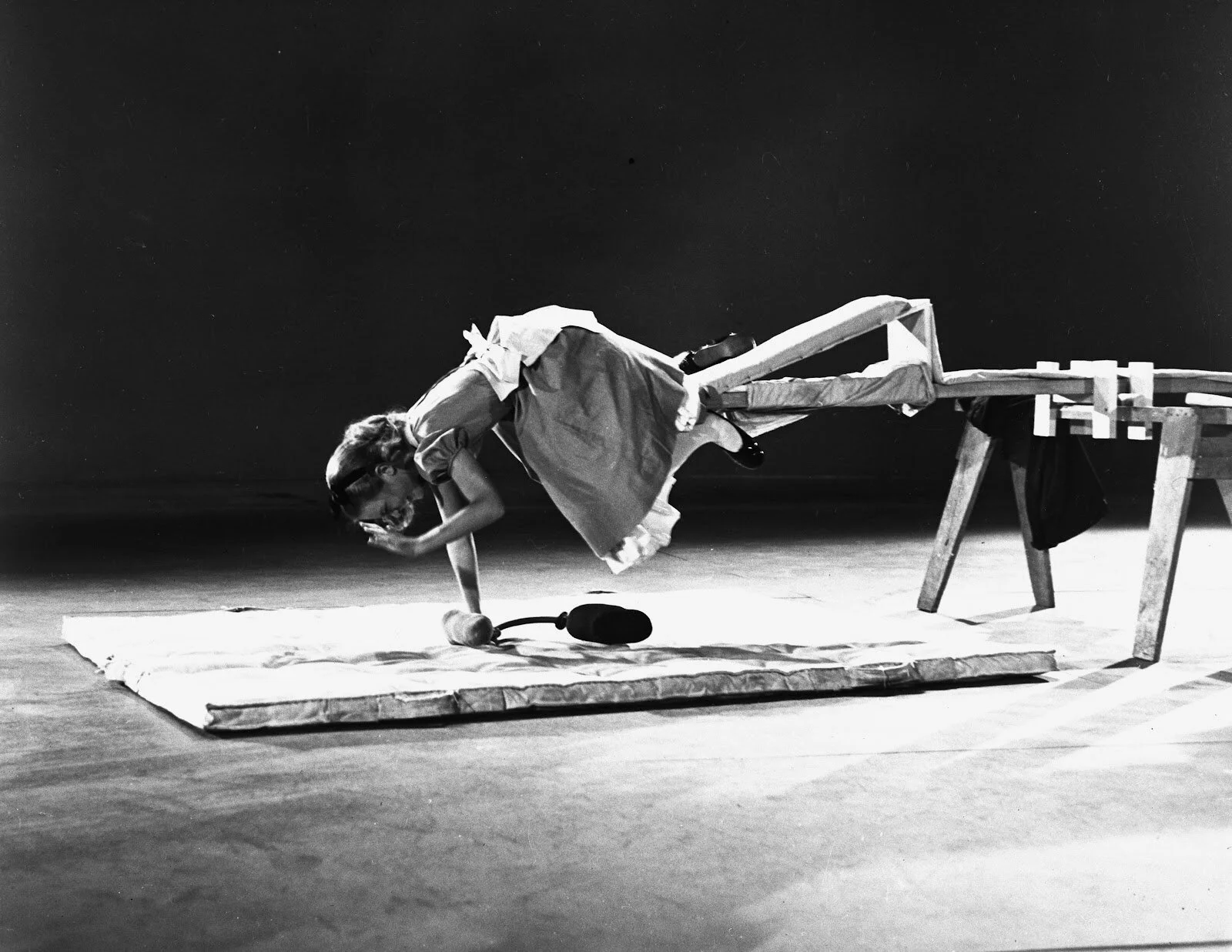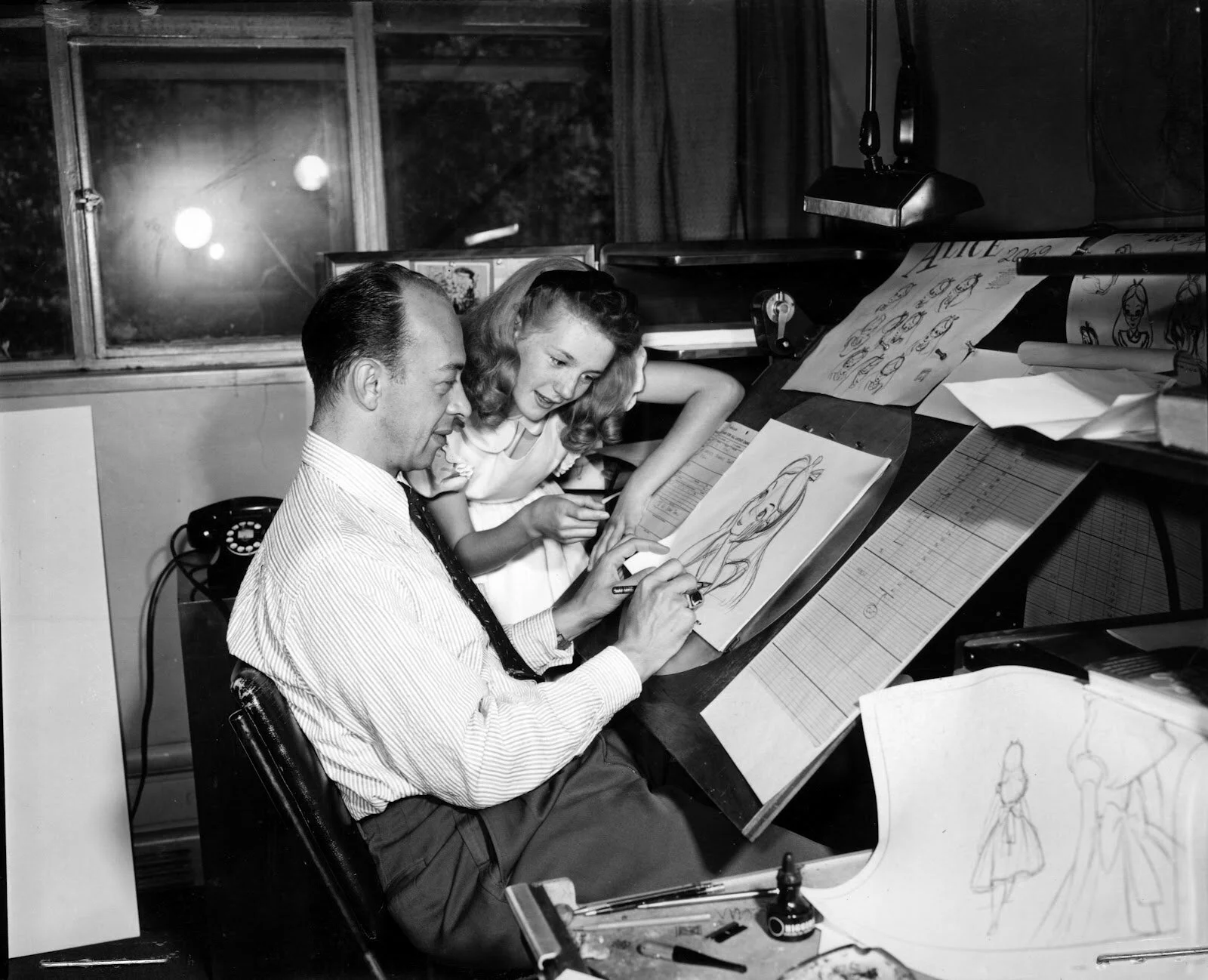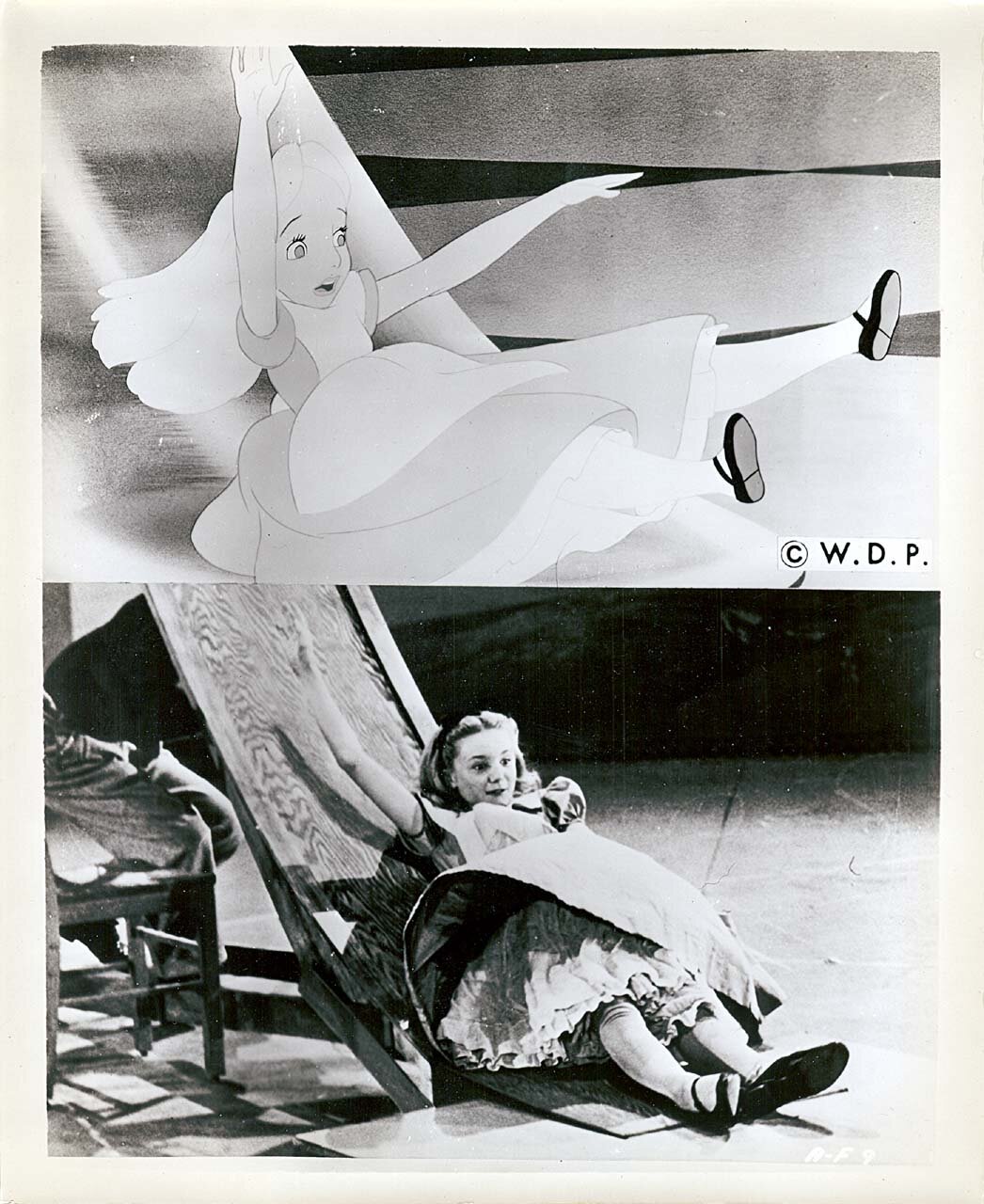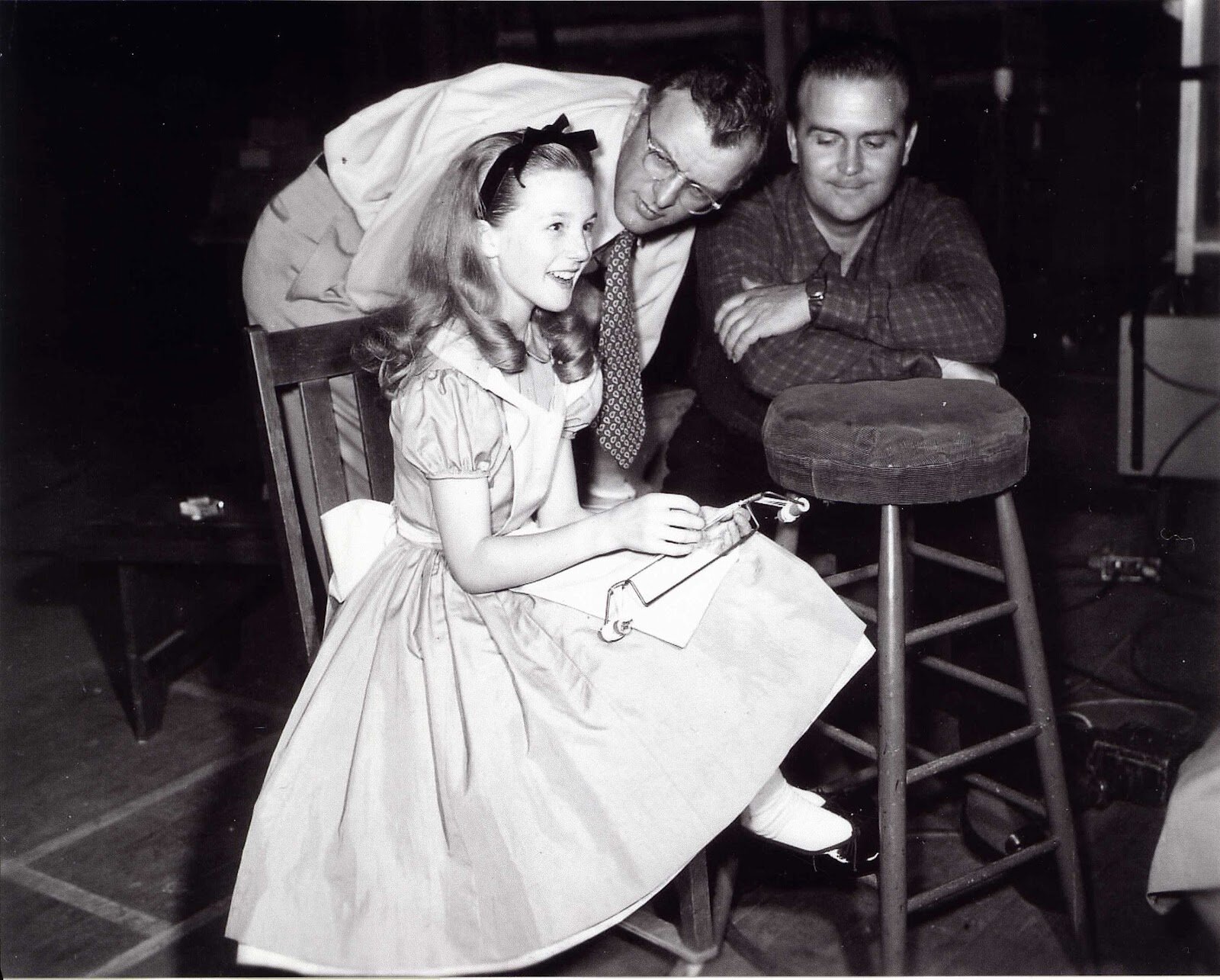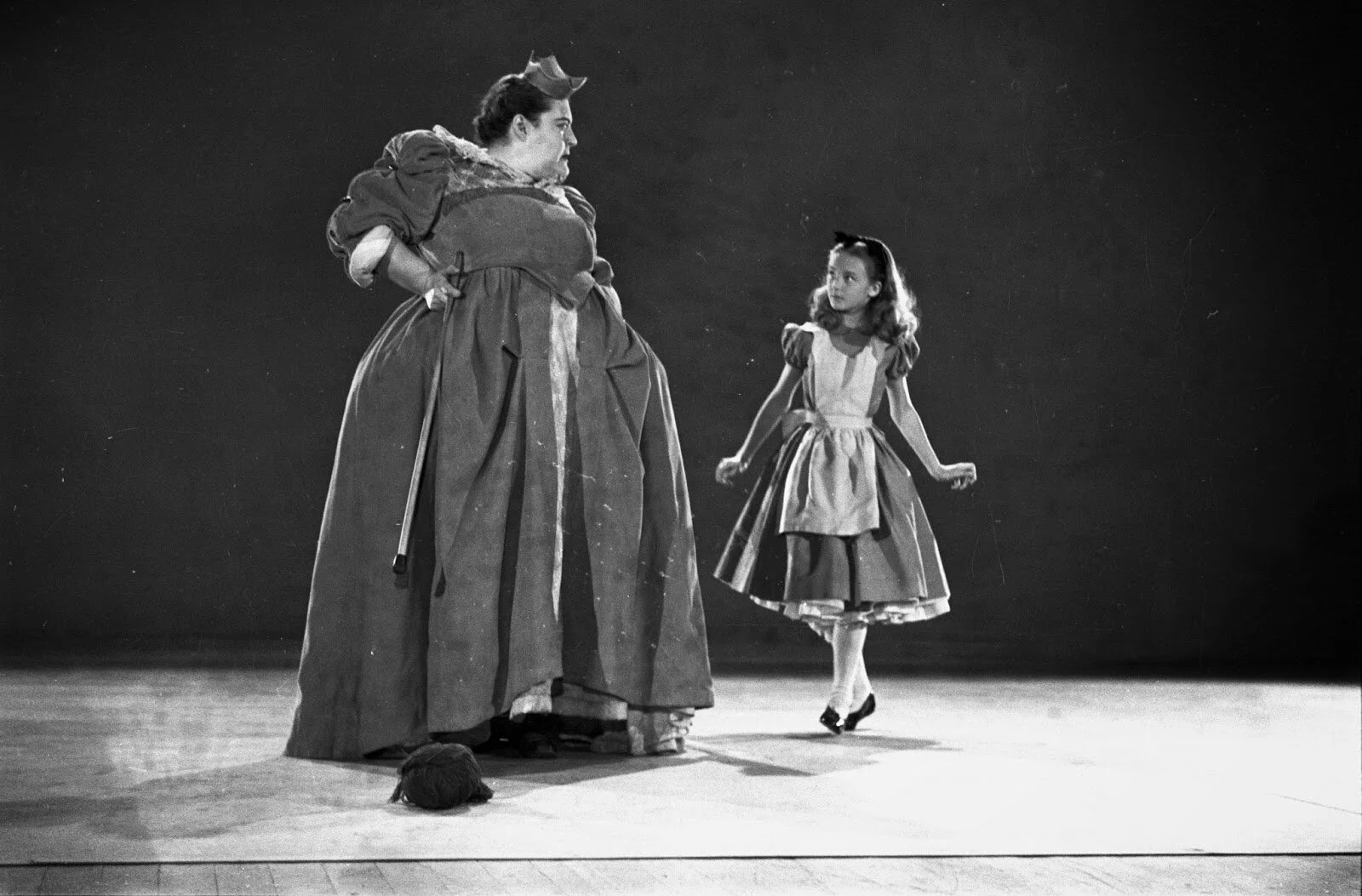Art of Alice in Wonderland
/ CDRAlice in Wonderland is an animation movie produced by Walt Disney Productions and directed by Clyde Geronimi, Wilfred Jackson, and Hamilton Luske in 1951. The movie was based on Alice's Adventures in Wonderland and Through the Looking-Glass by Lewis Carroll. It follows a young girl named Alice who falls down a rabbit hole to enter a nonsensical world Wonderland that is ruled by the Queen of Hearts, while encountering strange creatures, including the Mad Hatter and the Cheshire Cat.
Walt Disney was familiar with Lewis Carroll's Alice books and had read them as a schoolboy. In 1923, he was a 21-year-old aspiring filmmaker working at the Laugh-O-Gram Studio in Kansas City, making the unsuccessful short cartoon series by the name of Newman Laugh-O-Grams. The last of Newman Laugh-O-Grams was called Alice's Wonderland, which was loosely inspired by the Alice books. The short featured a live-action girl (Virginia Davis) interacting with an animated world. Faced with business problems, however, the Laugh-O-Gram Studio went bankrupt in July 1923, and the film was never released to the general public. However, Disney left for Hollywood and used the film to show to potential distributors. Margaret J. Winkler of Winkler Pictures agreed to distribute the Alice Comedies, and Disney partnered with his older brother Roy O. Disney and re-hired Kansas City co-workers including Ub Iwerks, Rudolph Ising, Friz Freleng, Carman Maxwell, and Hugh Harman to form the Disney Brothers Studios, which was later re-branded Walt Disney Productions. The series began in 1924 before being retired in 1927. In 1933, Disney considered making a feature-length animated-and-live-action version of Alice starring Mary Pickford. However, these plans were eventually scrapped in favor of Snow White and the Seven Dwarfs, mainly because Disney was put off by Paramount's 1933 live-action adaptation Alice in Wonderland. Nevertheless, Disney did not completely abandon the idea of adapting Alice, and in 1936 he made the Mickey Mouse cartoon Thru the Mirror. a cartoon where Mickey Mouse goes through a mirror and into a world where all the items in the house are alive.
In 1938, after the enormous success of Snow White, Disney bought the film rights of Alice in Wonderland with Sir John Tenniel's illustrations and officially registered the title with the Motion Picture Association of America. He then hired storyboard artist Al Perkins and art director David S. Hall to develop the story and concept art for the film. A story reel was completed in 1939, but Disney was not pleased; he felt that Hall's drawings resembled Tenniel's drawings too closely, making them too difficult to animate and that the overall tone of Perkins' script was too grotesque and dark. Realizing the amount of work needed for Alice in Wonderland, and with the economic devastation of World War II and the production demands of Pinocchio, Fantasia, and Bambi, Disney shelved production on Alice in Wonderland shortly after the screening. In the fall of 1945, shortly after the war ended, Disney revived Alice in Wonderland and hired British author Aldous Huxley to rewrite the script. Huxley devised a story in which Lewis Carroll and Alice Liddell (the inspiration for Alice) were misunderstood and persecuted following the book's publication. In Huxley's story, stage actress Ellen Terry was sympathetic to both Carroll and Liddell, and Queen Victoria served as the deus ex machina, validating Carroll due to her appreciation for the book. Disney considered child actress Margaret O'Brien for the title role. However, he felt that Huxley's version was too literal an adaptation of Carroll's book. Background artist Mary Blair submitted some concept drawings for Alice in Wonderland. Blair's paintings moved away from Tenniel's detailed illustrations by taking a modernist stance, using bold and unreal colors. Walt liked Blair's designs, and the script was rewritten to focus on comedy, music, and the whimsical side of Carroll's books. The pictures on this page are a collection of artworks created for this movie.
THE STORY
On a golden summer day in a park in England, Alice, a restless young British girl, is listening to her sister read aloud from a history book, to which Alice vocally expresses her boredom. Wandering off without her sister noticing, Alice lays down on a riverbank wishing that she had a world of her own. Suddenly she sees a white rabbit wearing spectacles, a red waistcoat, and carrying a large, golden pocket watch. He frantically exclaims how late he is, which sparks Alice's curiosity and causes her to follow him down a rabbit hole. As Alice crawls deep inside, the rabbit hole dips suddenly down, causing her to fall into it. Unable to do anything about the situation she was in, Alice slows down her fall. Amazed at what just happened, her dress inflates and Alice continues to float down the rabbit hole wondering what would happen to her. Without anything else to do, Alice decides to admire the decorations and knick-knacks adorning the walls of the rabbit hole.
She lands upside down with her dress deflating and follows the rabbit into a large hallway with a tiny door at the other end barely big enough for Alice's head. The Doorknob tells her that drinking from a bottle marked "Drink me" will help her (she is startled to find that the bottle and the table it is sitting on have appeared out of nowhere). Alice drinks the bottle's contents and starts shrinking until she becomes the right size, but the Doorknob reveals that he's locked. Frustrated, Alice is told by the Doorknob that a cake marked with the words "EAT ME" will help her reach the key that's mysteriously appeared on the now giant glass table (Mr. Doorknob appeared the key on the table with his magic for an unknown purpose, making Alice feel very stress and upset why he do such a thing, and the box of cookies also has materialized out of nowhere). This time when Alice starts eating the cake, she suddenly expands until her head and legs are cramped in the hallway…








